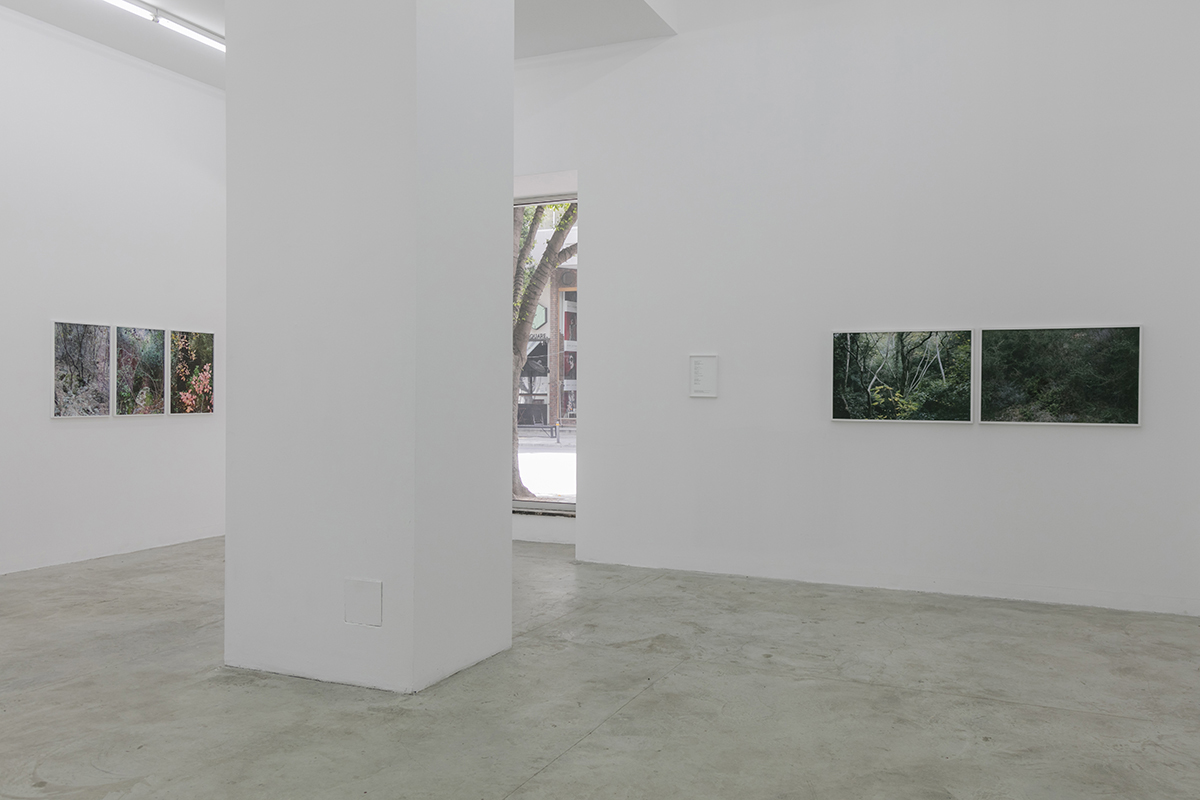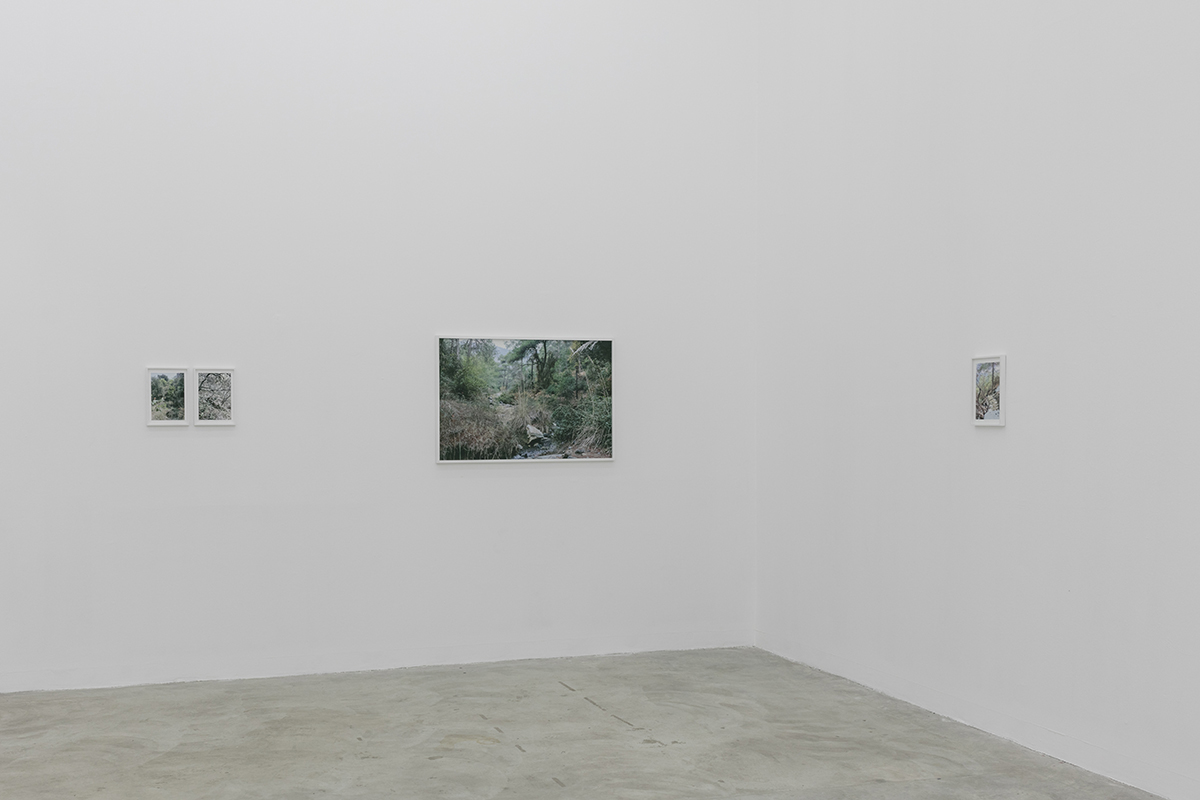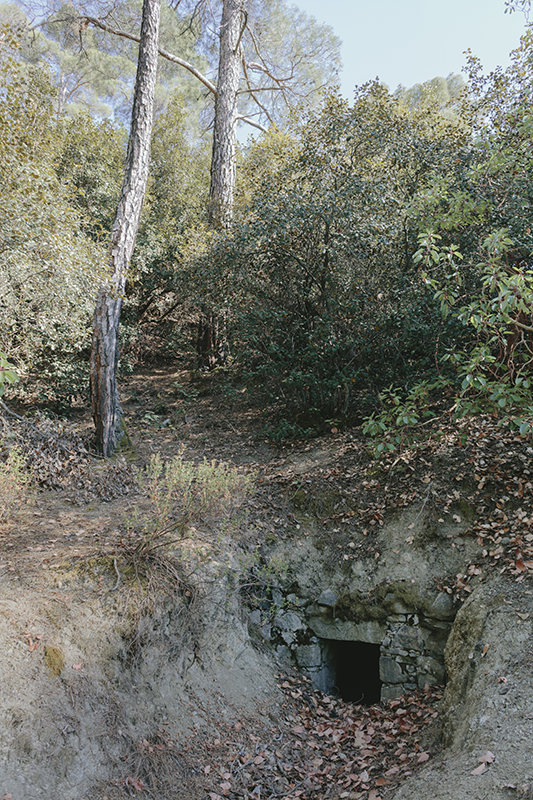Two minutes twenty two seconds thirty two milliseconds, 2024.
Video, sound, 02’22”
Parthenon, part 2, curated by Haris Epaminonda and Andre Zivanari, Nicosia, Cyprus, 2024
The film follows a watchmaker reassembling a pocket watch. The subject of the film is time itself. The movie ends up being an autopsy of the mechanism that measures time and which technology has rendered obsolete.
Video, sound, 02’22”
Parthenon, part 2, curated by Haris Epaminonda and Andre Zivanari, Nicosia, Cyprus, 2024
The film follows a watchmaker reassembling a pocket watch. The subject of the film is time itself. The movie ends up being an autopsy of the mechanism that measures time and which technology has rendered obsolete.




Same water, 2024
video, sound, Duration: 14:09
sound: xypno
within the context of the exhibition La Bataille des Vins, Lania, Cyprus
The film is inspired by ritual healing practices that are deeply connected with the earth and are in harmony with the elements of nature as opposed to colonial-extractivist practices that exploit our commons and exhaust the earth by leaving ruins everywhere. Plants are constantly in contact with the elements of nature unlike us who have built whole mechanisms to protect ourselves from the natural environment. A tree attends to the physical elements precisely because the elements are not objects and cannot be objectified.
video, sound, Duration: 14:09
sound: xypno
within the context of the exhibition La Bataille des Vins, Lania, Cyprus
The film is inspired by ritual healing practices that are deeply connected with the earth and are in harmony with the elements of nature as opposed to colonial-extractivist practices that exploit our commons and exhaust the earth by leaving ruins everywhere. Plants are constantly in contact with the elements of nature unlike us who have built whole mechanisms to protect ourselves from the natural environment. A tree attends to the physical elements precisely because the elements are not objects and cannot be objectified.


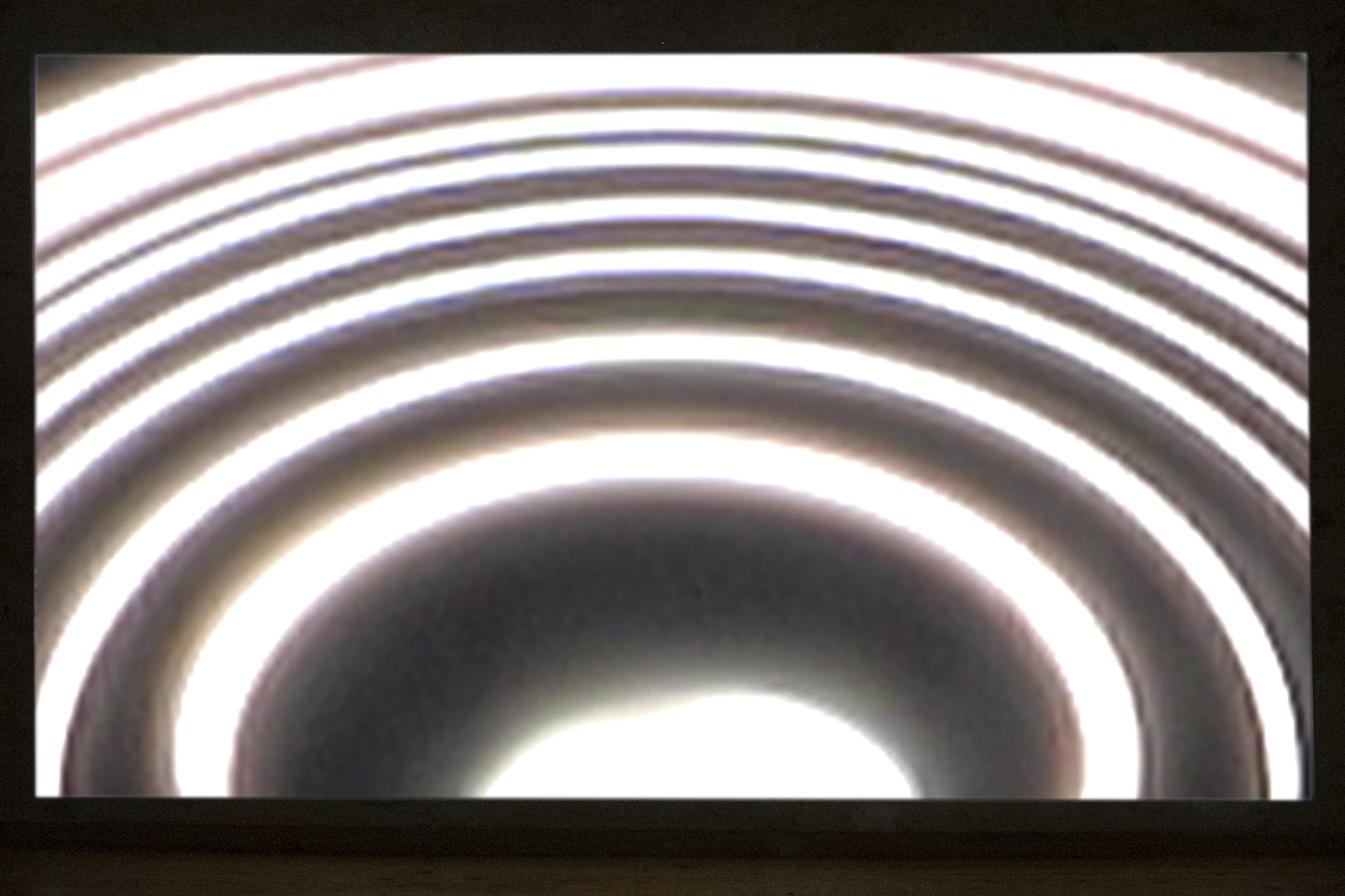
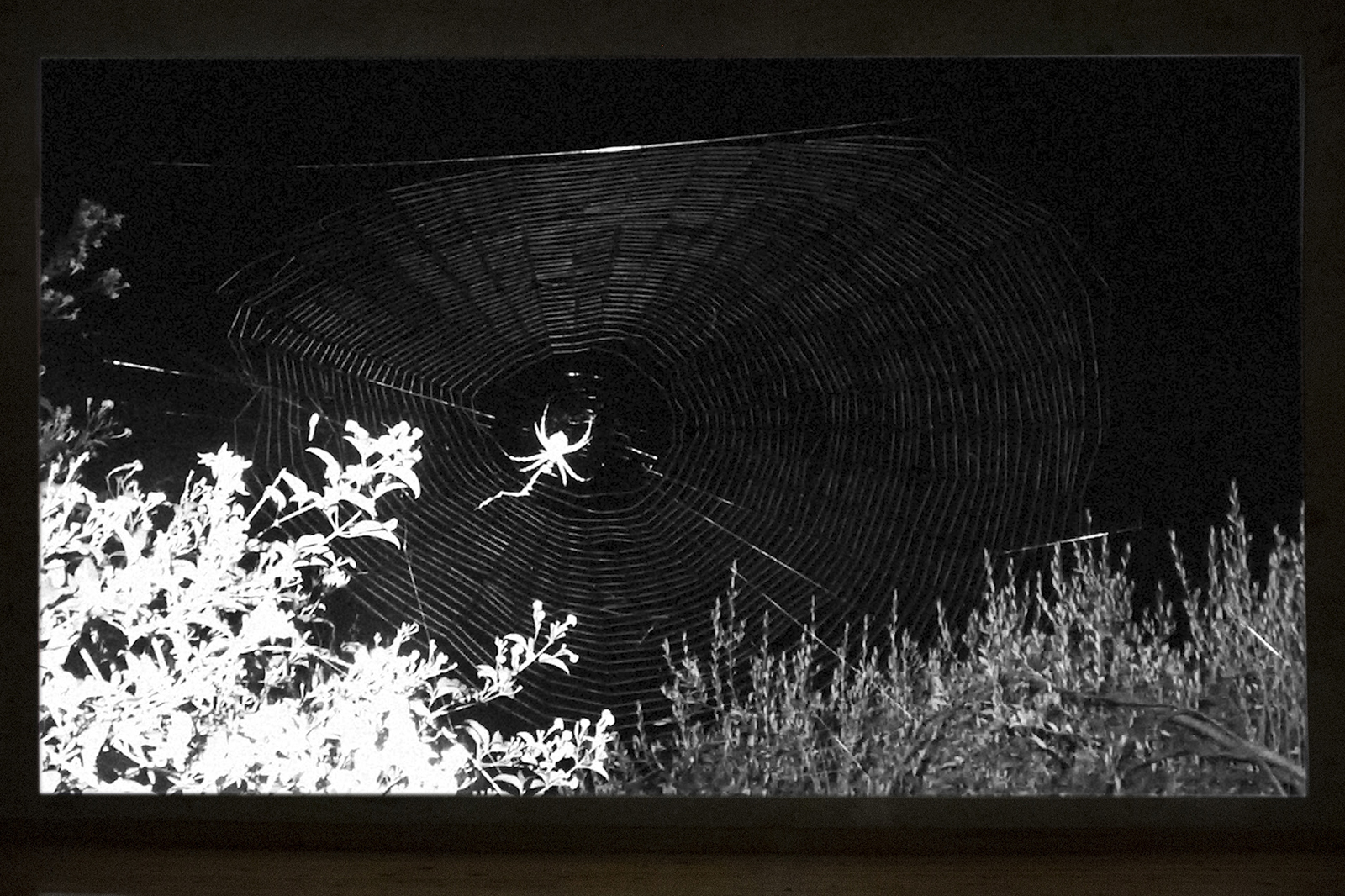


Calls and Songs
Eins gallery, Limassol, Cy
2024
For his second solo show at eins gallery, Calls and Songs, Stelios Kallinikou presents a body of work that explores how human beings have registered and altered the environment through technologies, and how we relate to recording devices…Along with the lyricism of his depiction of bodies, animals, plants, or human constructions, Kallinikou takes a physical and ideological stance in relation to the lens and the image, which is then mirrored and expanded in his audiences’ acts of looking.
By taking a position in front of the technologies whereby we record the world, Kallinikou emphasises the distance between his body, the lens, the image, and that which is being recorded. By extension, this also shows the distances we retain, and which we often forget about. His work grants us a glimpse of the underlying implications of looking and recording the world, that is, of the contexts in which images are produced, circulated and consumed—many of which seem to hide away the more a picture circulates. It prompts us, in the end, to decide our position concerning what would prefer to stay unseen in all the images we encounter.
Except from exhibition text by Andrés Valtierra
read the text here
an intimate response for the exhibition by
Gervaise Alexis Savvias
read the text here
Eins gallery, Limassol, Cy
2024
For his second solo show at eins gallery, Calls and Songs, Stelios Kallinikou presents a body of work that explores how human beings have registered and altered the environment through technologies, and how we relate to recording devices…Along with the lyricism of his depiction of bodies, animals, plants, or human constructions, Kallinikou takes a physical and ideological stance in relation to the lens and the image, which is then mirrored and expanded in his audiences’ acts of looking.
By taking a position in front of the technologies whereby we record the world, Kallinikou emphasises the distance between his body, the lens, the image, and that which is being recorded. By extension, this also shows the distances we retain, and which we often forget about. His work grants us a glimpse of the underlying implications of looking and recording the world, that is, of the contexts in which images are produced, circulated and consumed—many of which seem to hide away the more a picture circulates. It prompts us, in the end, to decide our position concerning what would prefer to stay unseen in all the images we encounter.
Except from exhibition text by Andrés Valtierra
read the text here
an intimate response for the exhibition by
Gervaise Alexis Savvias
read the text here











Calls and Songs, video documentation, Eins Gallery, 2024
Manifestation
Views of the otherworldly in painting and drawing
2024, NiMAC
Curation: Dr. Elena Parpa and Dr. Evanthia (Evi) Tselika
SΚOMA | Performance
Thursday 21 March 2024
SΚOMA is a live audio performance inspired by the opening song of the 1946 colonial propaganda film "Cyprus is an island". The film's directors were instructed by the British Colonial Office to "find a film about a people as yet unfilmed. A people of whom there was a great deal to say, but of whom a great deal must be left unsaid". The performance experiments with the practice of 'mantras', approaching the melody and the lyrics of the song as a sonic vibration that explores the space between voice and narrative, embodied and disembodied experience, visibility and invisibility. A grieving and healing ritual informed by the current ecological emergency, that aspires to reclaim the voice as an act of resistance in the postcolonial context.
Views of the otherworldly in painting and drawing
2024, NiMAC
Curation: Dr. Elena Parpa and Dr. Evanthia (Evi) Tselika
SΚOMA | Performance
Thursday 21 March 2024
SΚOMA is a live audio performance inspired by the opening song of the 1946 colonial propaganda film "Cyprus is an island". The film's directors were instructed by the British Colonial Office to "find a film about a people as yet unfilmed. A people of whom there was a great deal to say, but of whom a great deal must be left unsaid". The performance experiments with the practice of 'mantras', approaching the melody and the lyrics of the song as a sonic vibration that explores the space between voice and narrative, embodied and disembodied experience, visibility and invisibility. A grieving and healing ritual informed by the current ecological emergency, that aspires to reclaim the voice as an act of resistance in the postcolonial context.

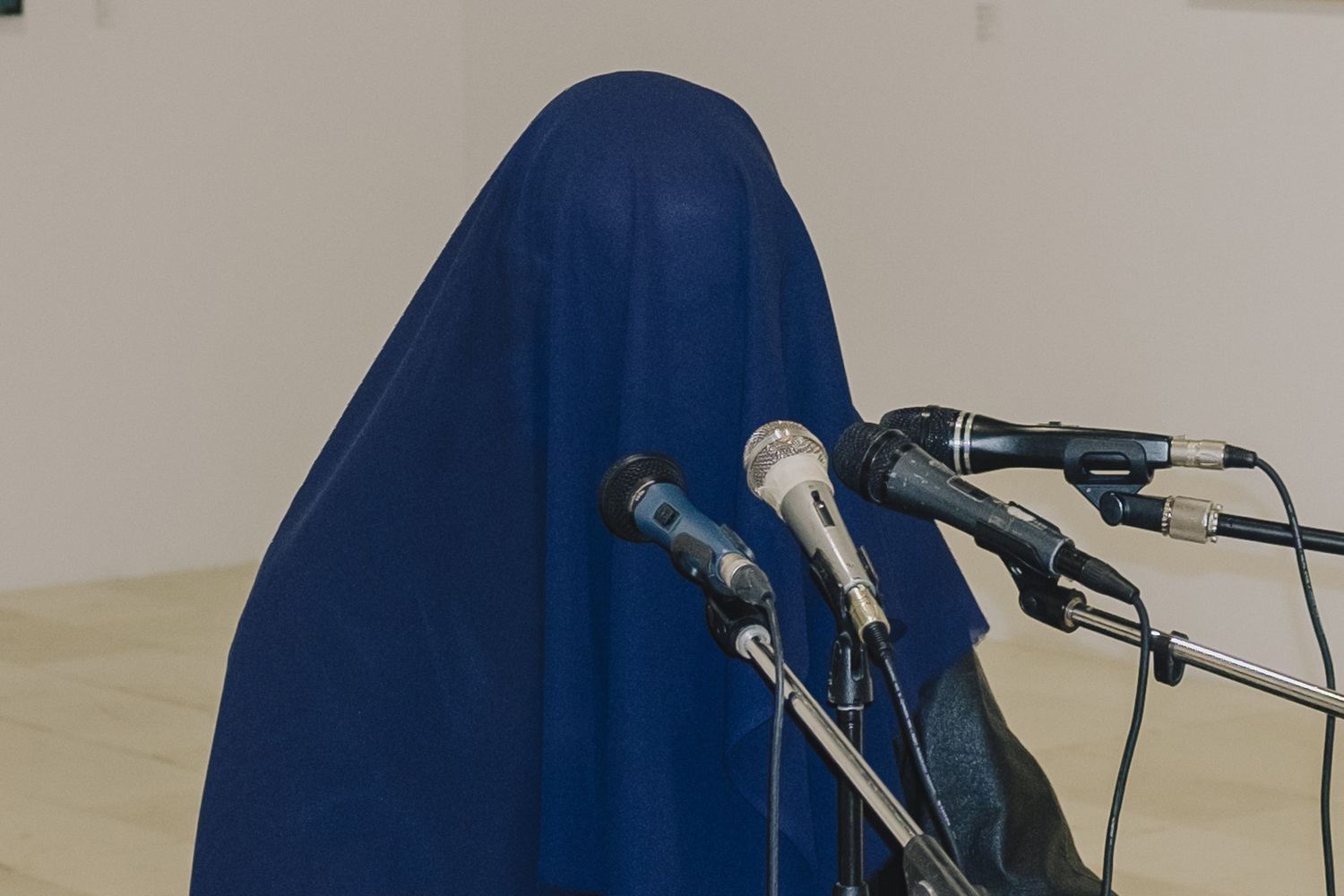

Awkward stones
4k video with audio, duration: 15.24 min.
2023
Stelios Kallinikou
in collaboration with
Haytham El-Wardany
Peter Eramian
Seeing Through Melancholia: Transcultural Melancholias / Hüzün in the East Mediterranean
curated by Dr Alev Adil and Dr Gabriel Koureas
Production: Catherine Louis Nikita
House of Hadjigeorkakis Kornesios, Nicosia, Cy
The starting point for the project “awkward stones” is Haytham El-Wardany's poem ‘their names’, which was written on the occasion of the group exhibition Fabrica Hill (2021) at Thkio Ppalies artist-led project space. As interpreted by Stelios and Peter, the poem immerses the reader in notions of time, trauma, reconciliation, understanding, companionship and history by sensing the many faces of our contemporaries, in an attempt to speak the “laborious words”. In the video, we hear the poem in Cypriot dialect while landscapes near and far appear both in ruins and blooming, landscapes covered by the mist of our “criminal harmony”. The installation is framed by stones salvaged from the house of Hajigeorgakis Kornesios
4k video with audio, duration: 15.24 min.
2023
Stelios Kallinikou
in collaboration with
Haytham El-Wardany
Peter Eramian
Seeing Through Melancholia: Transcultural Melancholias / Hüzün in the East Mediterranean
curated by Dr Alev Adil and Dr Gabriel Koureas
Production: Catherine Louis Nikita
House of Hadjigeorkakis Kornesios, Nicosia, Cy
The starting point for the project “awkward stones” is Haytham El-Wardany's poem ‘their names’, which was written on the occasion of the group exhibition Fabrica Hill (2021) at Thkio Ppalies artist-led project space. As interpreted by Stelios and Peter, the poem immerses the reader in notions of time, trauma, reconciliation, understanding, companionship and history by sensing the many faces of our contemporaries, in an attempt to speak the “laborious words”. In the video, we hear the poem in Cypriot dialect while landscapes near and far appear both in ruins and blooming, landscapes covered by the mist of our “criminal harmony”. The installation is framed by stones salvaged from the house of Hajigeorgakis Kornesios

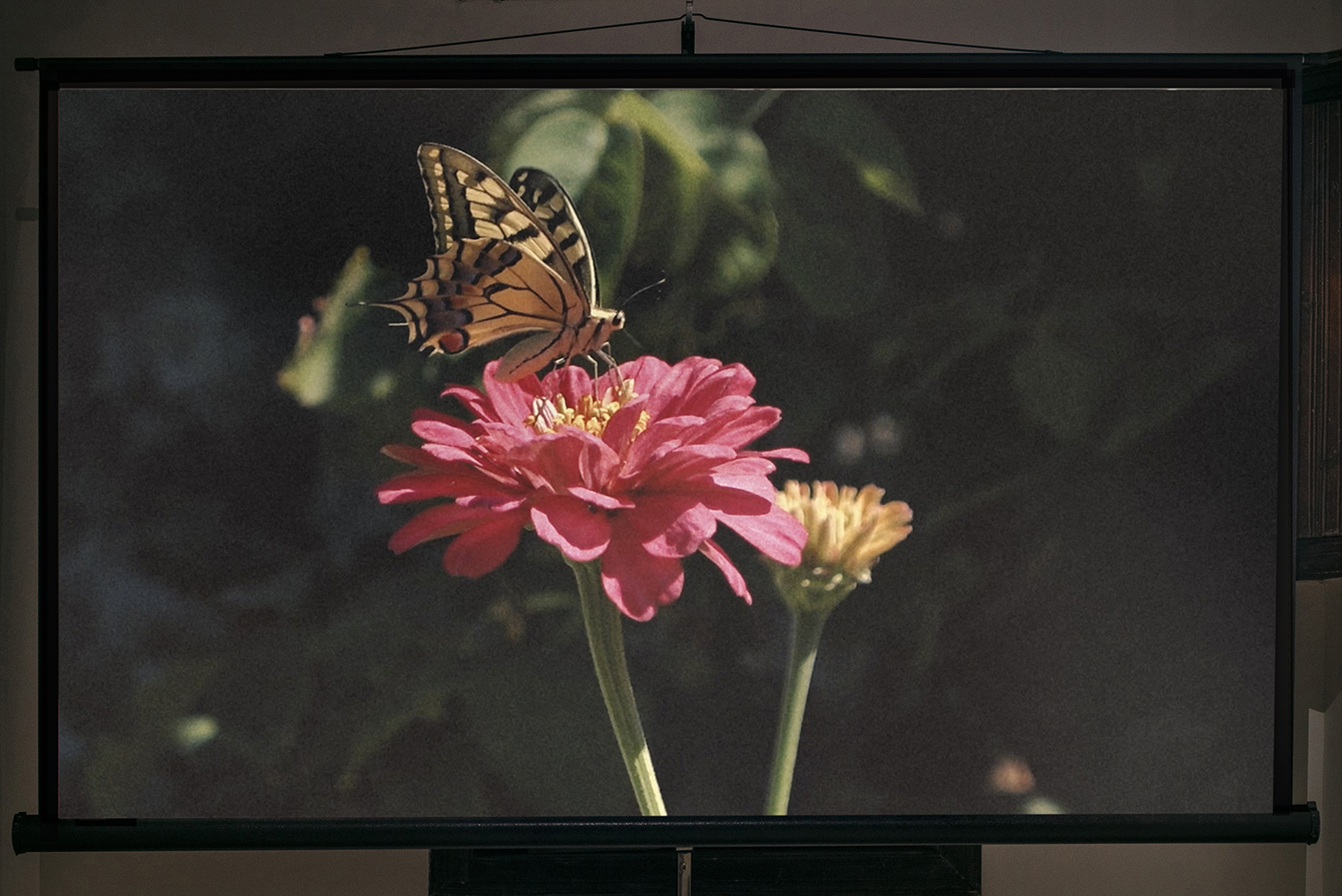


IN THE SEA OF THE SETTING SUN
Contemporary Photographic Practices and the Archive
The State Gallery of Contemporary Art - SPEL
Nicosia, Cy
2022-2023
curator, Dr Elena Stylianou
Stelios Kallinikou’s work inhabits a space between reality and dreamworld, fact and fiction, the collective and the personal, the power of images and their relation to History. A combination of video, photography, and archival documentation blur the boundaries of the above, offering new readings relevant to the island’s colonial past and how this is intertwined with our current socio-political mythologies. On the one hand, “Radar station” – picturing RAF Troodos station, one of the main British overseas military installations since 1878 –; “Flamingo Theatre” – an abstract collage of poetic images created from a vast archival digital material and aspires to render the nuances and contradictions of the Akrotiri peninsula (British Western Sovereign Base Area) -; and “Midnight” – a series produced by re-photographing and restaging the signing ceremony for the establishment of the Republic of Cyprus, attest to the island’s charged past. On the other hand, a set of images, negotiates the personal. Film stills showing “The End” titles of the artist’s baptism ceremony filmed by a professional videographer when he was 3 months old and Sleep showing the artist’s young brother, filmed by his father, while an adult is disrupting his sleep, are excavated from personal archives. The ambiguities between the personal and historical discourse are only further challenged in Document which explores the interstitial space between language, information, and the image: the official Press photo from the signing ceremony for the establishment of the Republic of Cyprus was downloaded from the web and opened with a text edit programme in an incomprehensible and open to interpretation code.
Contemporary Photographic Practices and the Archive
The State Gallery of Contemporary Art - SPEL
Nicosia, Cy
2022-2023
curator, Dr Elena Stylianou
Stelios Kallinikou’s work inhabits a space between reality and dreamworld, fact and fiction, the collective and the personal, the power of images and their relation to History. A combination of video, photography, and archival documentation blur the boundaries of the above, offering new readings relevant to the island’s colonial past and how this is intertwined with our current socio-political mythologies. On the one hand, “Radar station” – picturing RAF Troodos station, one of the main British overseas military installations since 1878 –; “Flamingo Theatre” – an abstract collage of poetic images created from a vast archival digital material and aspires to render the nuances and contradictions of the Akrotiri peninsula (British Western Sovereign Base Area) -; and “Midnight” – a series produced by re-photographing and restaging the signing ceremony for the establishment of the Republic of Cyprus, attest to the island’s charged past. On the other hand, a set of images, negotiates the personal. Film stills showing “The End” titles of the artist’s baptism ceremony filmed by a professional videographer when he was 3 months old and Sleep showing the artist’s young brother, filmed by his father, while an adult is disrupting his sleep, are excavated from personal archives. The ambiguities between the personal and historical discourse are only further challenged in Document which explores the interstitial space between language, information, and the image: the official Press photo from the signing ceremony for the establishment of the Republic of Cyprus was downloaded from the web and opened with a text edit programme in an incomprehensible and open to interpretation code.



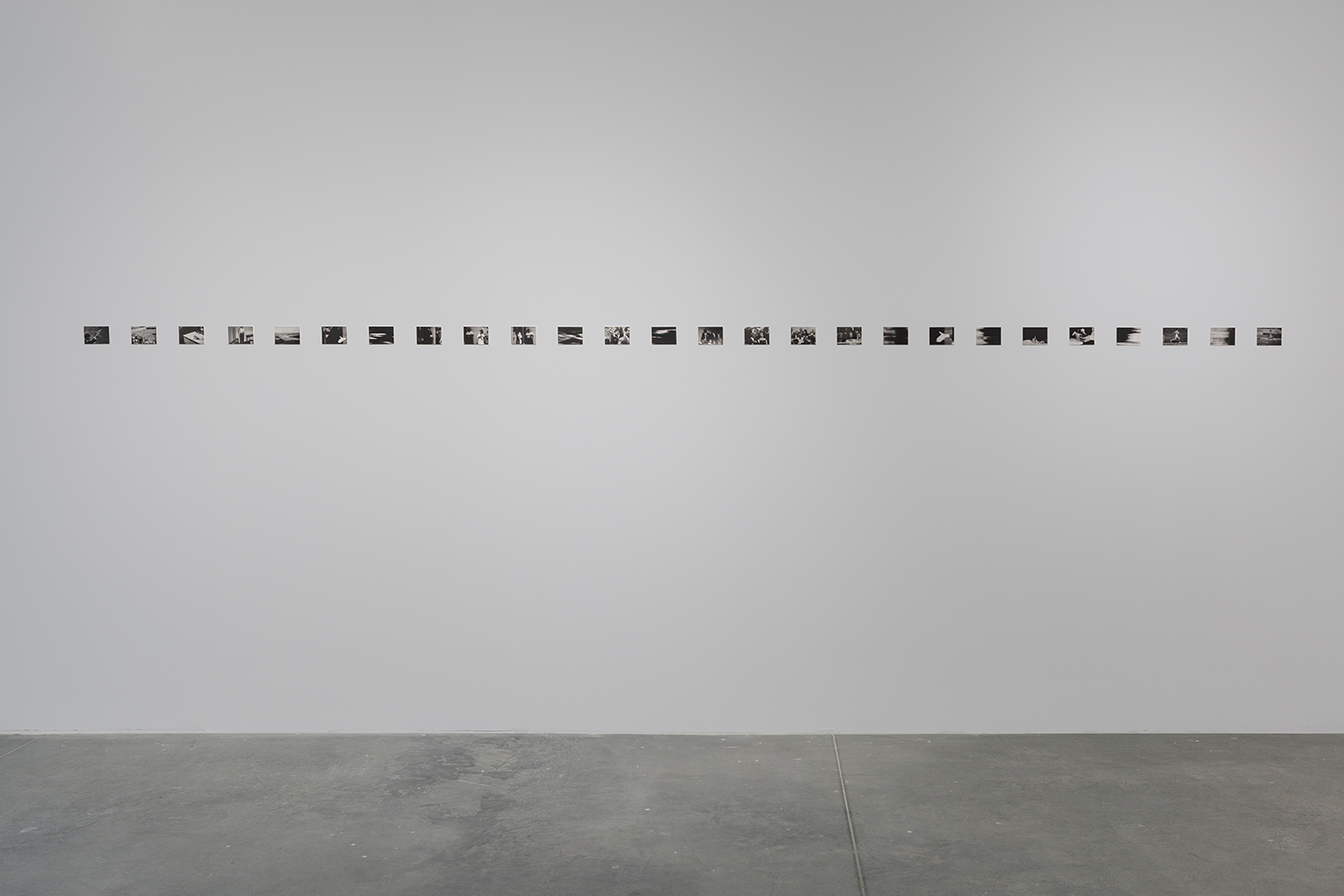
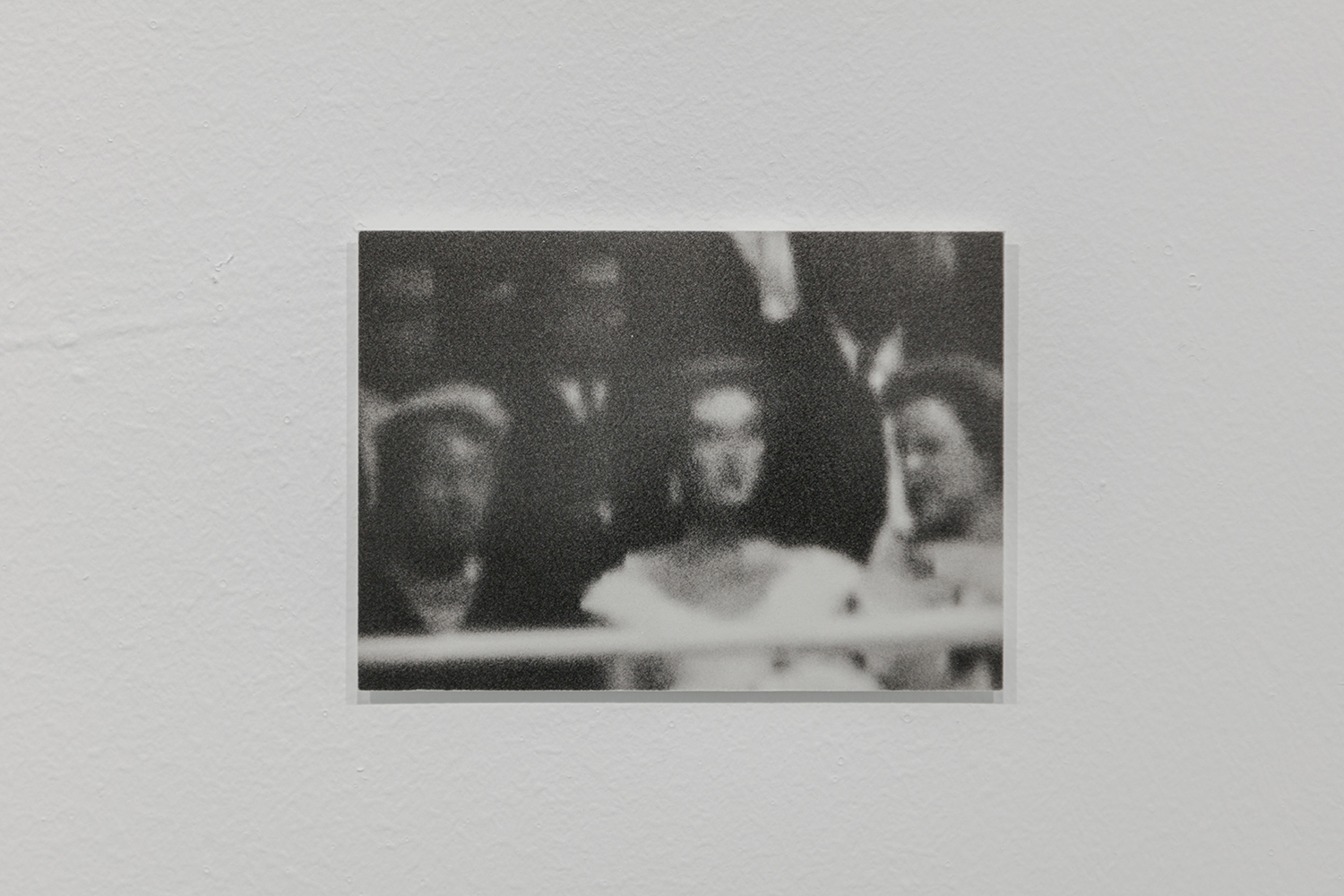



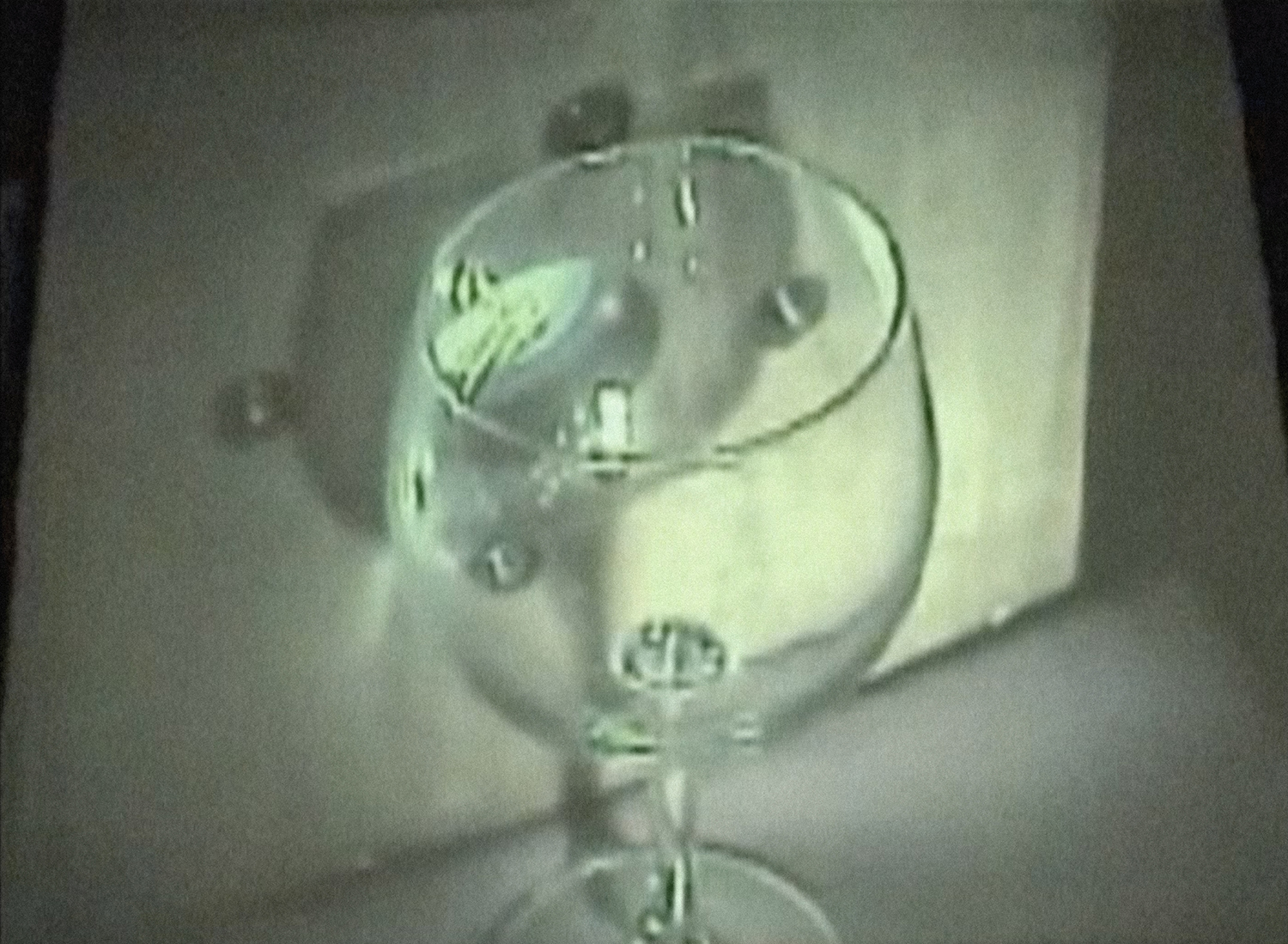

waterfall
Stelios kallinikou in collaboration with Tasos Lamnisos
Xarkis festival, Agros, Cyprus, in the framework of Contested desires.
The performance sonically activates part of Agro's water infrastructure developed during the Brisish rule period. The water tunnels are transformed into carriers of radar sounds blending with mantras and sacred syllables, exploring notions of visibility and invisibility, spirituality, emergency sounds, distance, alongside underground communication tactics.
Stelios kallinikou in collaboration with Tasos Lamnisos
Xarkis festival, Agros, Cyprus, in the framework of Contested desires.
The performance sonically activates part of Agro's water infrastructure developed during the Brisish rule period. The water tunnels are transformed into carriers of radar sounds blending with mantras and sacred syllables, exploring notions of visibility and invisibility, spirituality, emergency sounds, distance, alongside underground communication tactics.

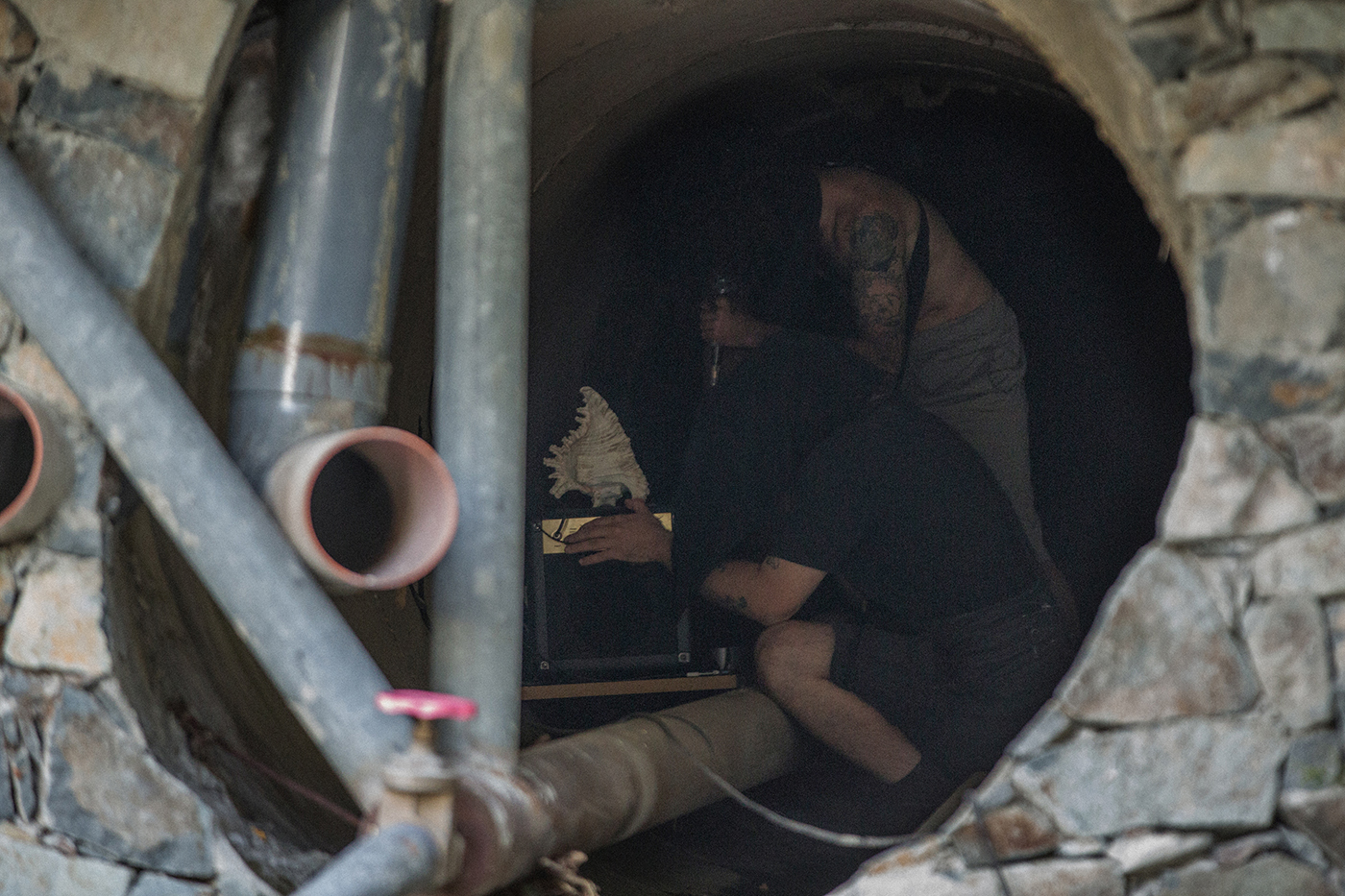
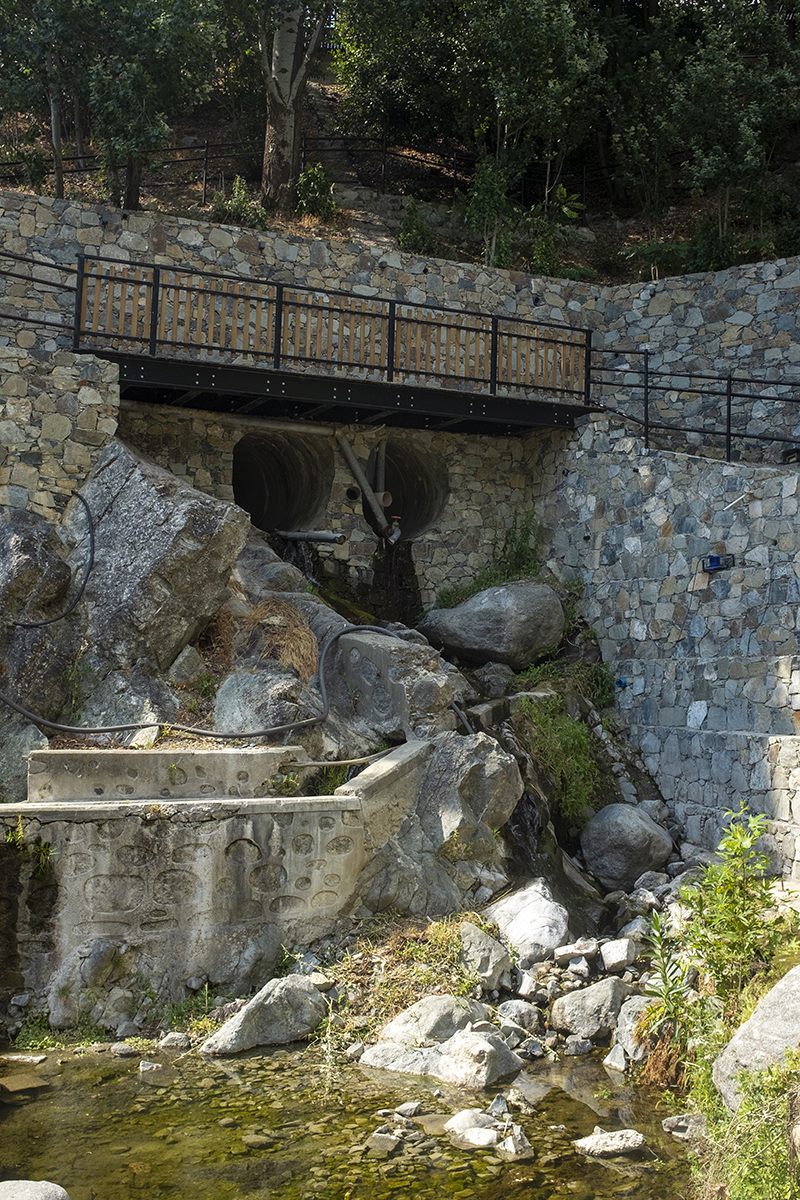
Glass Cage Dream
Eins Gallery
Limassol, Cy
2022
The following words, are taken from Haris Pellapaisiotis’ exhibition text, “The Disappearance of Things”:
...Looking at the range of prints with exotic animals, which at first glance indicate the theme of Kallinikou’s work, it occurs to me that hidden beneath their striking presence lurks a larger concern that expresses the fragility of the photographic image, but also the negation of the photographic experience. In the age of digitalisation, what is fast disappearing is the space generated between photographer and object and subsequently the space for thinking that is created between image and viewer. No longer having the need to be physically situated in relation to the object, the photographer becomes dislocated in space and time as the photographer’s own sense of somatic awareness, in relation to the object, disappears from experience. Kallinikou’s deliberate venture to make each image less legible through a process of printing and reprinting, sometimes from digitally corrupted files till they create the effect he seeks, seems to reference a wider metaphor that takes us back to the photographic outcome as an encounter with the object.
Kallinikou continues to seek the element of surprise, of wonder, and revelation, however not in the depiction of extraordinary new encounters with his outside environment, but in the digital production of images. For this body of work, he is thinking about his relation to photography as it makes the transition from one technology to another and in that process, he is inviting the viewer to step back, to find the space to hold dialogue with the work and to rethink with him the possible disappearance of things.”
Read Haris Pellapaisiotis’ essay, “The Disappearance of Things”
Eins Gallery
Limassol, Cy
2022
The following words, are taken from Haris Pellapaisiotis’ exhibition text, “The Disappearance of Things”:
...Looking at the range of prints with exotic animals, which at first glance indicate the theme of Kallinikou’s work, it occurs to me that hidden beneath their striking presence lurks a larger concern that expresses the fragility of the photographic image, but also the negation of the photographic experience. In the age of digitalisation, what is fast disappearing is the space generated between photographer and object and subsequently the space for thinking that is created between image and viewer. No longer having the need to be physically situated in relation to the object, the photographer becomes dislocated in space and time as the photographer’s own sense of somatic awareness, in relation to the object, disappears from experience. Kallinikou’s deliberate venture to make each image less legible through a process of printing and reprinting, sometimes from digitally corrupted files till they create the effect he seeks, seems to reference a wider metaphor that takes us back to the photographic outcome as an encounter with the object.
Kallinikou continues to seek the element of surprise, of wonder, and revelation, however not in the depiction of extraordinary new encounters with his outside environment, but in the digital production of images. For this body of work, he is thinking about his relation to photography as it makes the transition from one technology to another and in that process, he is inviting the viewer to step back, to find the space to hold dialogue with the work and to rethink with him the possible disappearance of things.”
Read Haris Pellapaisiotis’ essay, “The Disappearance of Things”
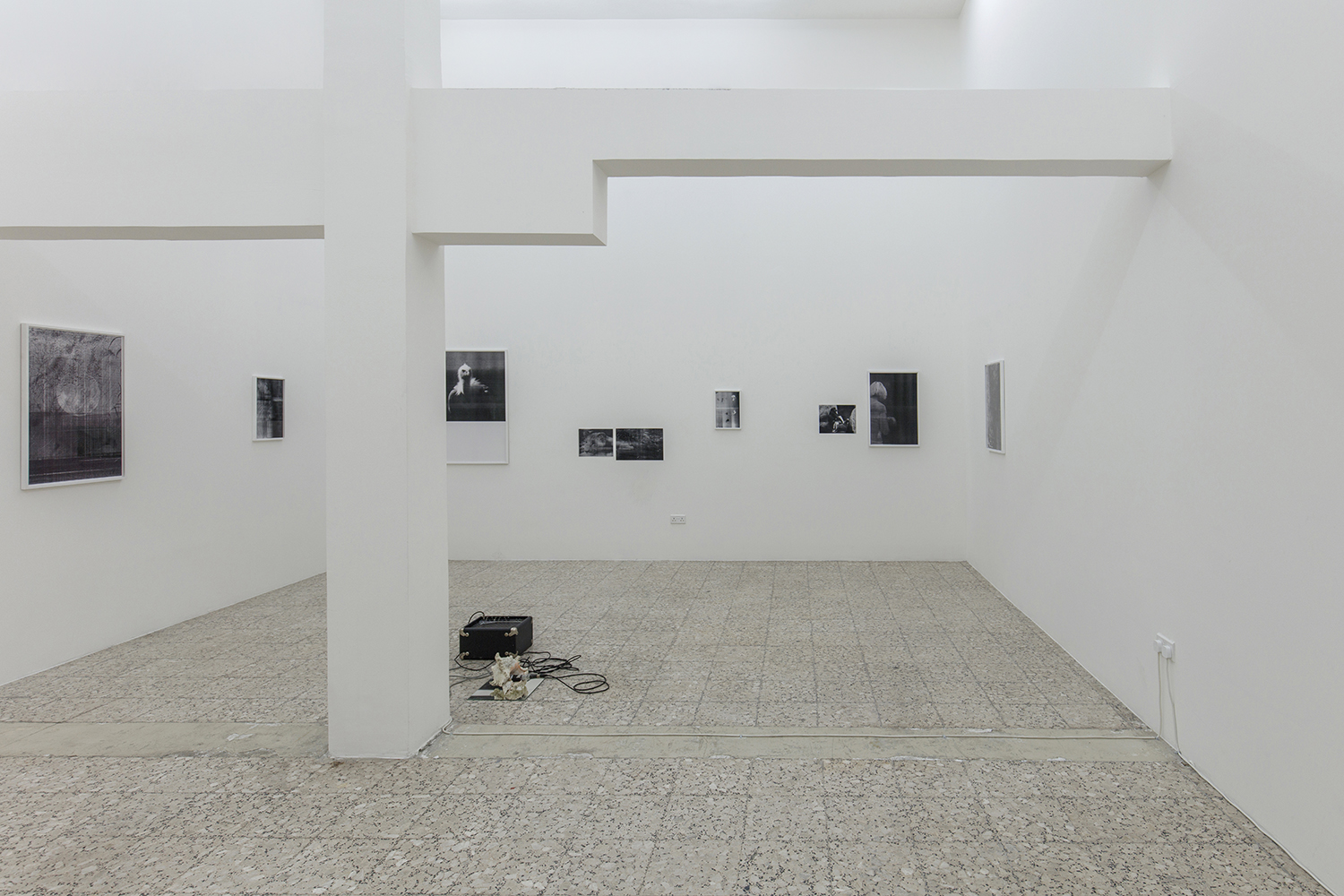
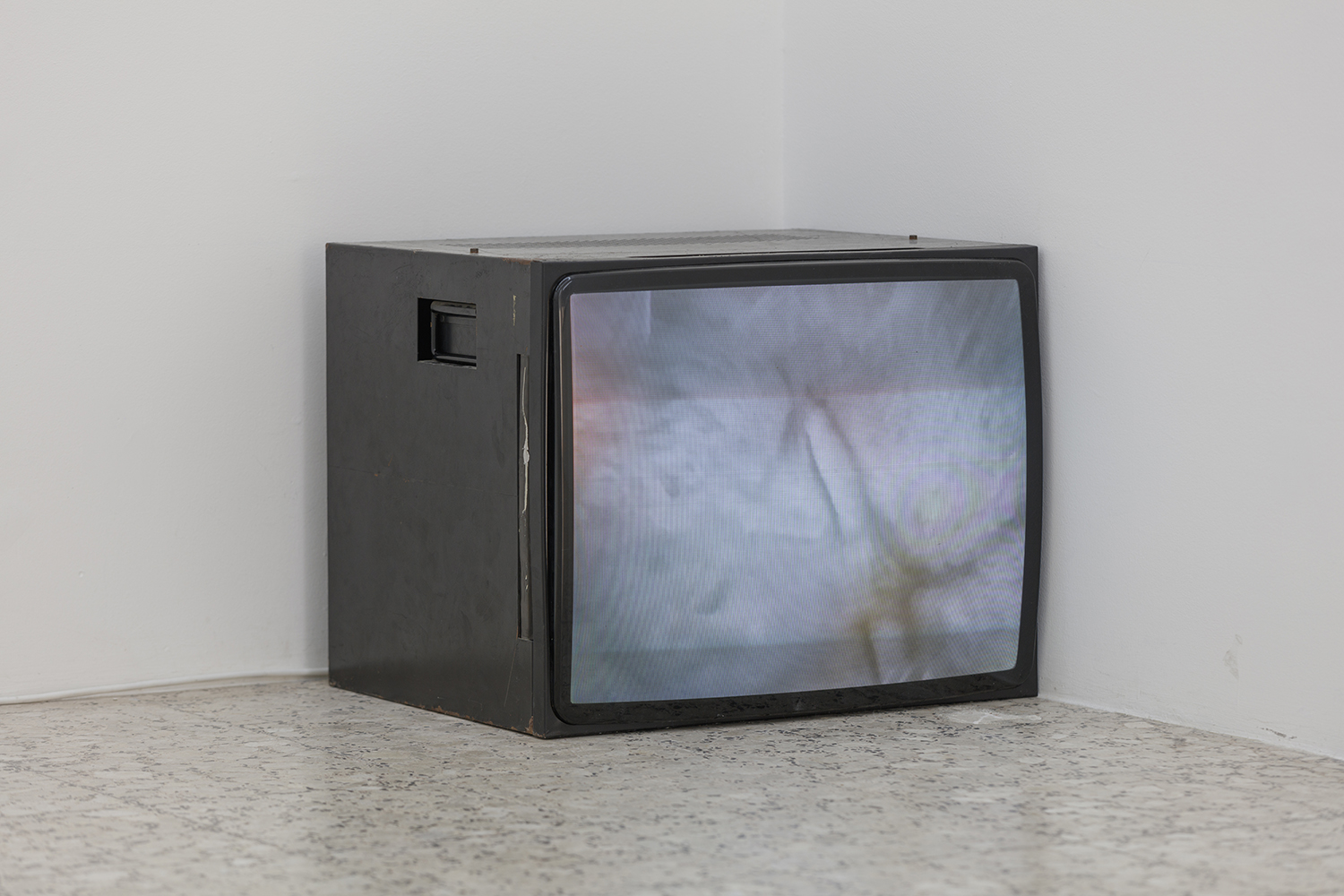






Weeper Capuchin
6th Ural Industrial Biennial of Contemporary Art
A Time to Embrace and to Refrain from Embracing
2021
Thinking Hands, Touching Each Other
curated by Çağla Ilk, Assaf Kimmel, and Misal Adnan Yıldız
Ekaterinburg, Russia
Yekaterinburg State Circus
and
House of Metenkov Photography Museum
In Why look at animals John Berger, sets forth that “captive animals and we ourselves, their human counterparts, view one another across a narrow abyss of incomprehension.” The work (Weeper Capuchin, 2020/21) negotiate this space between us and the animal, striving to offer a bridge that hovers over the void. The expressive eyes of the Capuchins, as if carrying a prehistoric melancholy, exchange glances with the viewer via a thick glass wall that is invisible in the photographs, much like the photographic lens. Often birds find tragic death on such reflective glass walls because they are not visible to them.
6th Ural Industrial Biennial of Contemporary Art
A Time to Embrace and to Refrain from Embracing
2021
Thinking Hands, Touching Each Other
curated by Çağla Ilk, Assaf Kimmel, and Misal Adnan Yıldız
Ekaterinburg, Russia
Yekaterinburg State Circus
and
House of Metenkov Photography Museum
In Why look at animals John Berger, sets forth that “captive animals and we ourselves, their human counterparts, view one another across a narrow abyss of incomprehension.” The work (Weeper Capuchin, 2020/21) negotiate this space between us and the animal, striving to offer a bridge that hovers over the void. The expressive eyes of the Capuchins, as if carrying a prehistoric melancholy, exchange glances with the viewer via a thick glass wall that is invisible in the photographs, much like the photographic lens. Often birds find tragic death on such reflective glass walls because they are not visible to them.
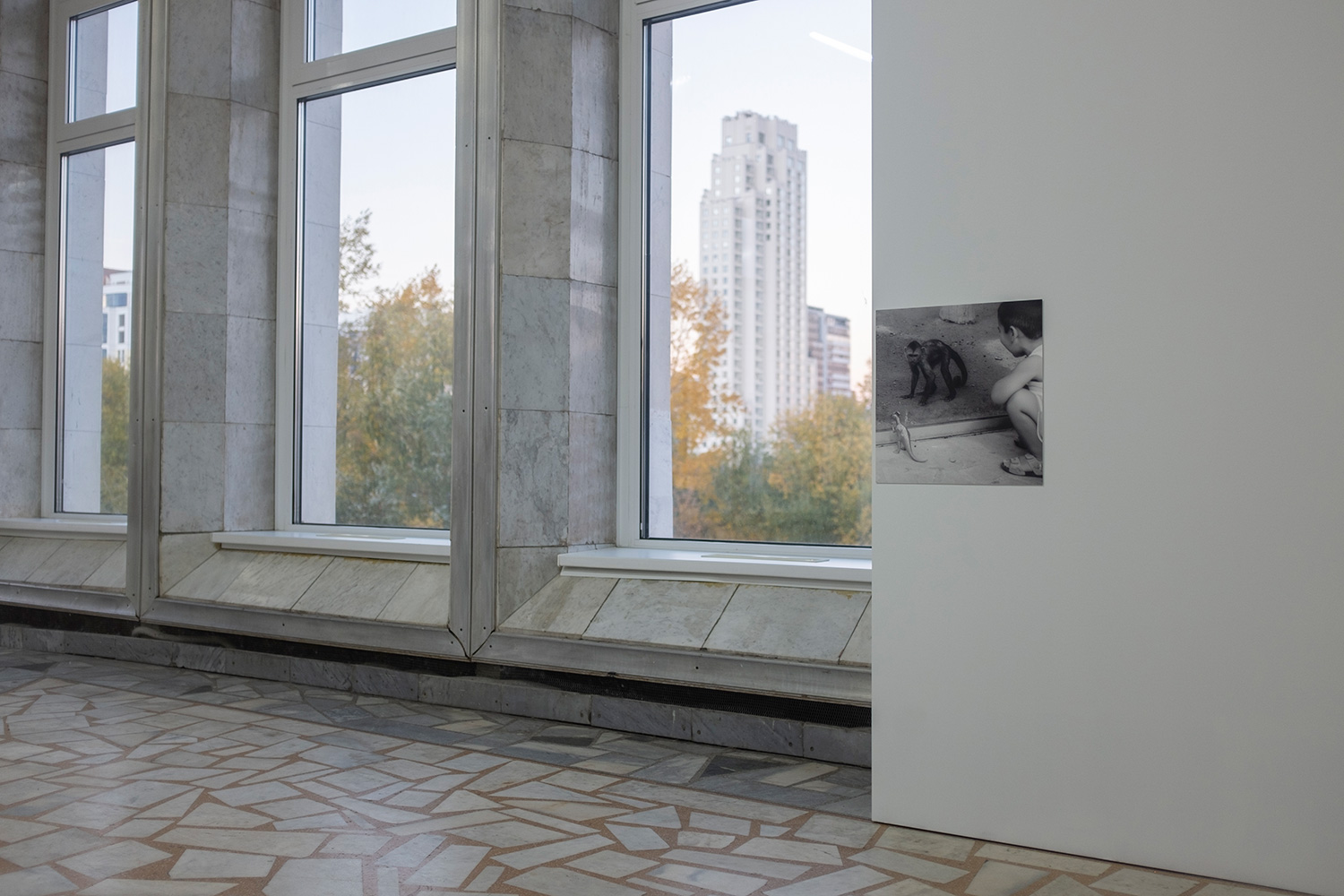
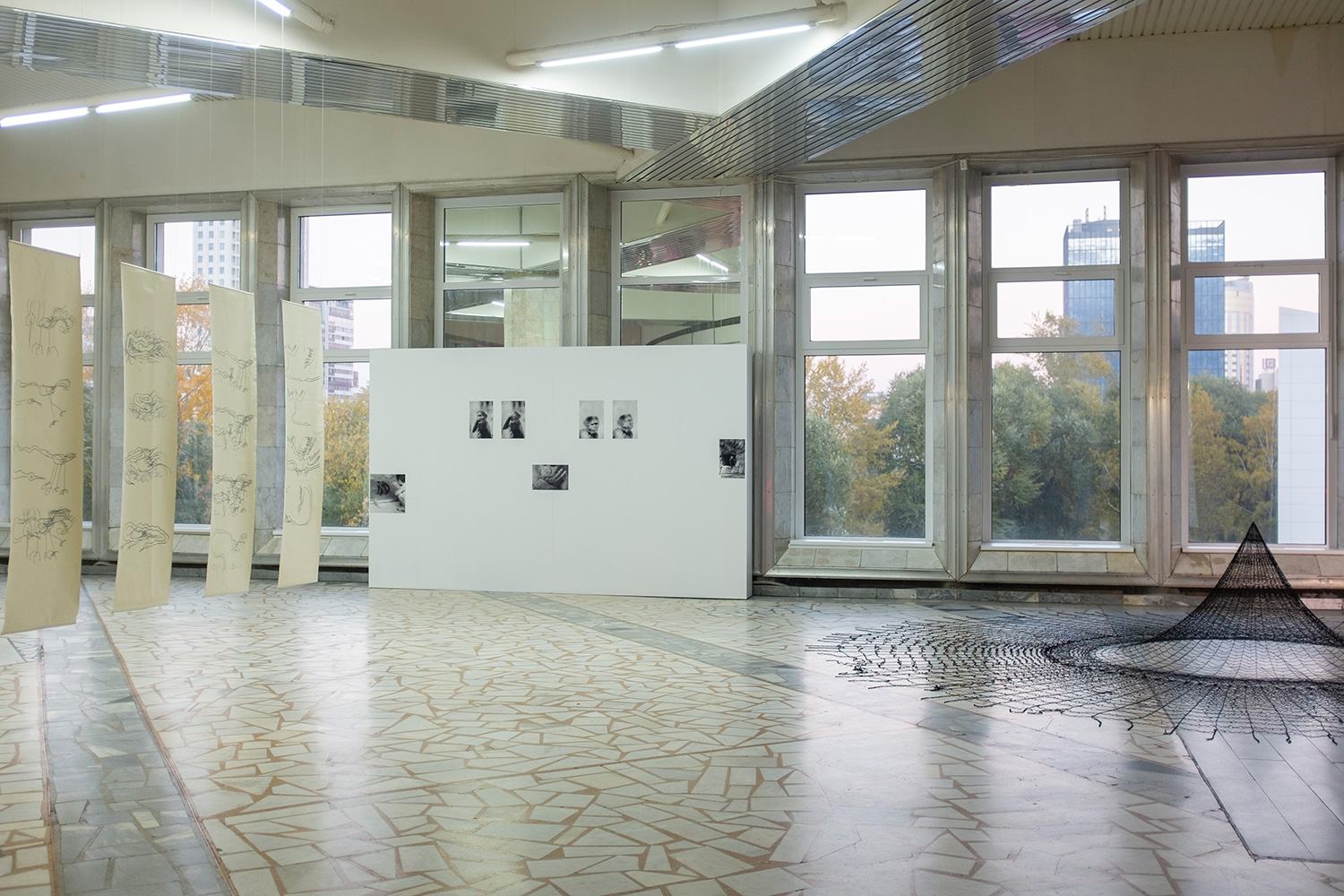


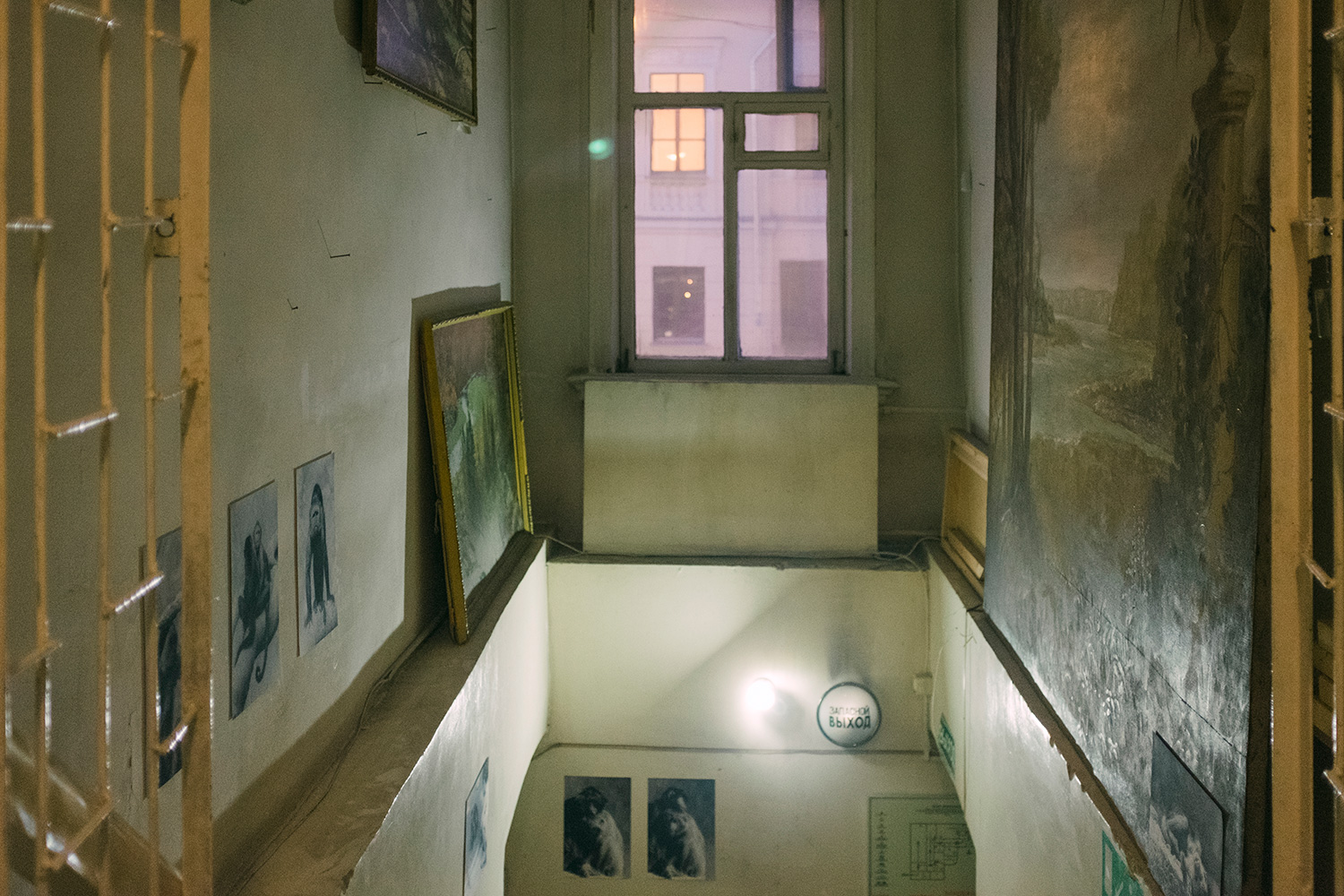




Flamingo Theater
State and Nature
Staatliche Kunsthalle Baden-Baden, 2021
Curated by Çağla İlk and Misal Adnan Yıldız with Hendrik Bündge and Benedikt Seerieder
…Departing from the complex residue of colonial history on the island of Cyprus, Cypriot artist Stelios Kallinikou’s photographic works Flamingo Theatre (2015) feature migratory birds and fighter jets thundering through the sky. They form poetic choreographies and dissolve the supposed opposition between the state and nature. Through this form of coevality, the British armed forces and the flamingos that repeatedly congregate on their migratory routes in Cyprus become agents of a smouldering geopolitics and its consequences for the ecosystem…
State and Nature
Staatliche Kunsthalle Baden-Baden, 2021
Curated by Çağla İlk and Misal Adnan Yıldız with Hendrik Bündge and Benedikt Seerieder
…Departing from the complex residue of colonial history on the island of Cyprus, Cypriot artist Stelios Kallinikou’s photographic works Flamingo Theatre (2015) feature migratory birds and fighter jets thundering through the sky. They form poetic choreographies and dissolve the supposed opposition between the state and nature. Through this form of coevality, the British armed forces and the flamingos that repeatedly congregate on their migratory routes in Cyprus become agents of a smouldering geopolitics and its consequences for the ecosystem…
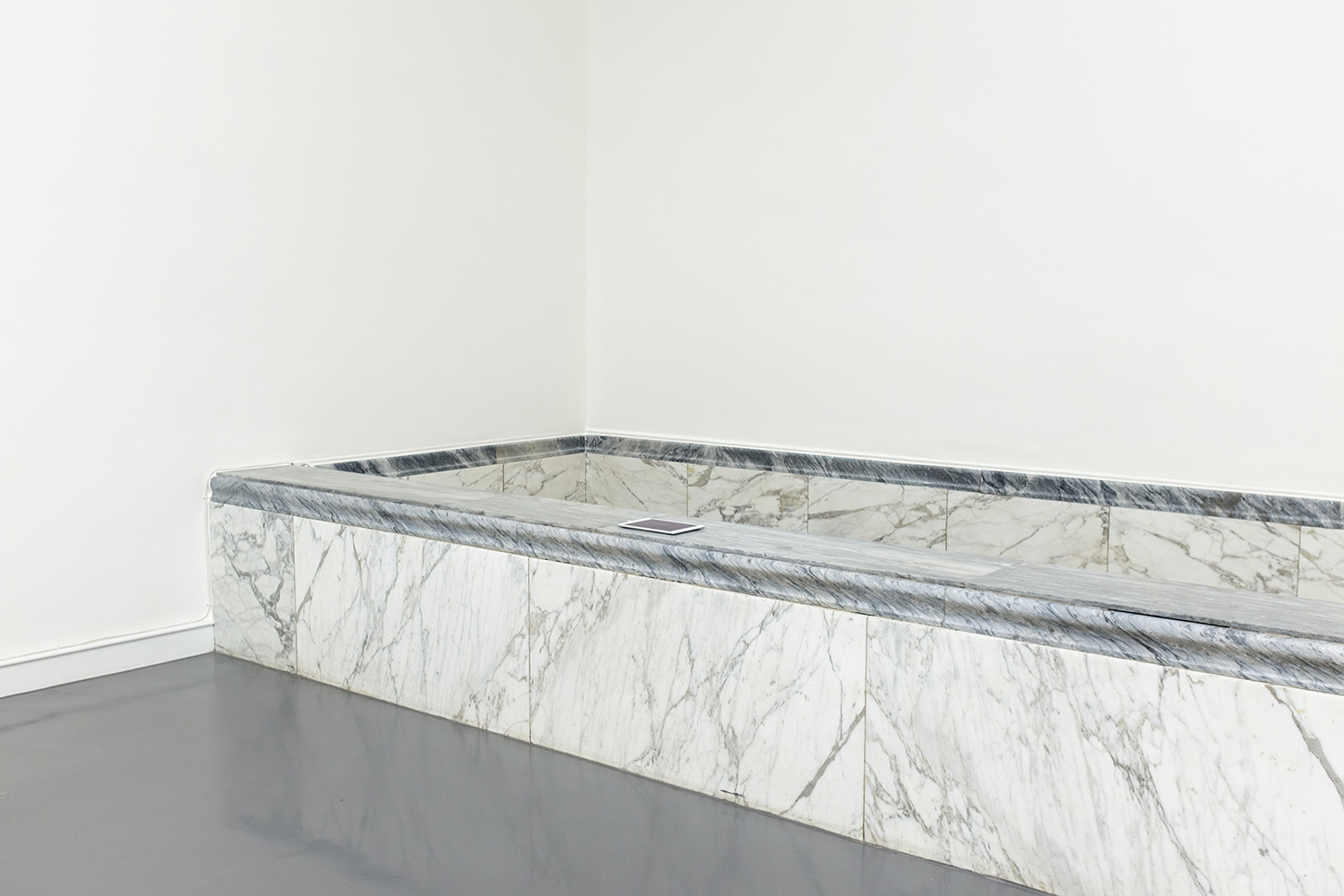
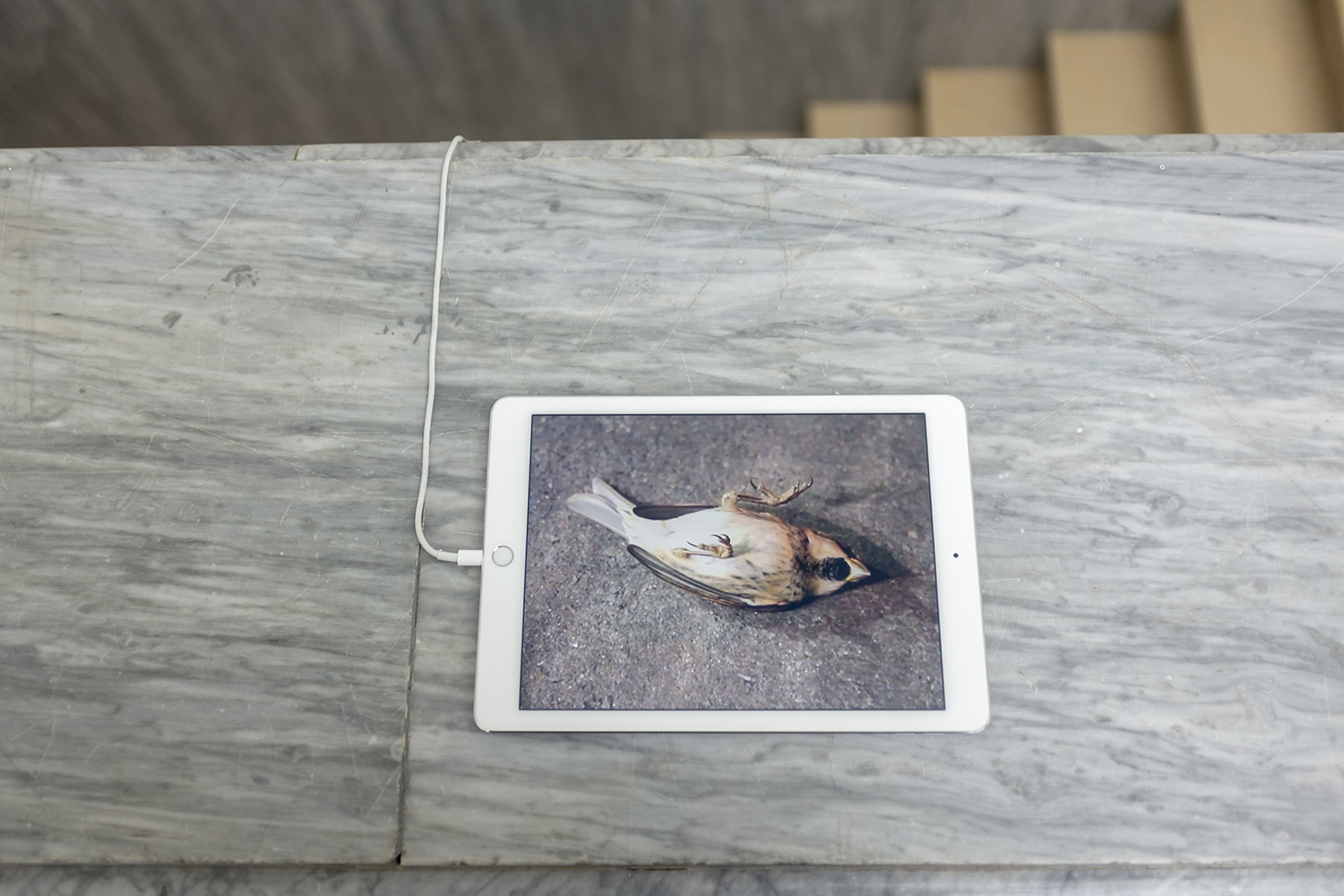

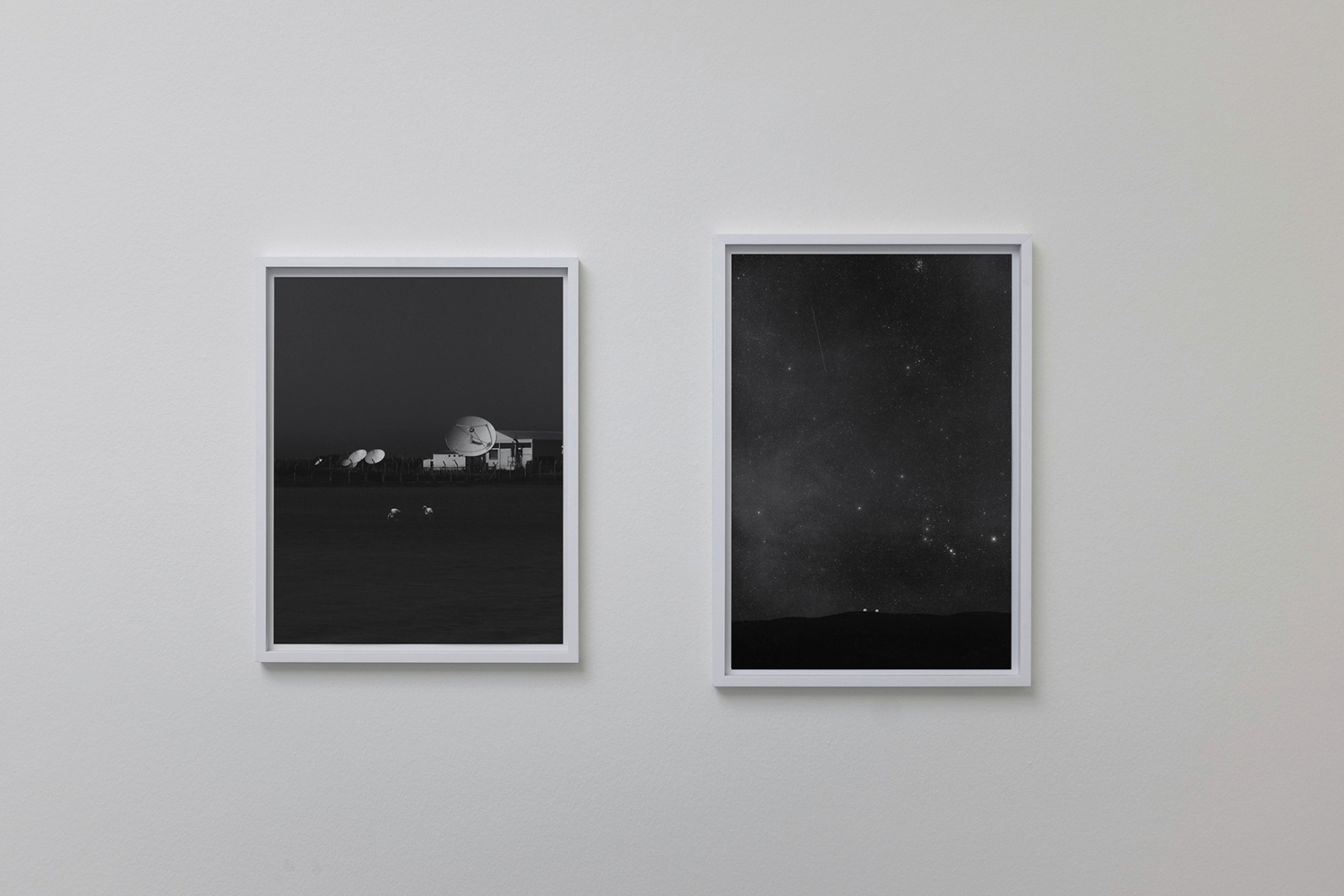

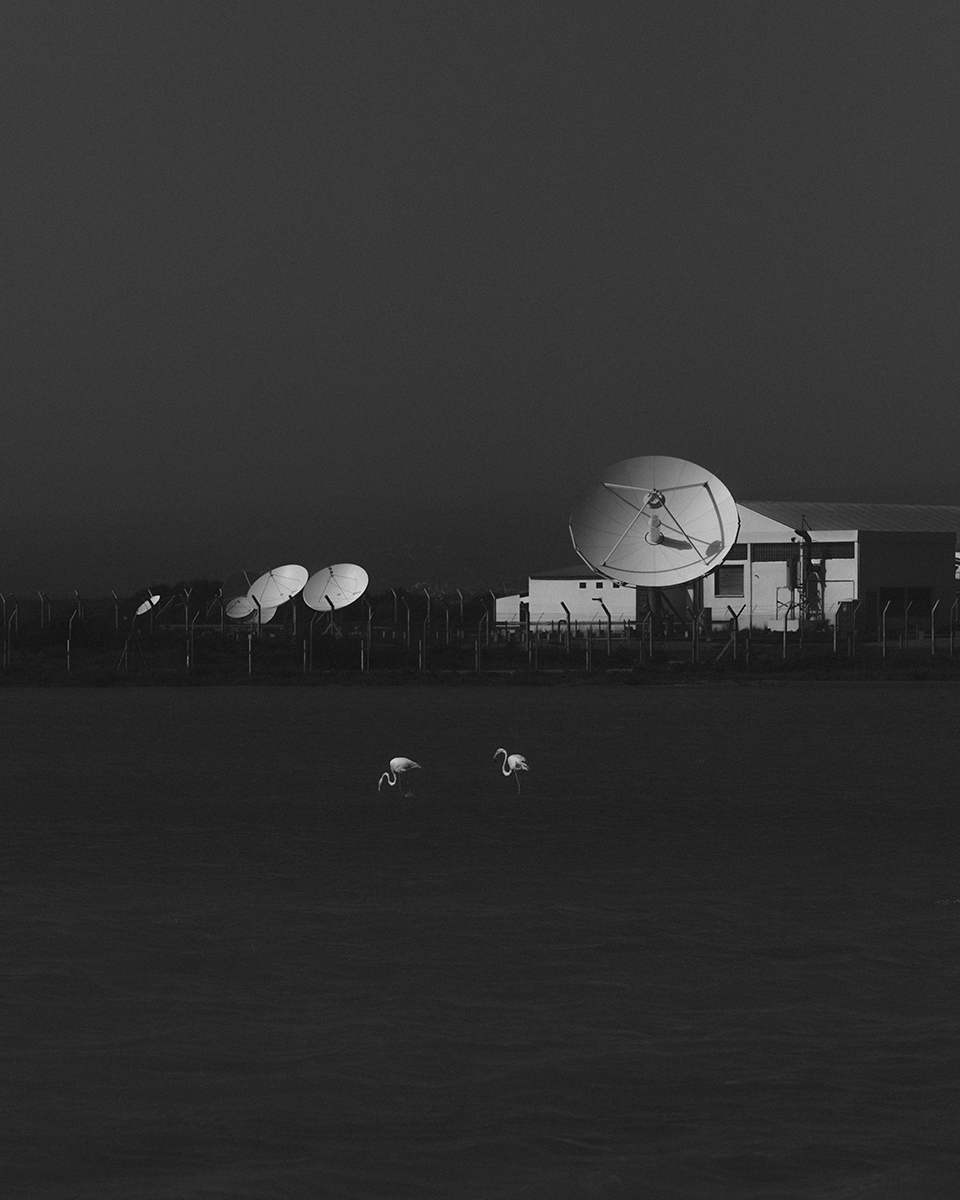
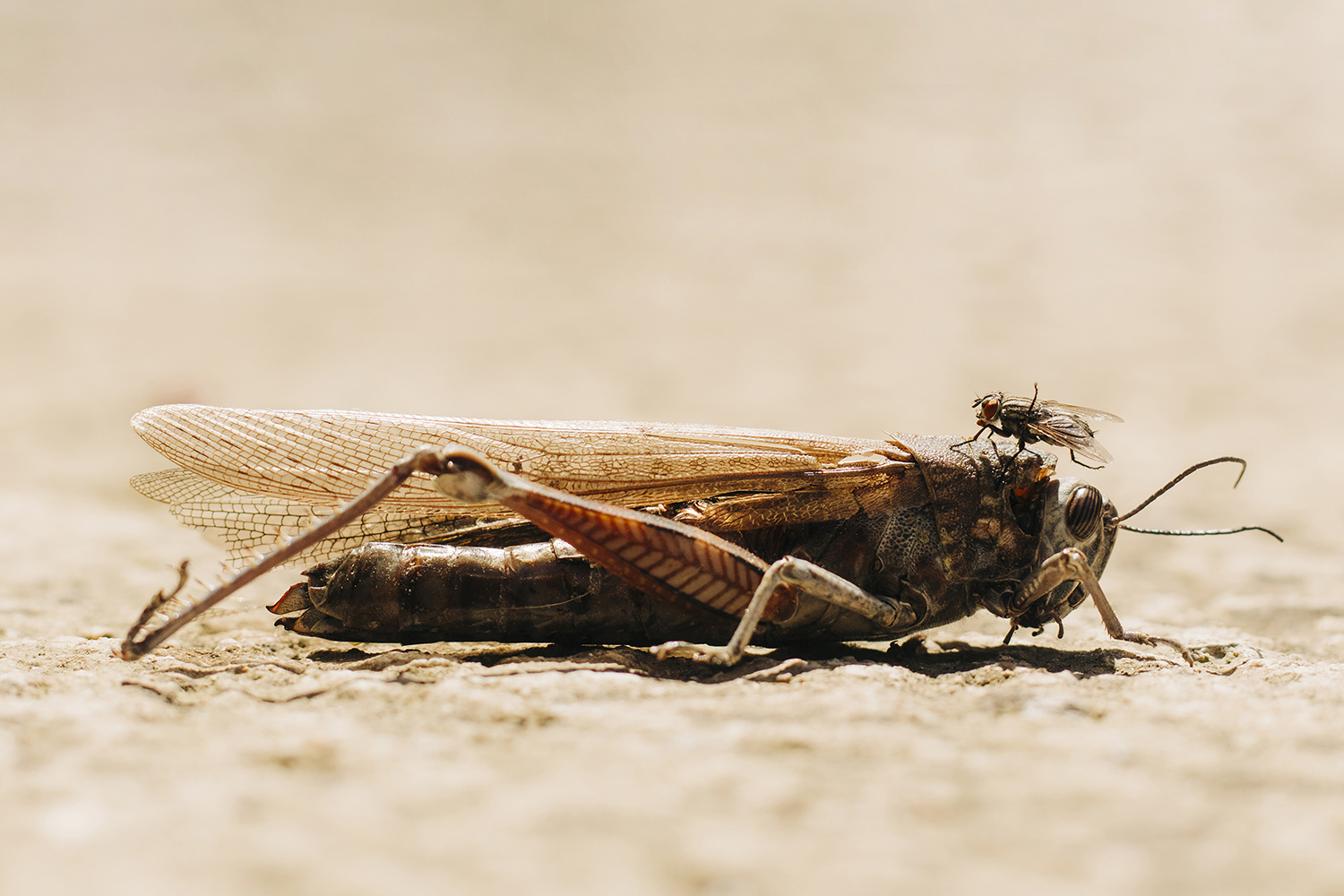


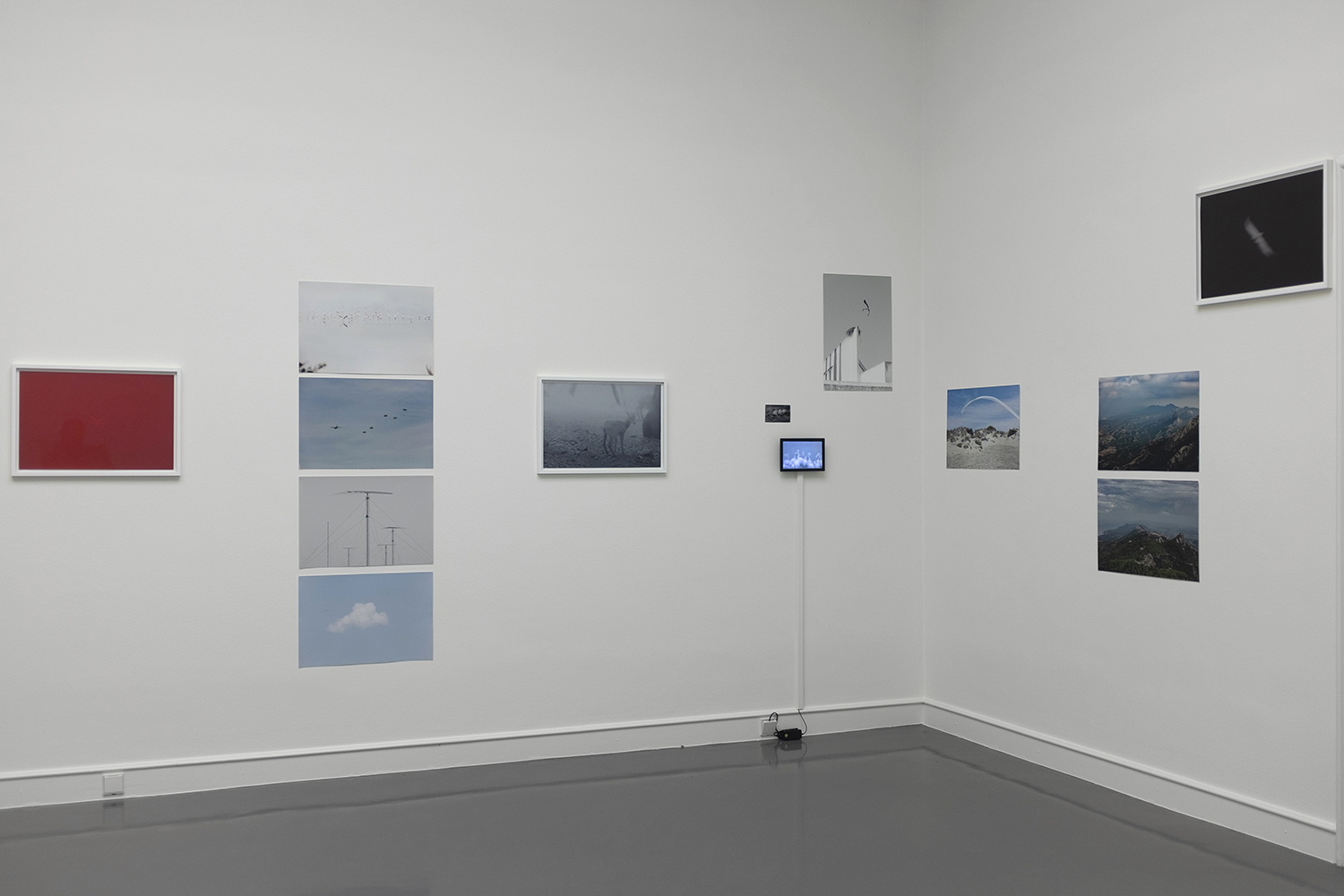
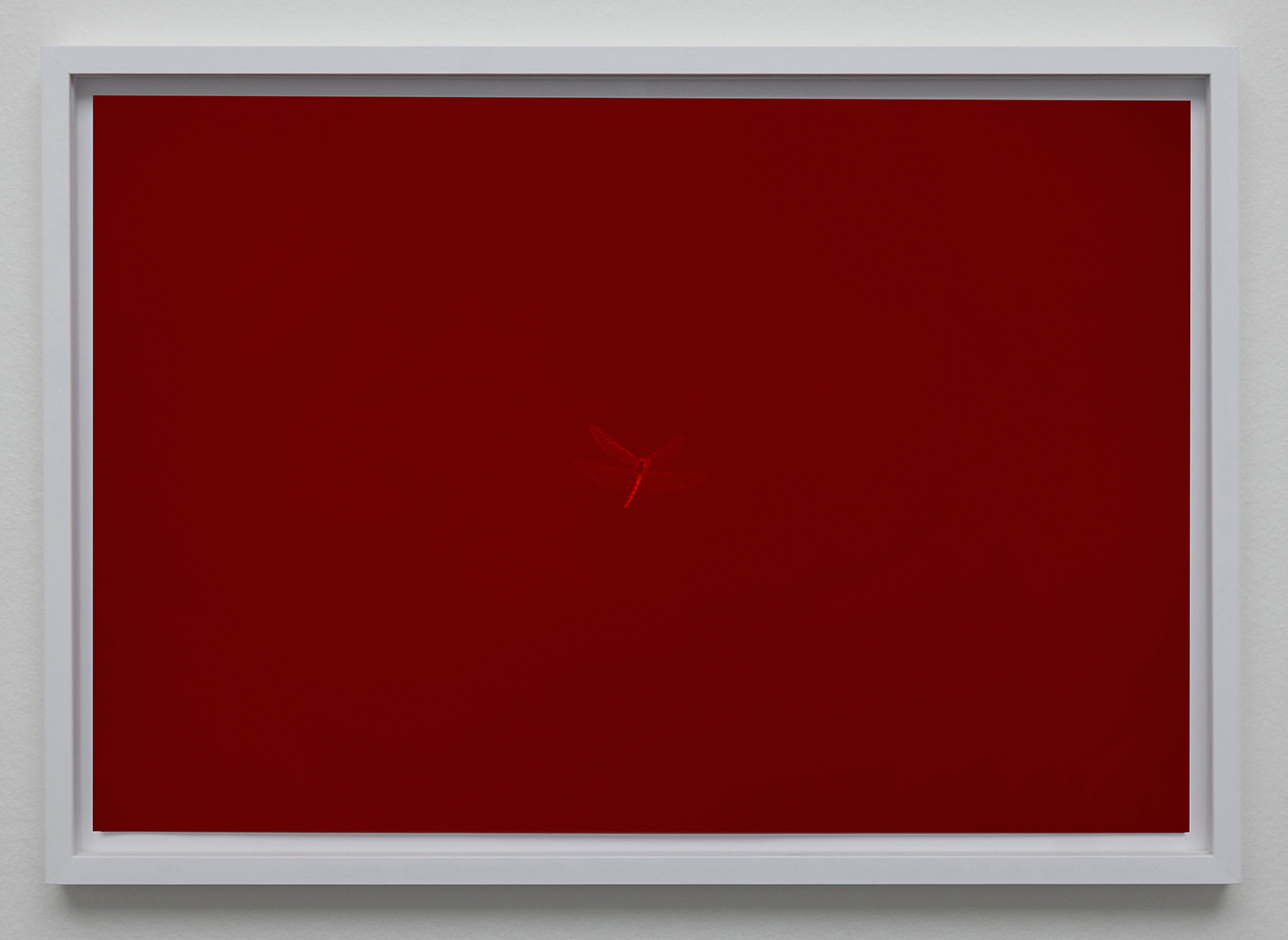


Fabrica hill
Thkio Ppalies, Nicosia, Cyprus, 2021
Group exhibition featuring artworks by Rumen Tropchev, Stelios Kallinikou, Peter Eramian and text by Haytham El-Wardany.
Thkio Ppalies exhibition documentation
their names text by Haytham El-Wardany
6 years ago we were looking to rent a shared studio and found a space in Pallouriotissa that used to be a general construction and repair machine shop called Fabrica (factory). On the garage door there was a sticker for a local plumbing services company called Thkio Ppalies. The local residential/industrial feel of the neighbourhood and the Kotsirkas river path that runs parallel enchanted us. The space needed work, it was in a state of disrepair. Thankfully we were recommended a technician who would join us and help transform it. The three of us soon became good friends. Running, managing and maintaining the space together was laborious work. Our friend- ship foundational, holding it all together, with grace.
There’s an archaeological site in Paphos called Fabrica Hill. The name is due to a cotton factory that was located there during the Middle Ages, however the site dates back to the Hellenistic-Roman period. Fabrica Hill is of great archaeological interest as it contains a number of motifs from different epochs. Situated on a limestone mountain, it is firstly a site of extraction, one of the first known underground quarries. Amongst the artificial caves are catacombs, tombs and places of worship from different eras, some of which are still in use today. During the later Roman period the site was converted into a residential district with buildings, fortifications, traces of a complex water management system and a nymphaeum. In certain parts, one may stumble upon stone carved marks that are speculated to have been used by workers as board games. Towards the south lies an ancient amphitheatre which was used for over 6 centuries until it was destroyed by an earthquake. Overlooking the site is Kings Avenue Mall.
Thkio Ppalies, Nicosia, Cyprus, 2021
Group exhibition featuring artworks by Rumen Tropchev, Stelios Kallinikou, Peter Eramian and text by Haytham El-Wardany.
Thkio Ppalies exhibition documentation
their names text by Haytham El-Wardany
6 years ago we were looking to rent a shared studio and found a space in Pallouriotissa that used to be a general construction and repair machine shop called Fabrica (factory). On the garage door there was a sticker for a local plumbing services company called Thkio Ppalies. The local residential/industrial feel of the neighbourhood and the Kotsirkas river path that runs parallel enchanted us. The space needed work, it was in a state of disrepair. Thankfully we were recommended a technician who would join us and help transform it. The three of us soon became good friends. Running, managing and maintaining the space together was laborious work. Our friend- ship foundational, holding it all together, with grace.
There’s an archaeological site in Paphos called Fabrica Hill. The name is due to a cotton factory that was located there during the Middle Ages, however the site dates back to the Hellenistic-Roman period. Fabrica Hill is of great archaeological interest as it contains a number of motifs from different epochs. Situated on a limestone mountain, it is firstly a site of extraction, one of the first known underground quarries. Amongst the artificial caves are catacombs, tombs and places of worship from different eras, some of which are still in use today. During the later Roman period the site was converted into a residential district with buildings, fortifications, traces of a complex water management system and a nymphaeum. In certain parts, one may stumble upon stone carved marks that are speculated to have been used by workers as board games. Towards the south lies an ancient amphitheatre which was used for over 6 centuries until it was destroyed by an earthquake. Overlooking the site is Kings Avenue Mall.
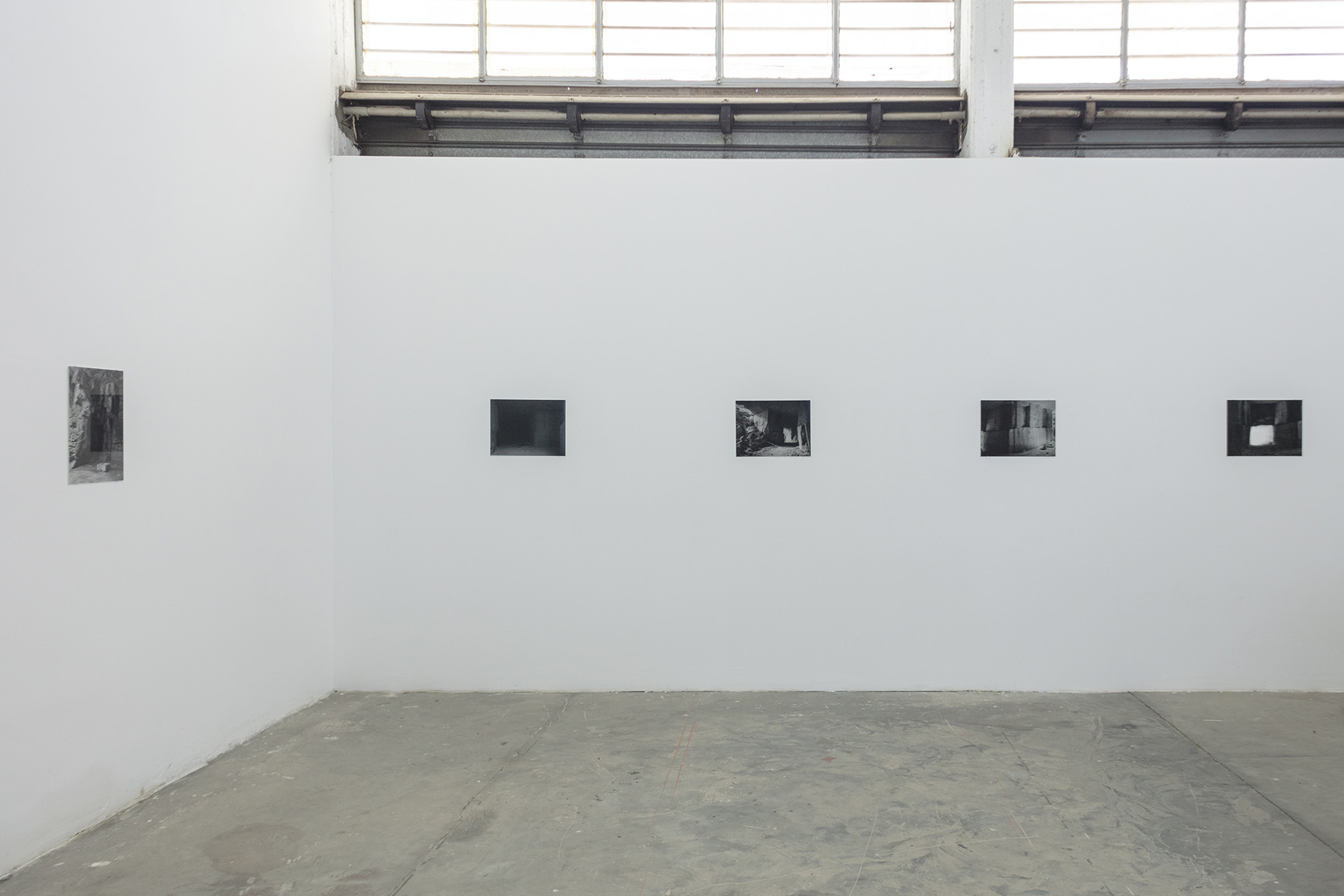
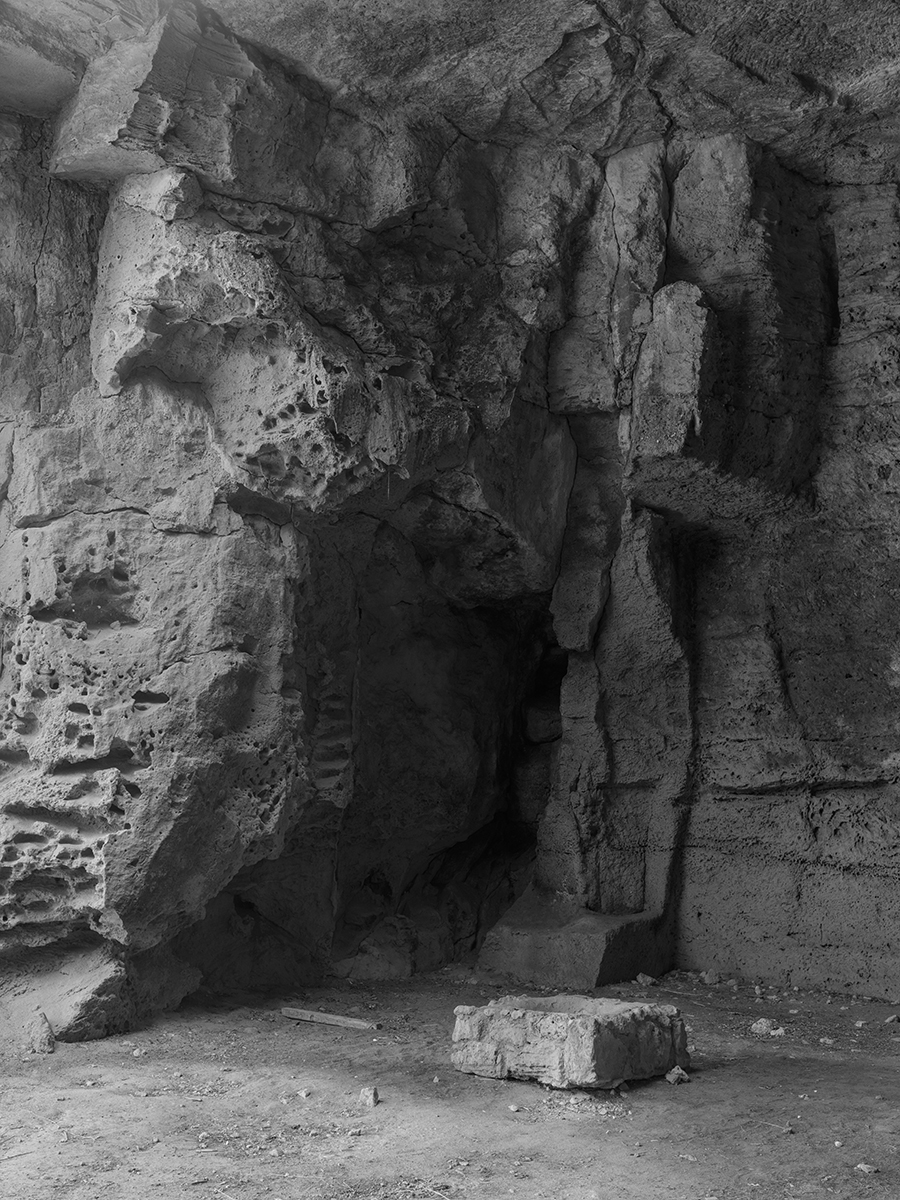
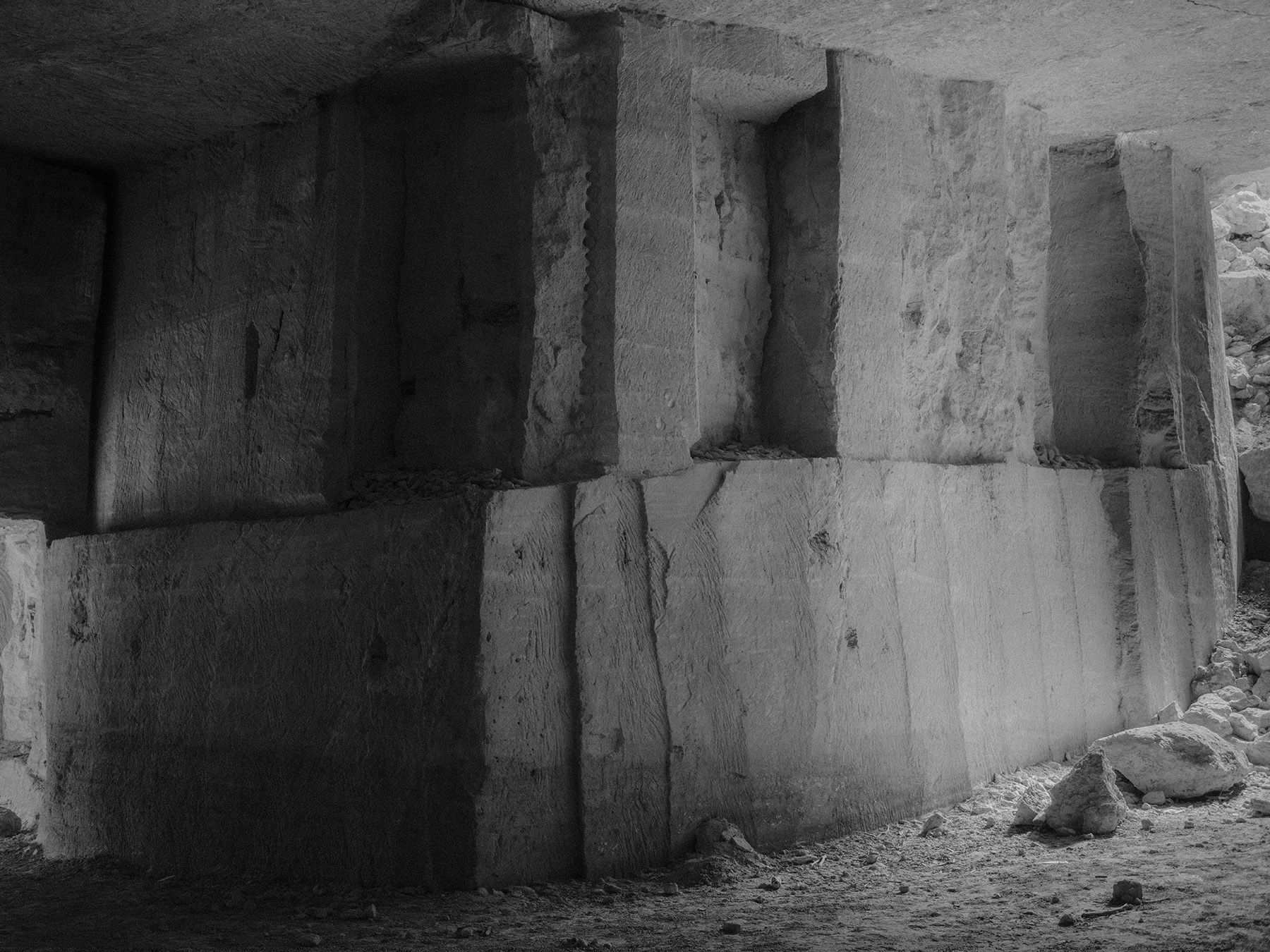
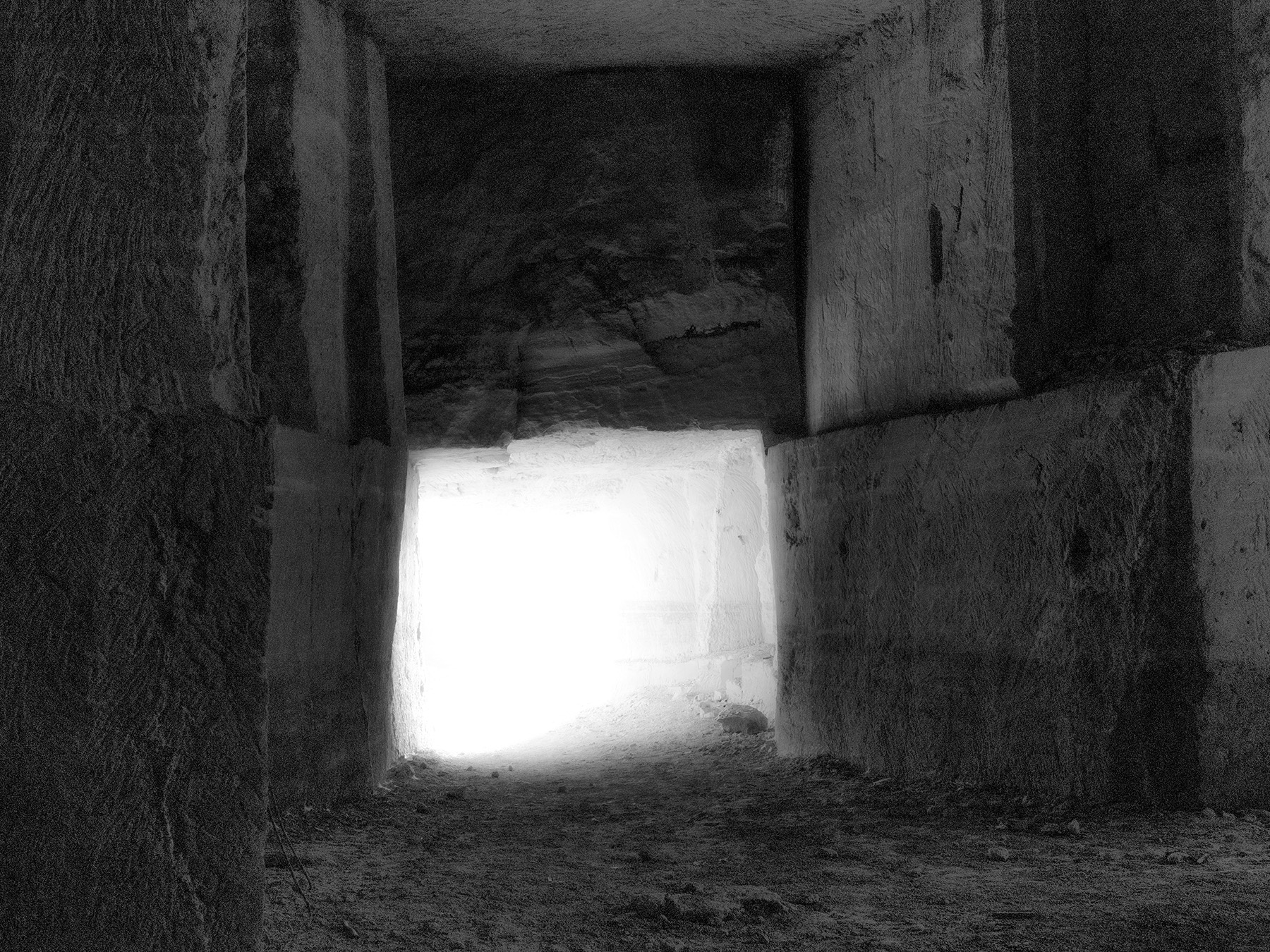
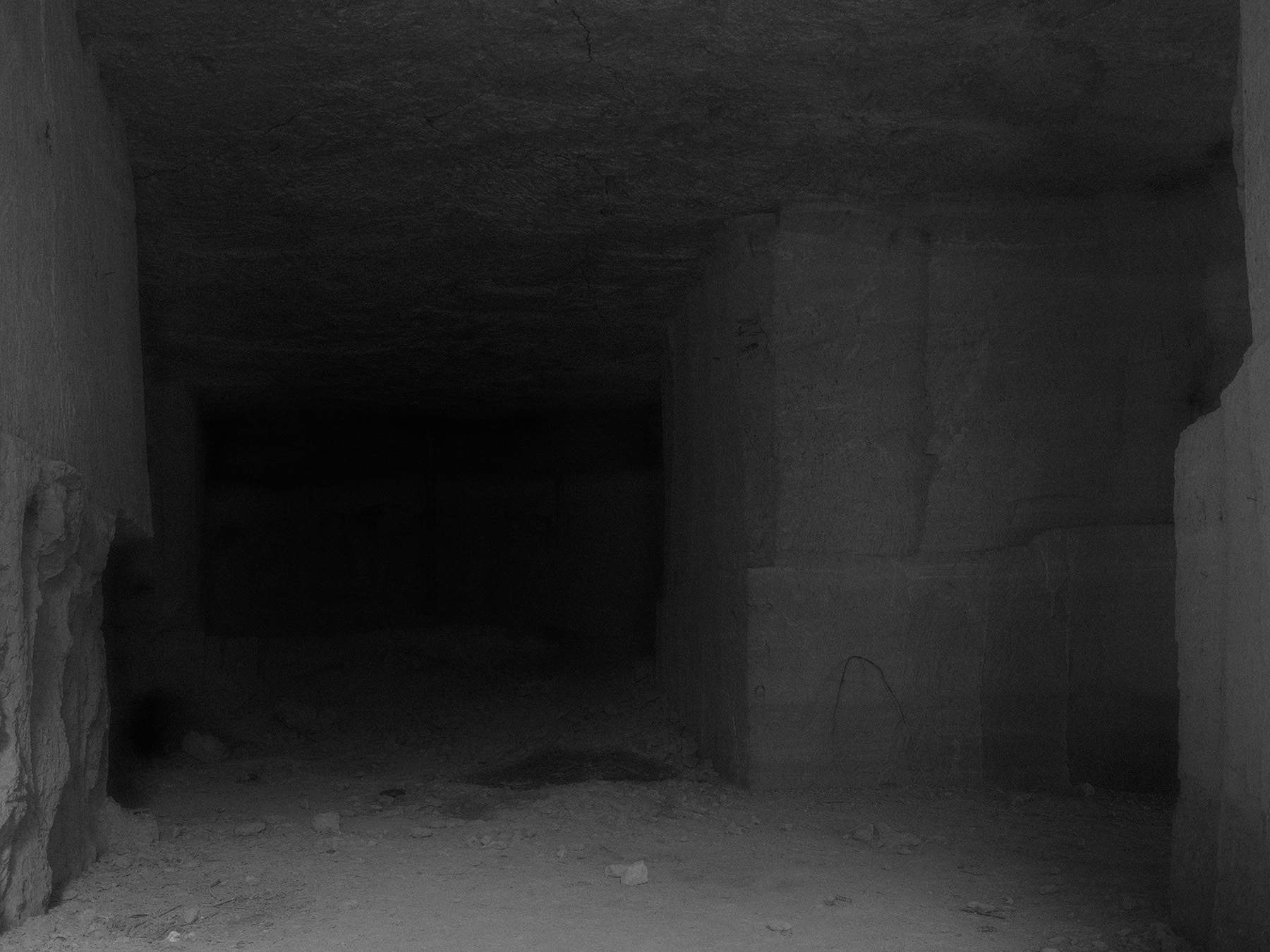

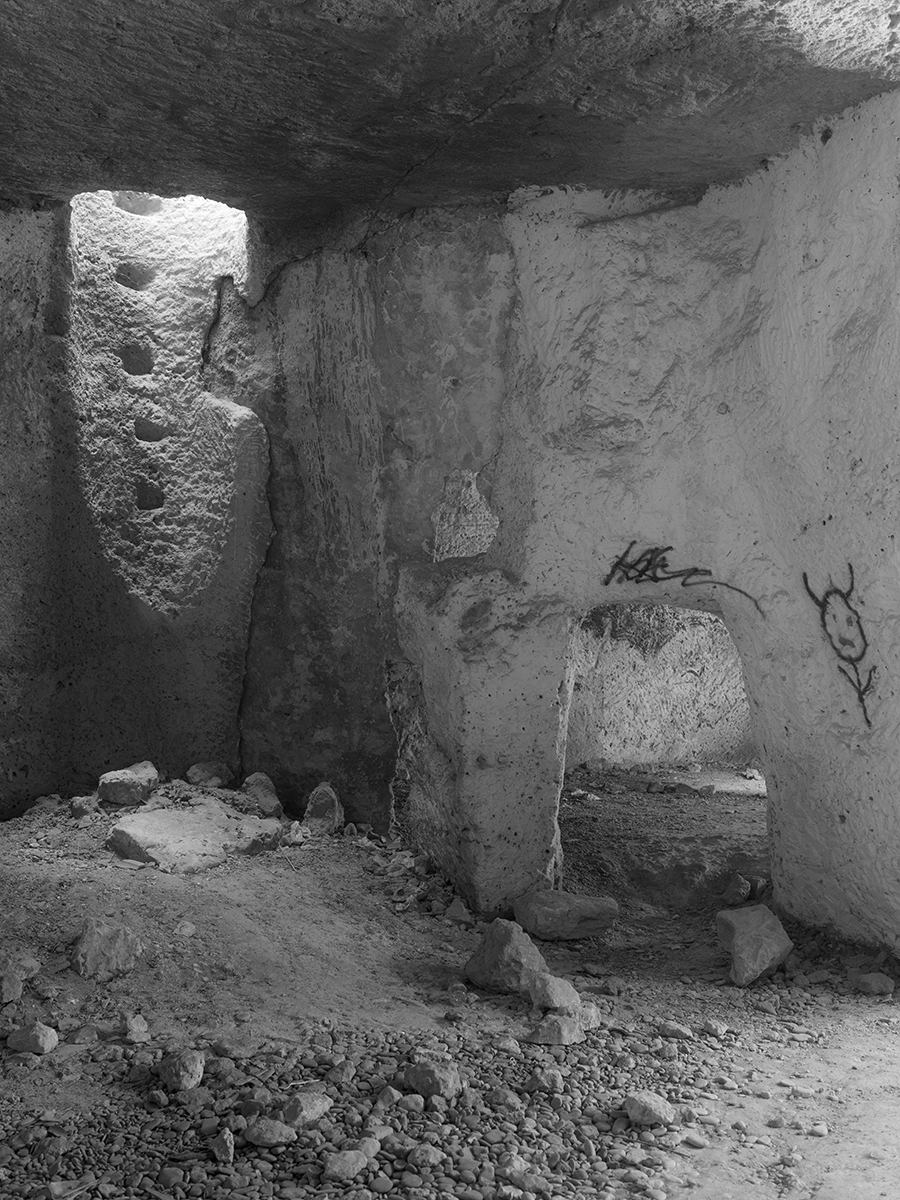


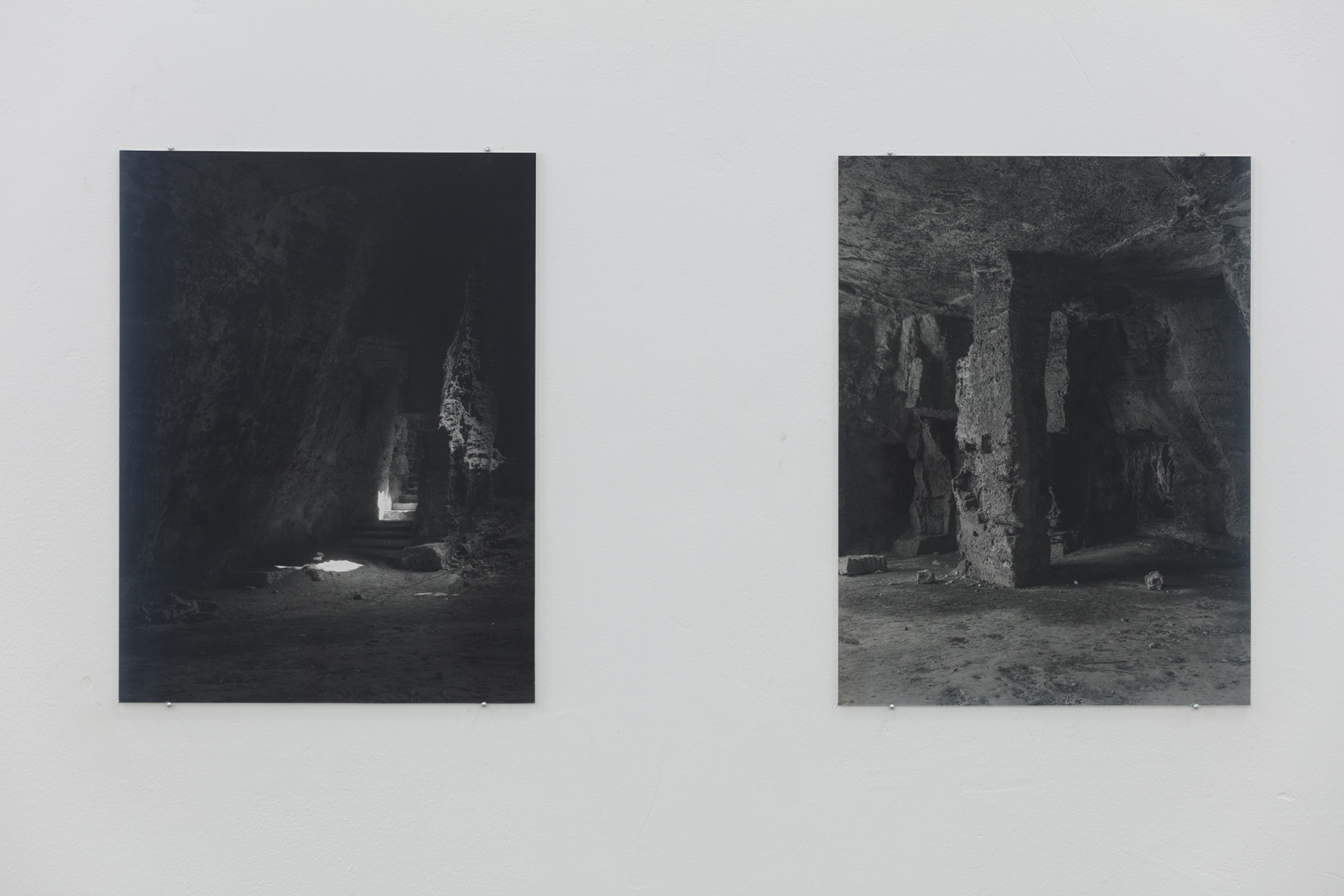
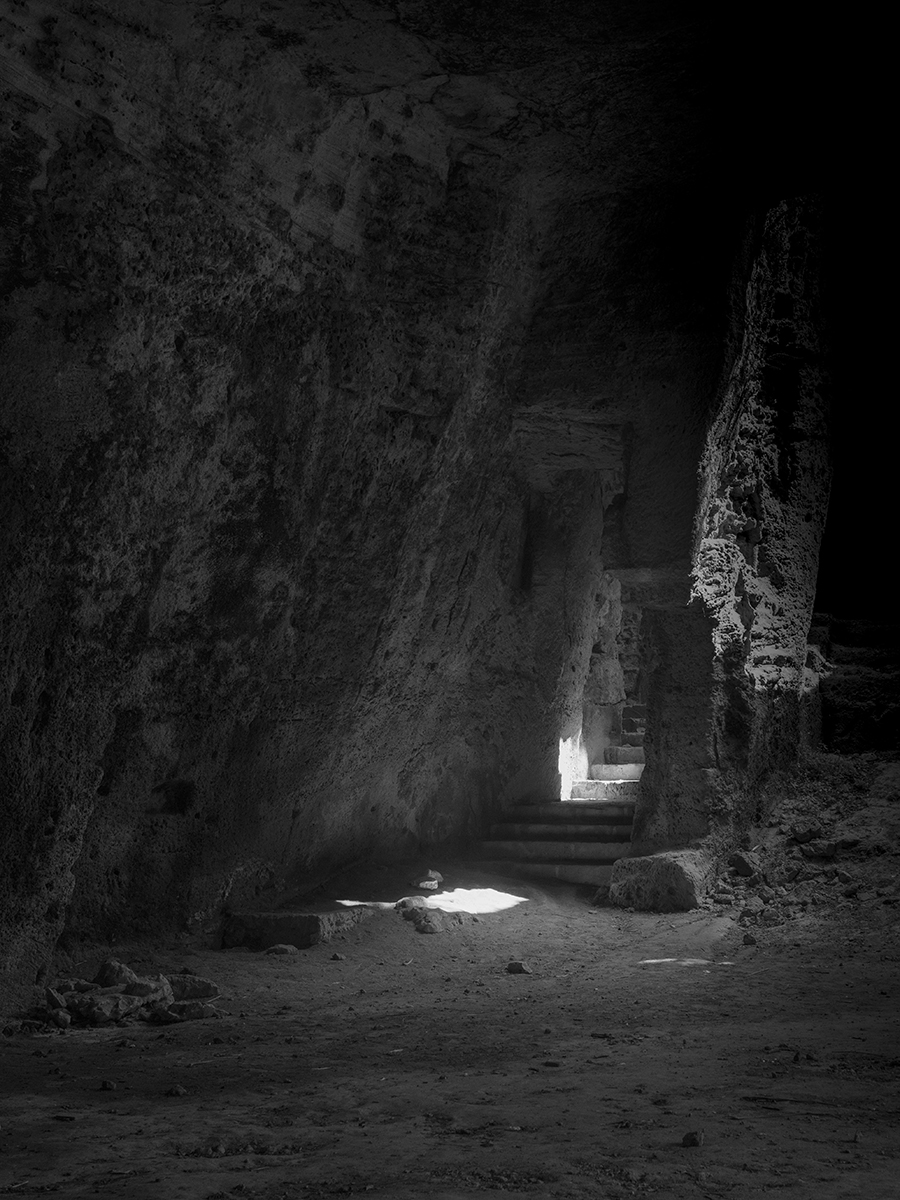
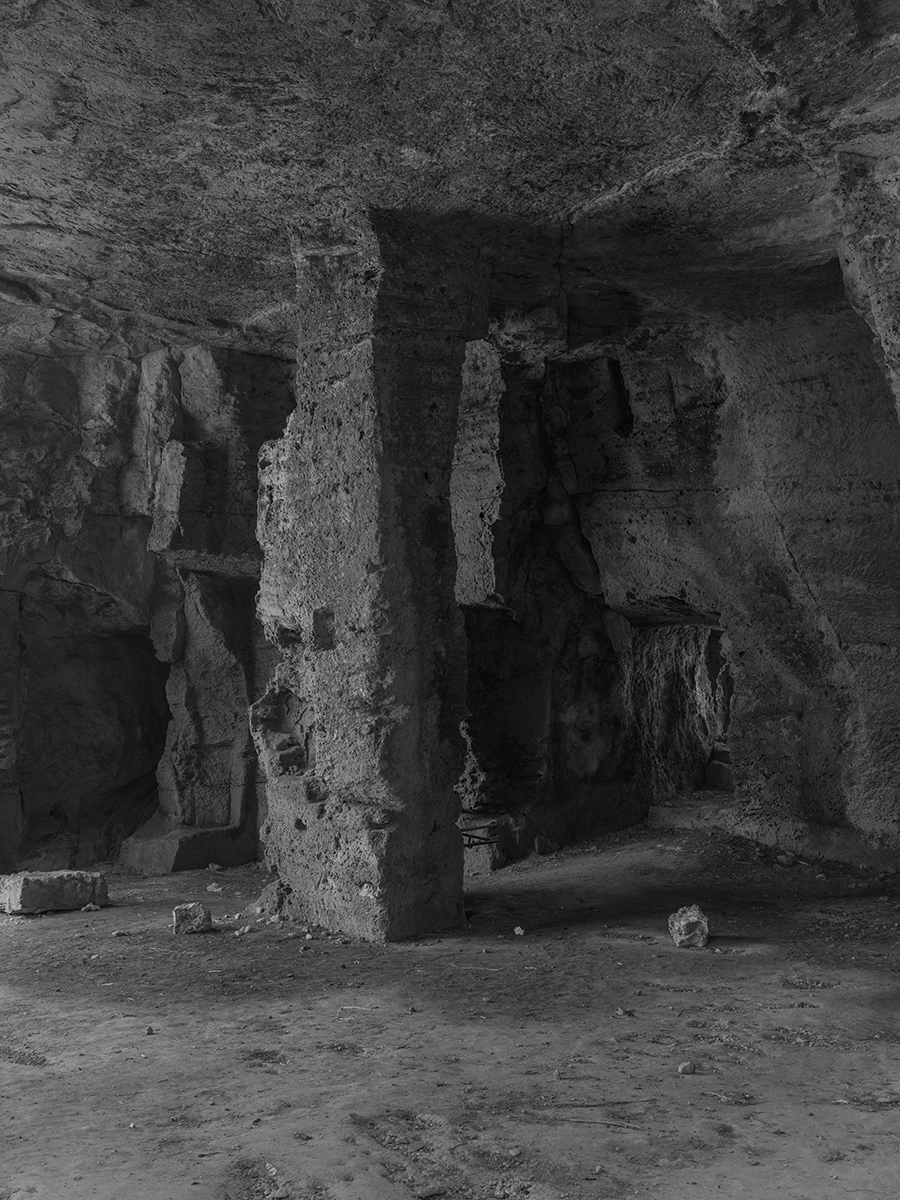
Nebokeru
Grey Noise, Dubai
2021.
In this new exhibition Kallinikou presents us with sequences of imagery, flowing into interlaced dialogues, whilst exploring the nexus between the narrative limitations of photography and consciousness. The photographic effect known as Bokeh has been defined as "the way the lens renders out-of-focus points of light”. The term comes from the Japanese word boke , which means "blur" or "haze", or boke-aji , meaning "blur quality".
The exhibition title is derived from the Japanese verb Nebokeru denoting the actions or condition of someone who is half-asleep. Images appear mythological and archeologically proto-human, connecting something primordial to the present by way of narrativising the body’s connection with the earth. In an introspective, meditative pace, Kallinikou brings works together constructing a world serving as a speculative scenario, through which he can better envisage his relationship to politics of vision, challenging the ways in which such mechanisms influence our experience.
Grey Noise, Dubai
2021.
In this new exhibition Kallinikou presents us with sequences of imagery, flowing into interlaced dialogues, whilst exploring the nexus between the narrative limitations of photography and consciousness. The photographic effect known as Bokeh has been defined as "the way the lens renders out-of-focus points of light”. The term comes from the Japanese word boke , which means "blur" or "haze", or boke-aji , meaning "blur quality".
The exhibition title is derived from the Japanese verb Nebokeru denoting the actions or condition of someone who is half-asleep. Images appear mythological and archeologically proto-human, connecting something primordial to the present by way of narrativising the body’s connection with the earth. In an introspective, meditative pace, Kallinikou brings works together constructing a world serving as a speculative scenario, through which he can better envisage his relationship to politics of vision, challenging the ways in which such mechanisms influence our experience.



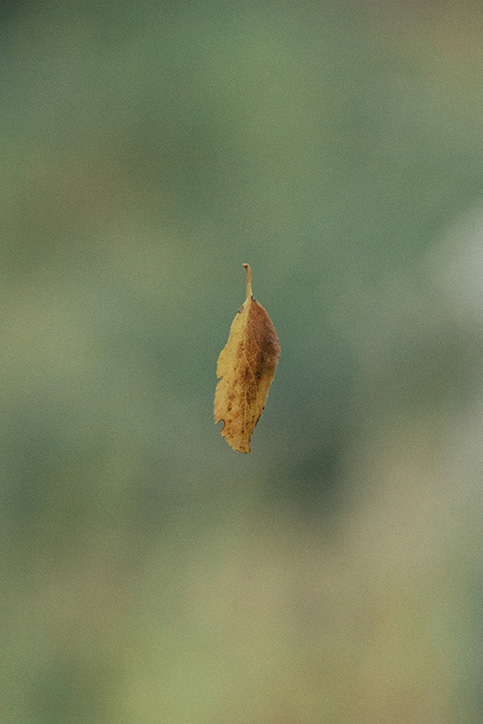

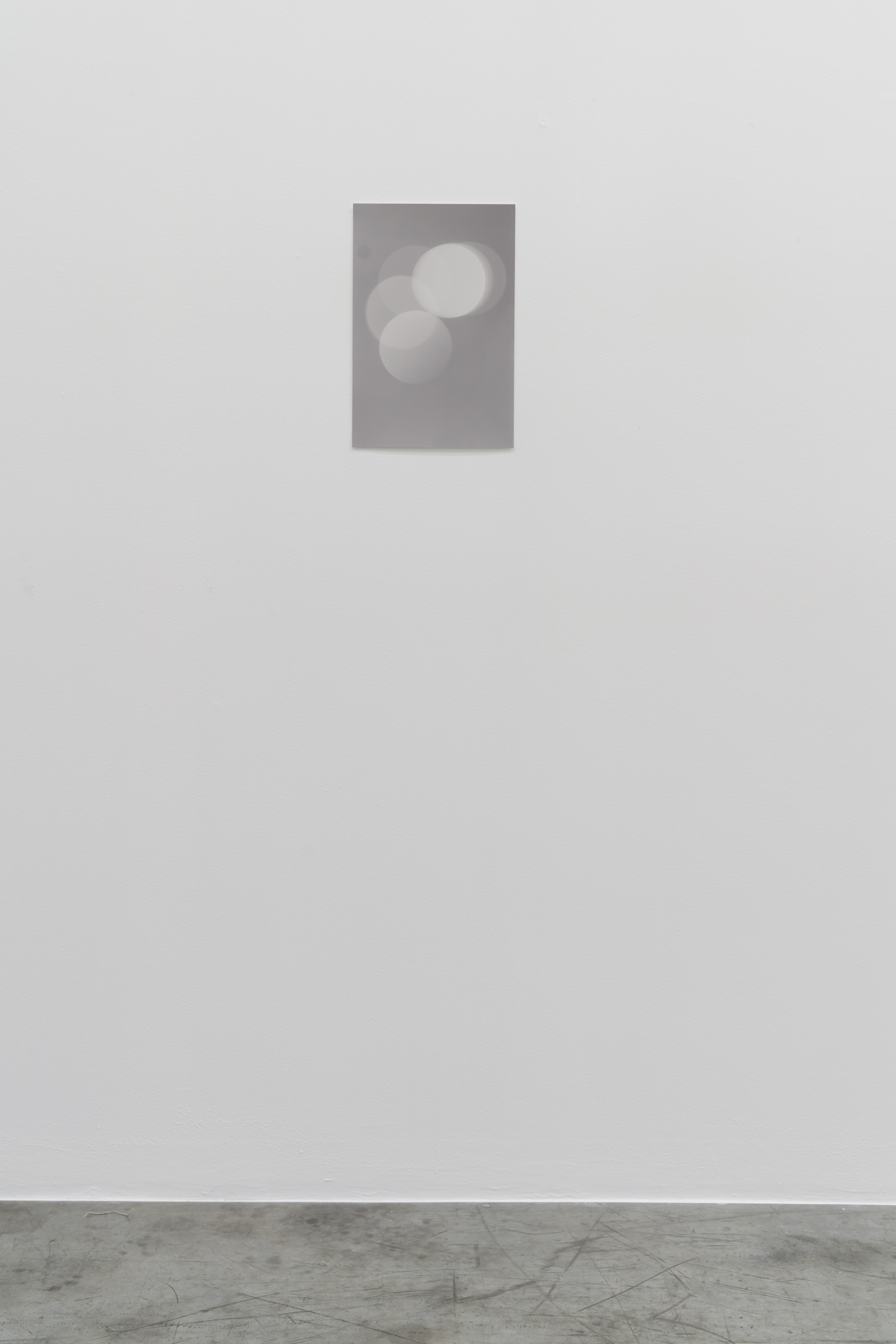
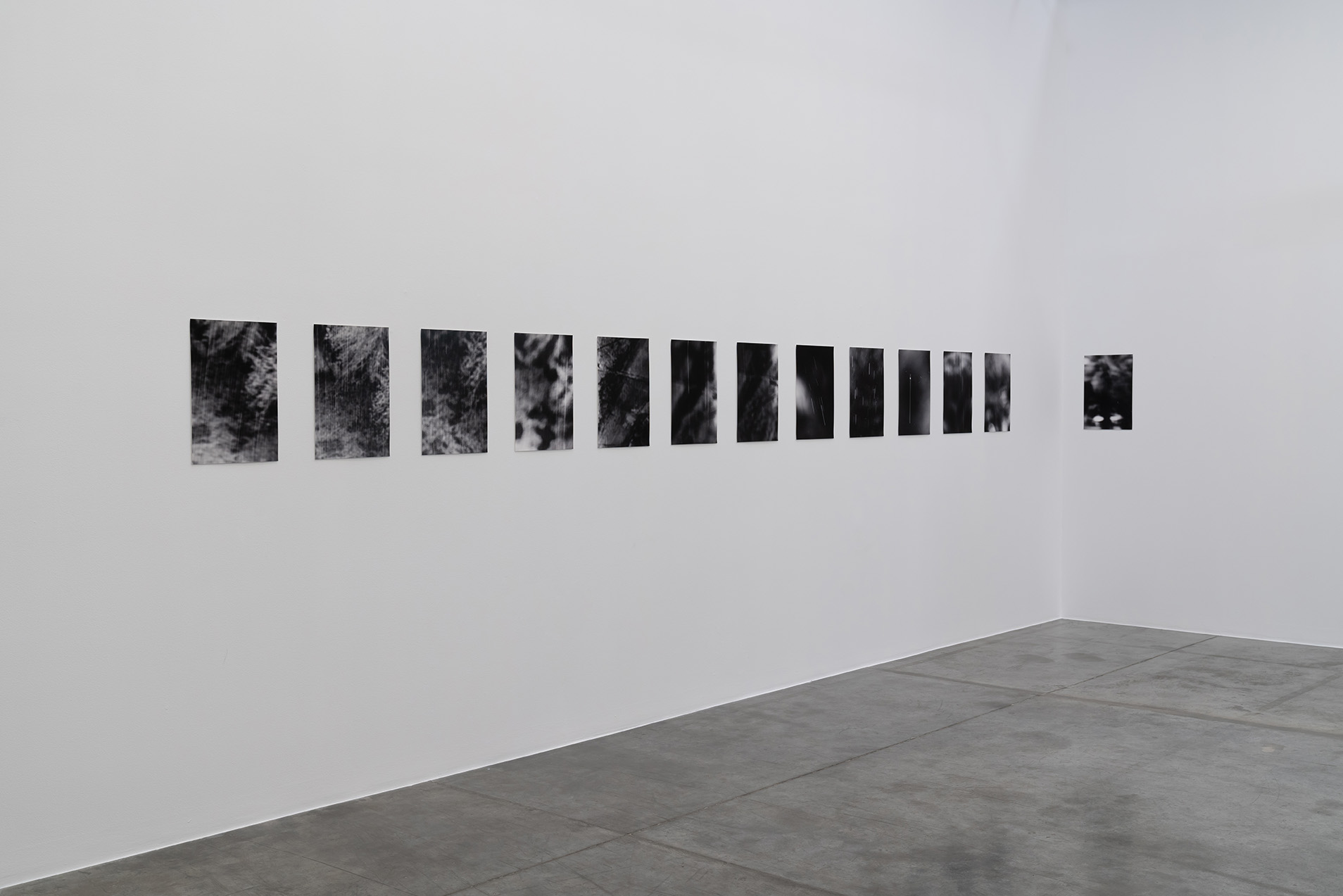
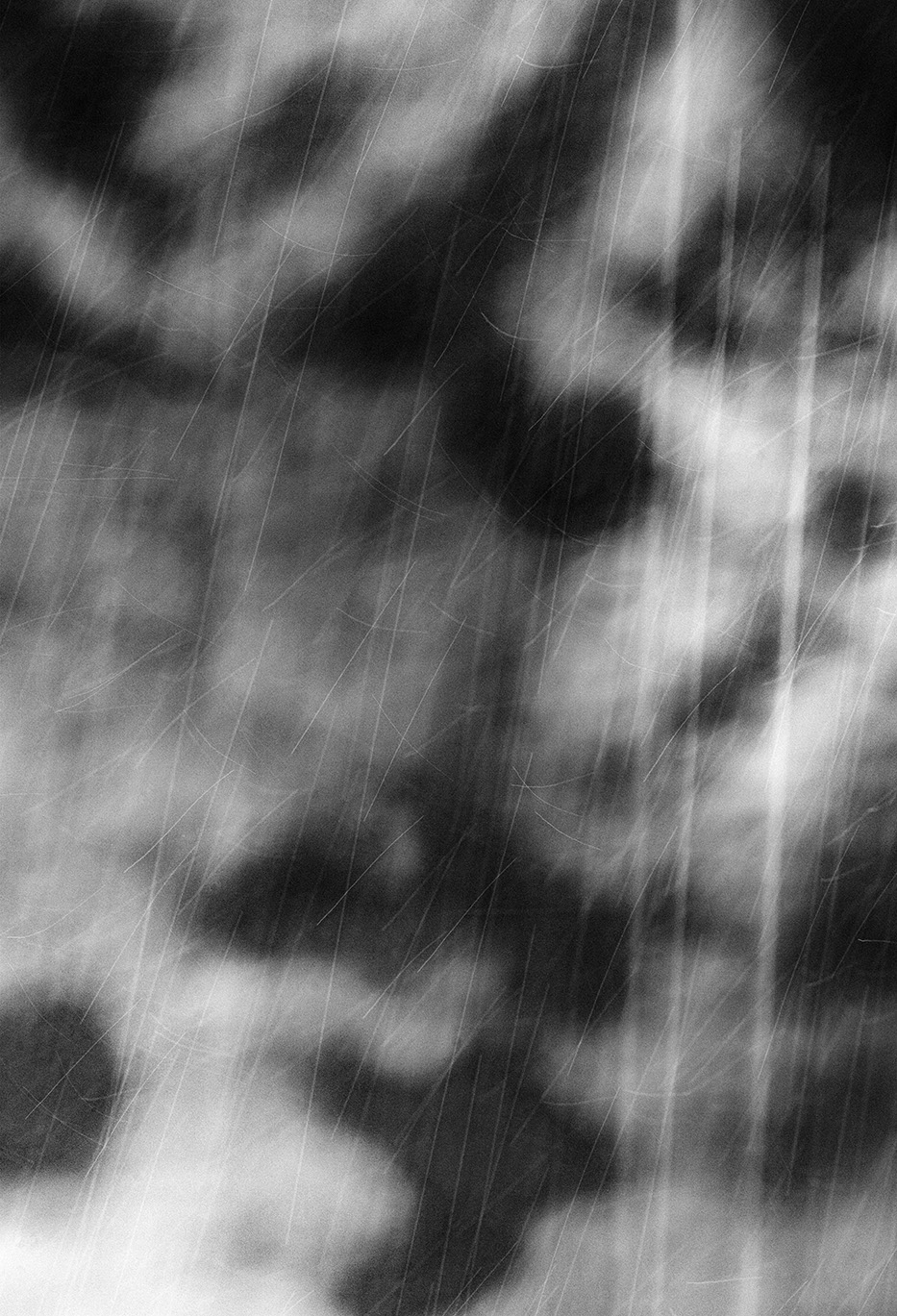

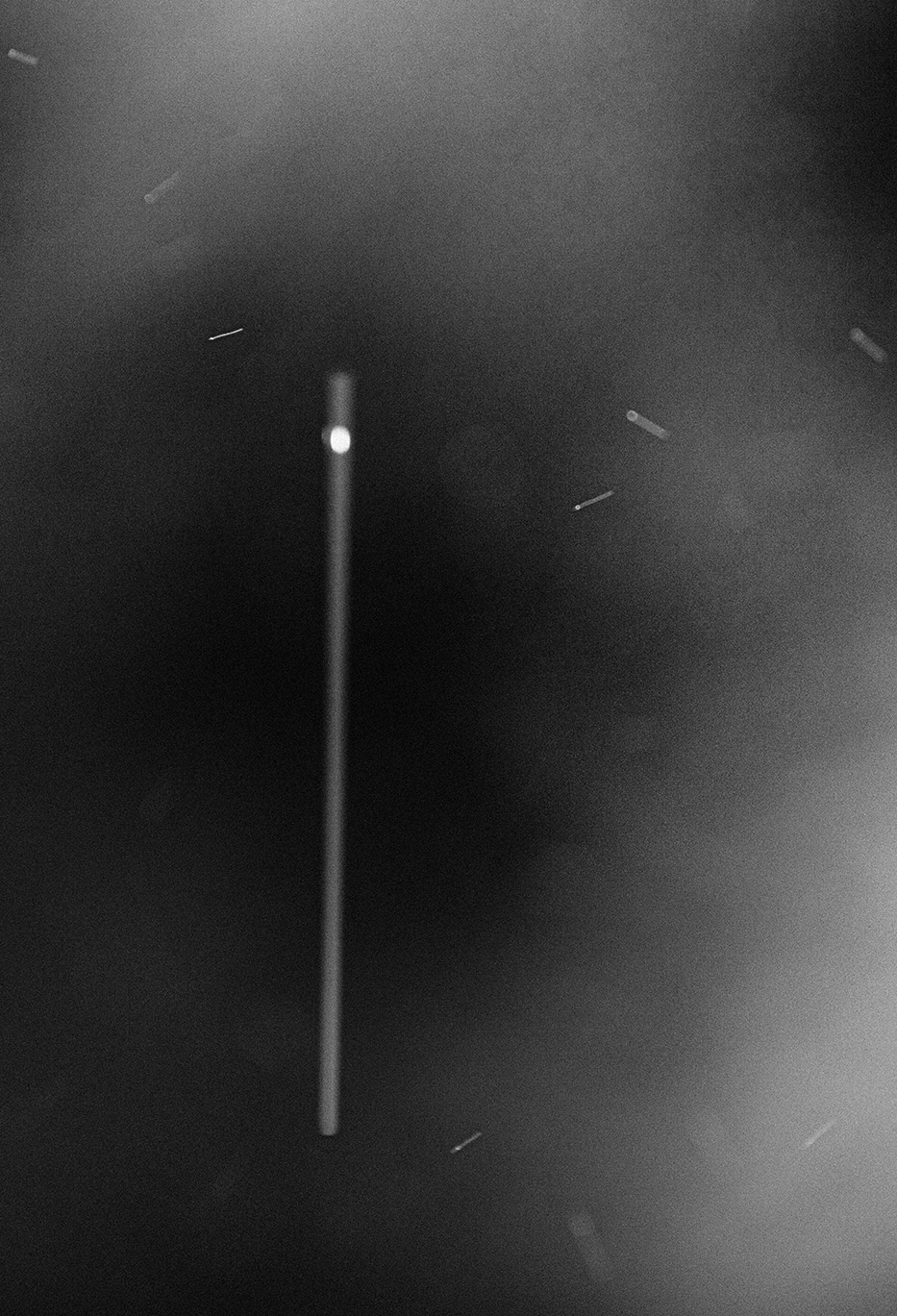
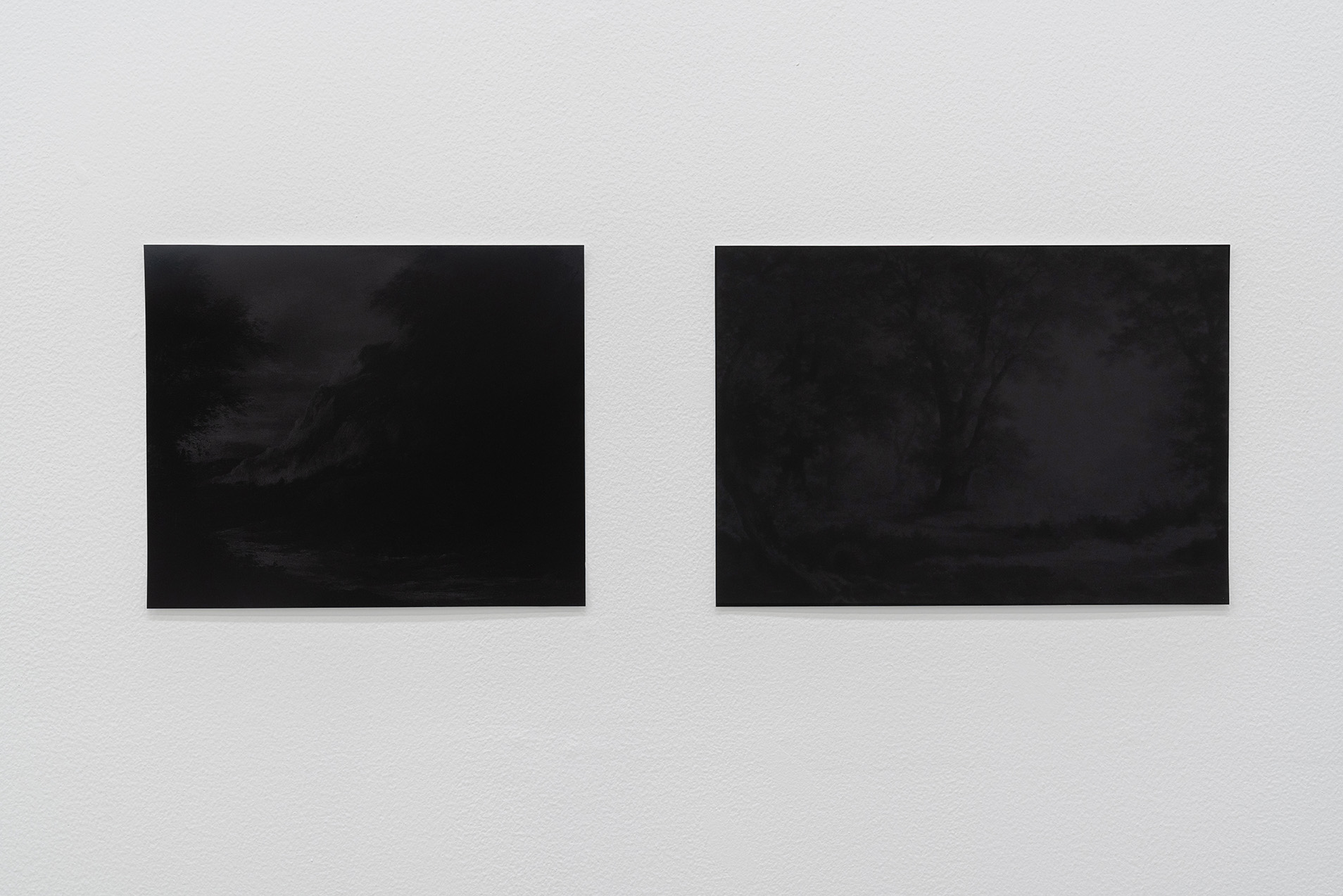

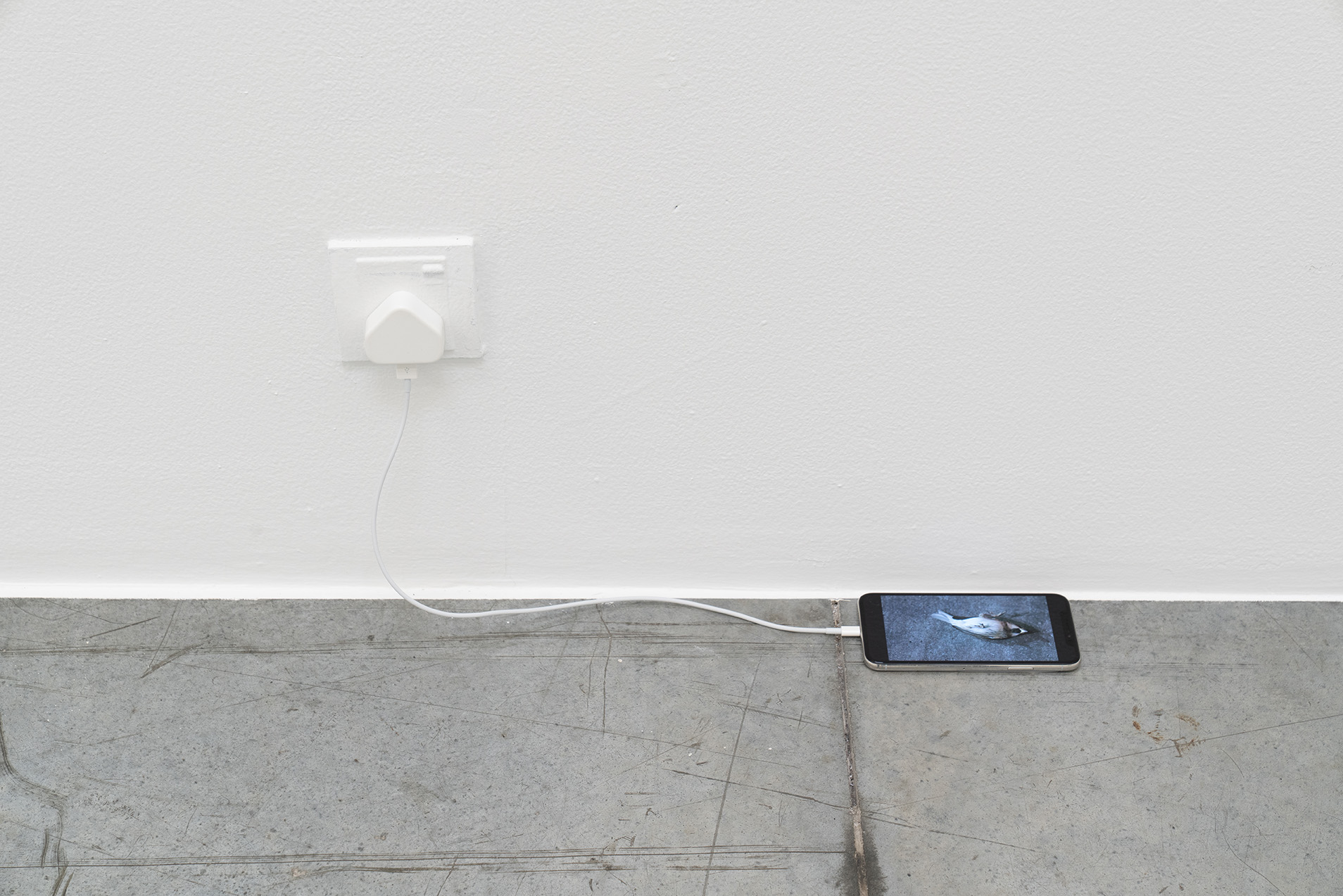
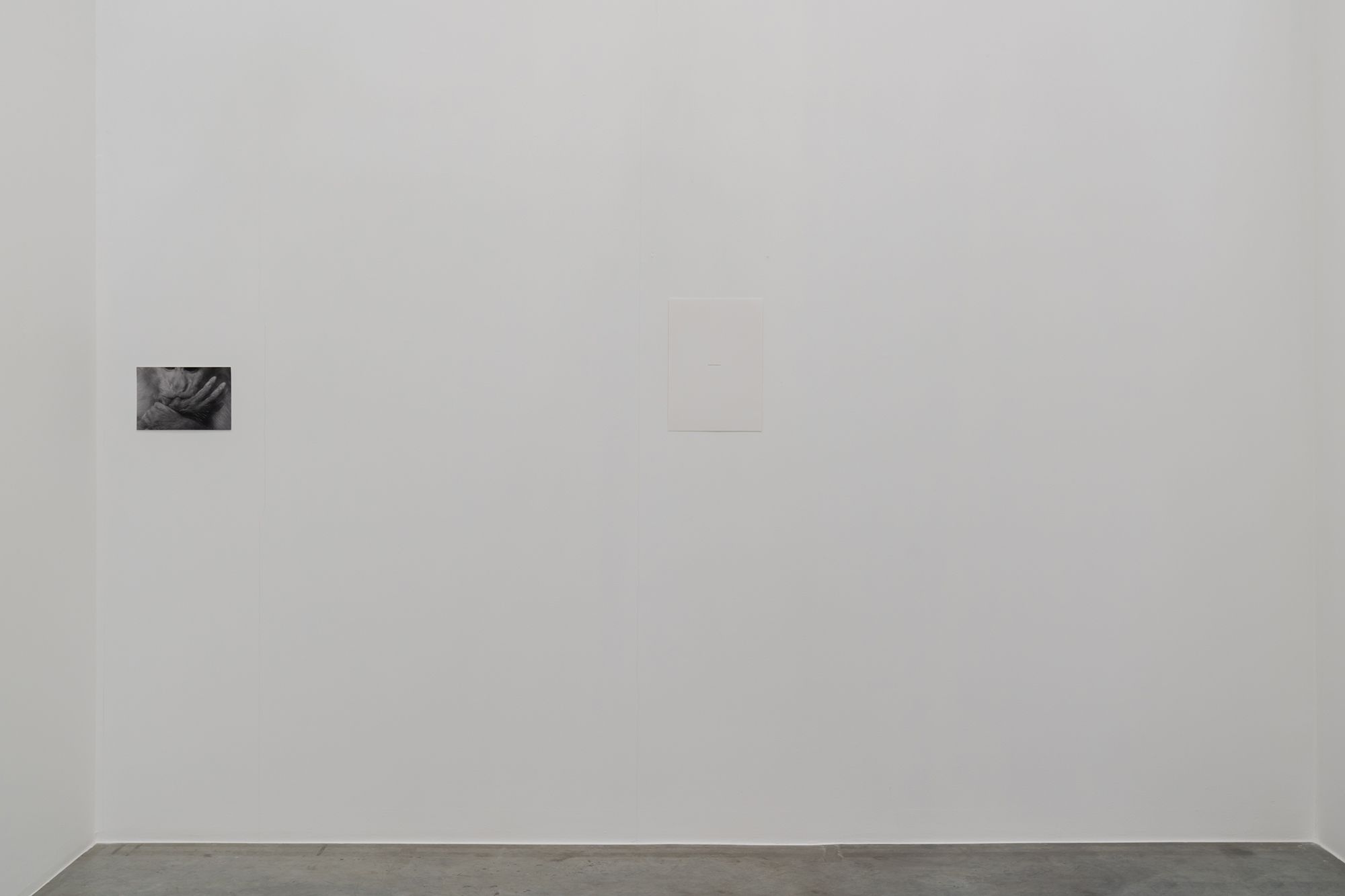
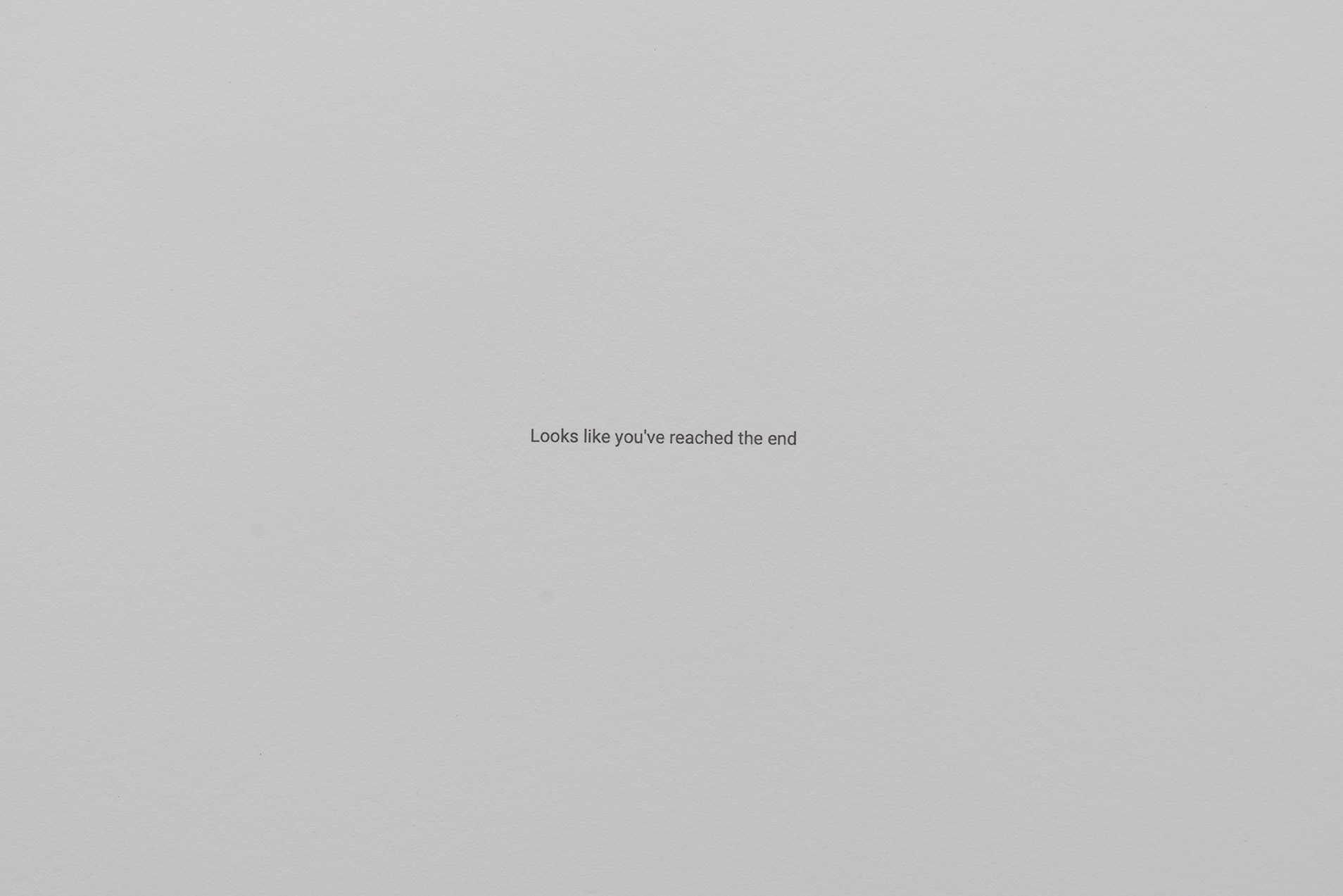


Howlings and optical illusions
Saigon, Athens, Greece, 2020
Look at what it's doing, see it?
It's becoming blurry by itself!
You can’t see anything now.
You can see it from my phone right?
Did you get it?
Yes I got it
Yes yes yes yes it’s definitely something
White light Bright White
Moving towards the east.
P.S. "μεῖνον μεθ᾿ ἡμῶν, ὅτι πρὸς ἑσπέραν ἐστὶ καὶ κέκλικεν ἡ ἡμέρα
Saigon, Athens, Greece, 2020
Look at what it's doing, see it?
It's becoming blurry by itself!
You can’t see anything now.
You can see it from my phone right?
Did you get it?
Yes I got it
Yes yes yes yes it’s definitely something
White light Bright White
Moving towards the east.
P.S. "μεῖνον μεθ᾿ ἡμῶν, ὅτι πρὸς ἑσπέραν ἐστὶ καὶ κέκλικεν ἡ ἡμέρα




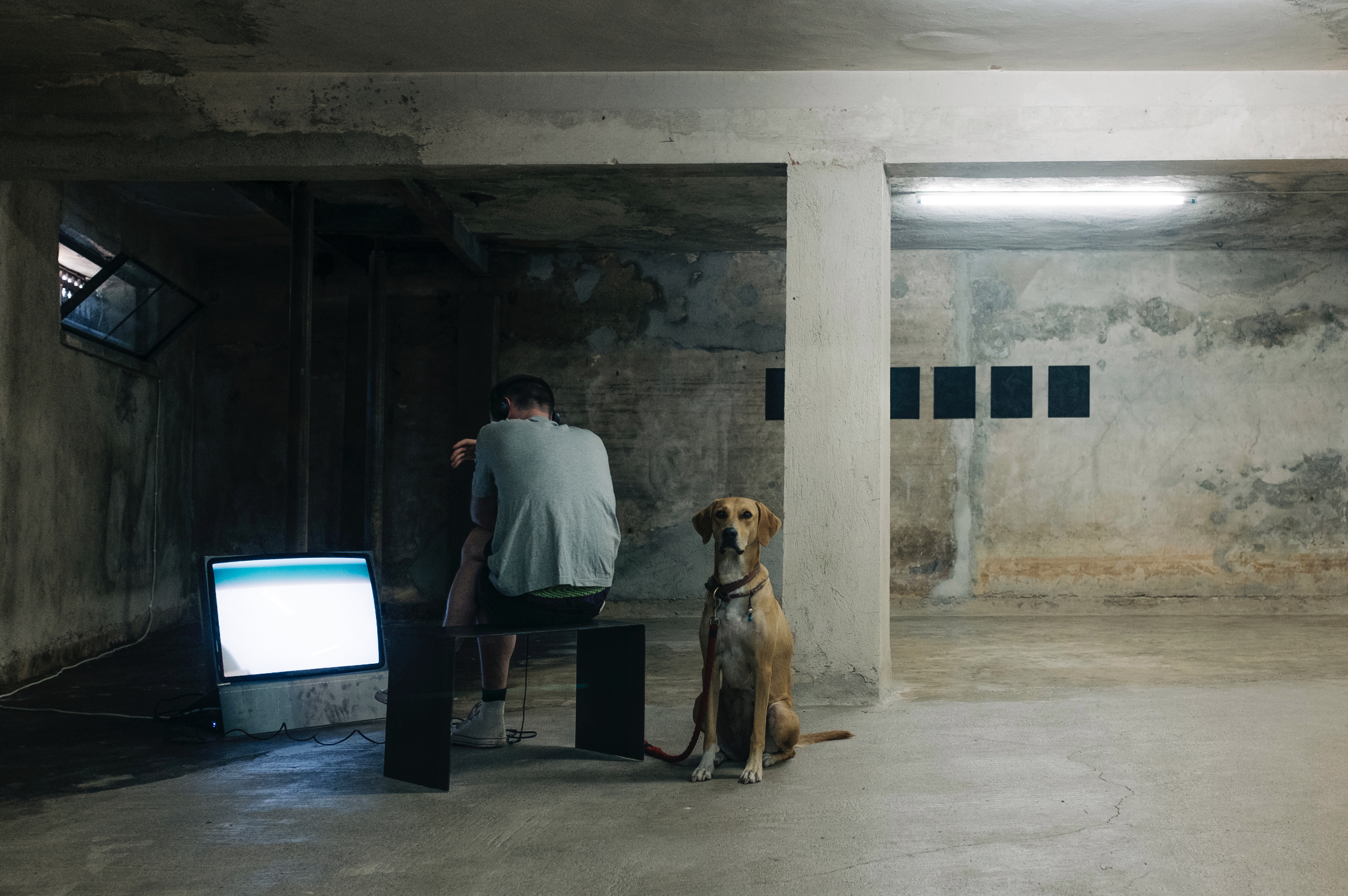






hypersurfacing
NiMAC, Nicosia, Cyprus
Installation at the Nicosia Municipal Arts Centre as part of the exhibition Hypersurfacing curated by Marina Christodoulidou.
2019-2020.
In Star gaze Stelios Kallinikou climbs up Mount Olympus—the highest peak in Cyprus—and creates astrophotography depicting the starry sky and the condensation of his breath. These images assimilate the mechanical operation of the camera and, at the same time, the respiratory function of the body. Radar station focuses both on the RAF (Royal Air Force) Troodos station, one of the main British overseas military installations—in the Troodos mountains since 1878, and on the Starbrook wide-field telescope of the BNSC (British National Space Centre), situated on the same spot since 2016. In these images a colonial gaze is juxtaposed with the critical eye of the artist. Nearby, a young Μoufflon, also in the Troodos area, gazes at the camera. Finally, a fragment of a painting, depicting four naked legs at the lower part of a flat grey surface, forms the work rcsaerh. The narration lays ahead.
Artists: Raissa Angeli, Peter Eramian, Stelios Kallinikou, Lito Kattou, Phanos Kyriacou, Orestis Lazouras, Nayia Savva, Constantinos Taliotis, Maria Toumazou, Leontios Toumpouris, Marina Xenofontos, Natalie Yiaxi
For more read exhibition essay by Misal Adnan Yıldız
NiMAC, Nicosia, Cyprus
Installation at the Nicosia Municipal Arts Centre as part of the exhibition Hypersurfacing curated by Marina Christodoulidou.
2019-2020.
In Star gaze Stelios Kallinikou climbs up Mount Olympus—the highest peak in Cyprus—and creates astrophotography depicting the starry sky and the condensation of his breath. These images assimilate the mechanical operation of the camera and, at the same time, the respiratory function of the body. Radar station focuses both on the RAF (Royal Air Force) Troodos station, one of the main British overseas military installations—in the Troodos mountains since 1878, and on the Starbrook wide-field telescope of the BNSC (British National Space Centre), situated on the same spot since 2016. In these images a colonial gaze is juxtaposed with the critical eye of the artist. Nearby, a young Μoufflon, also in the Troodos area, gazes at the camera. Finally, a fragment of a painting, depicting four naked legs at the lower part of a flat grey surface, forms the work rcsaerh. The narration lays ahead.
Artists: Raissa Angeli, Peter Eramian, Stelios Kallinikou, Lito Kattou, Phanos Kyriacou, Orestis Lazouras, Nayia Savva, Constantinos Taliotis, Maria Toumazou, Leontios Toumpouris, Marina Xenofontos, Natalie Yiaxi
For more read exhibition essay by Misal Adnan Yıldız
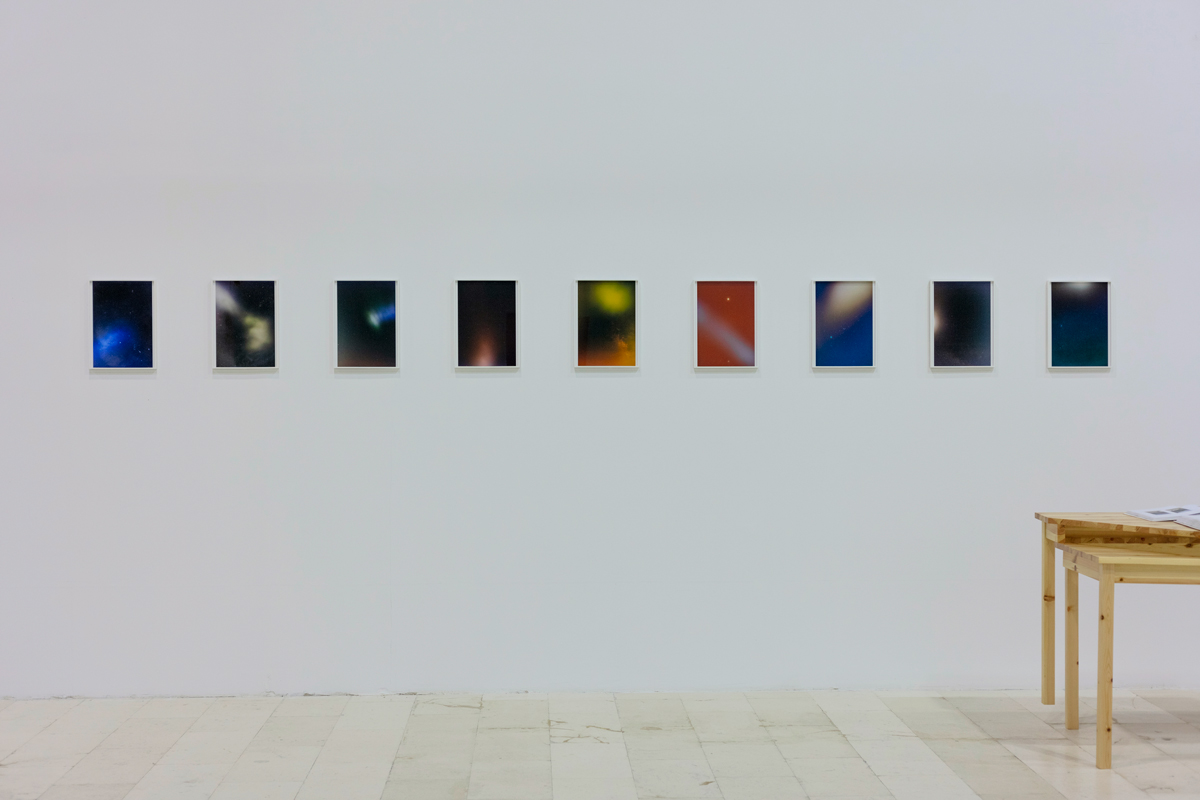





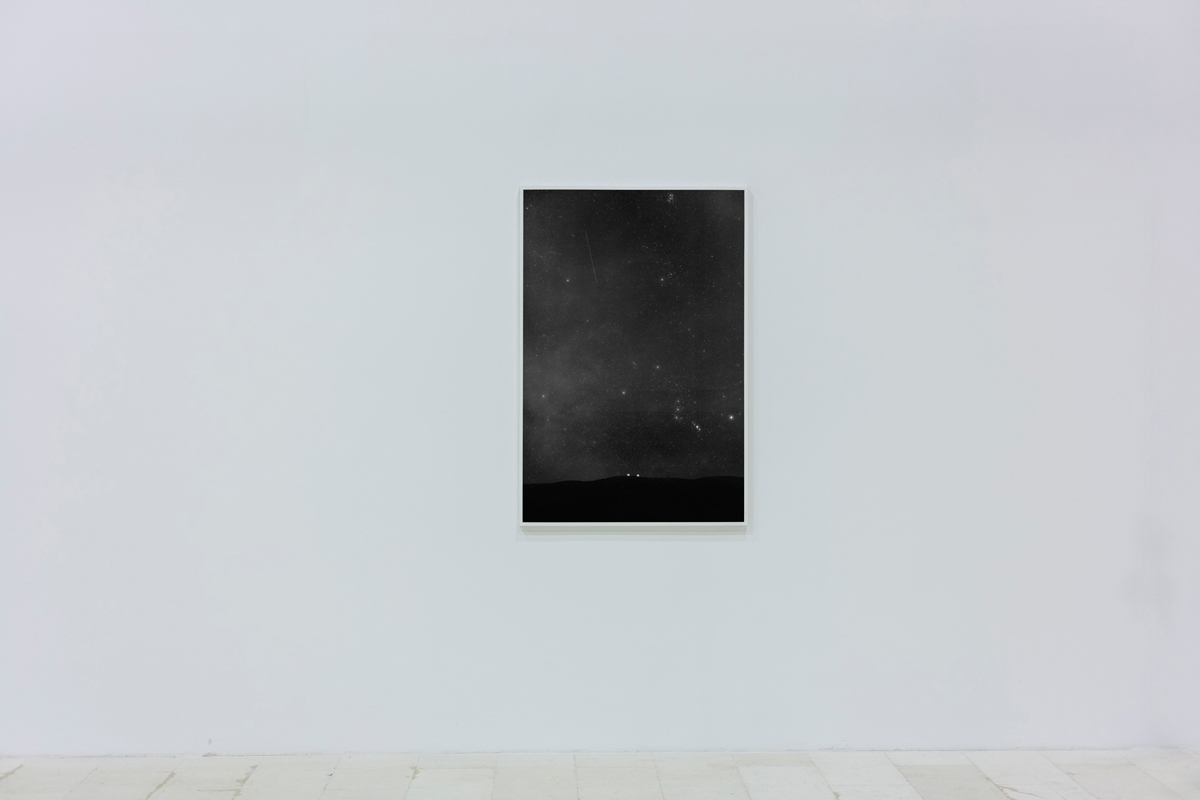
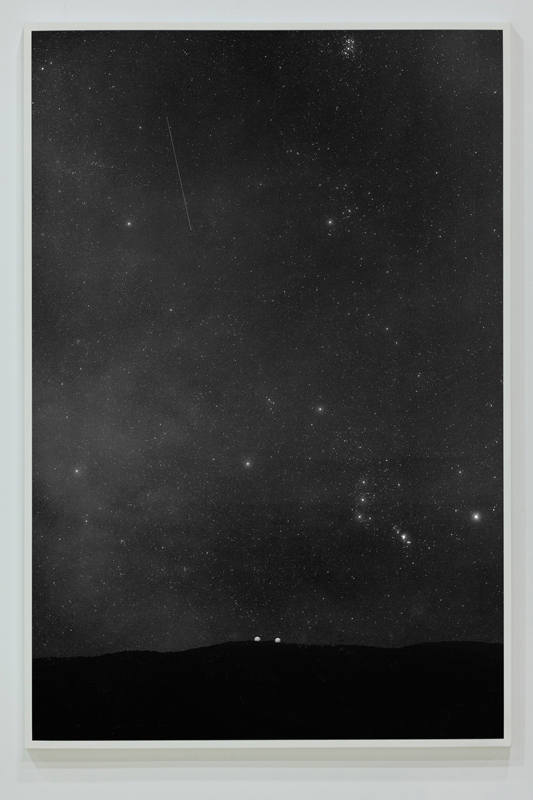
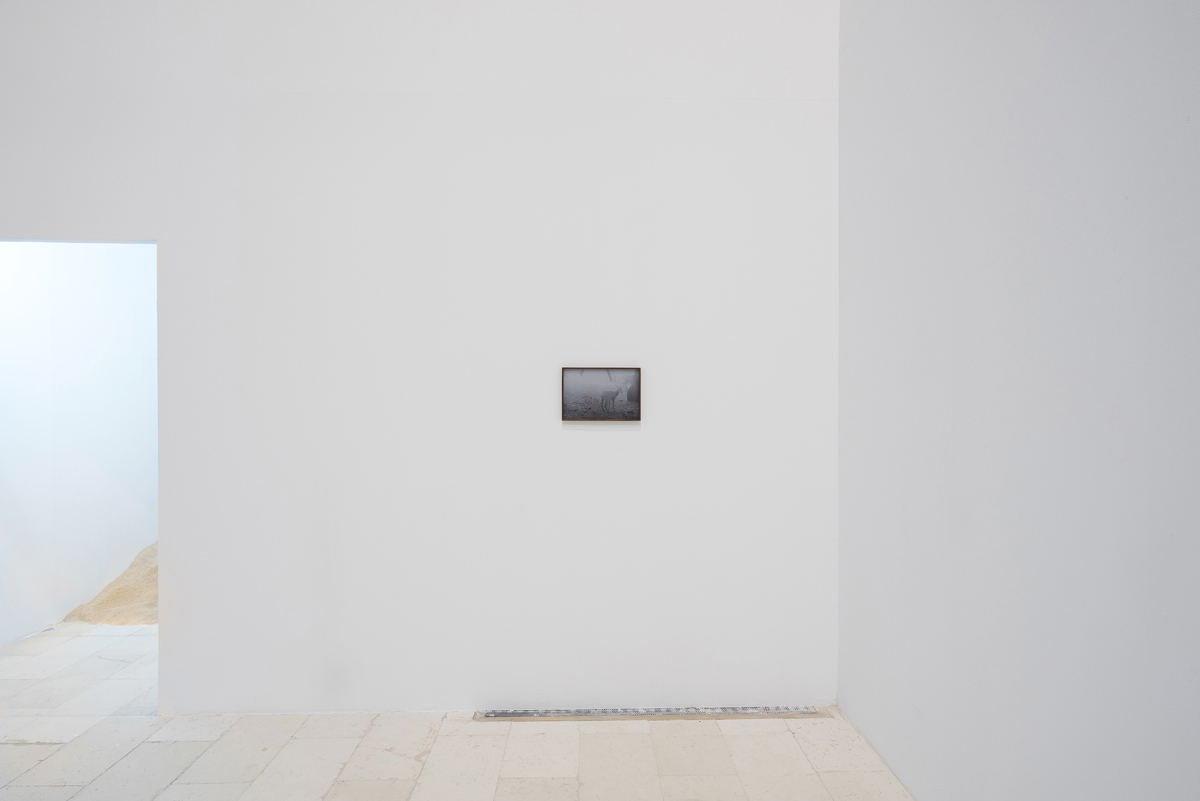
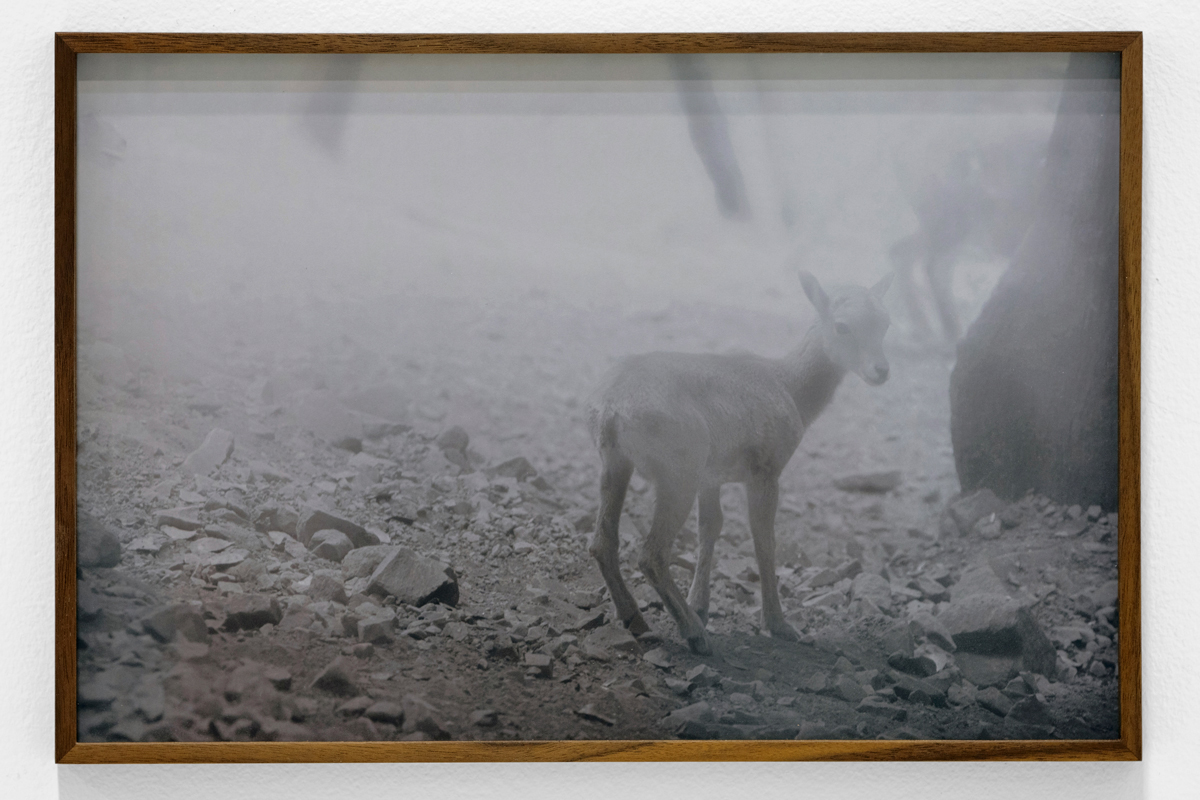
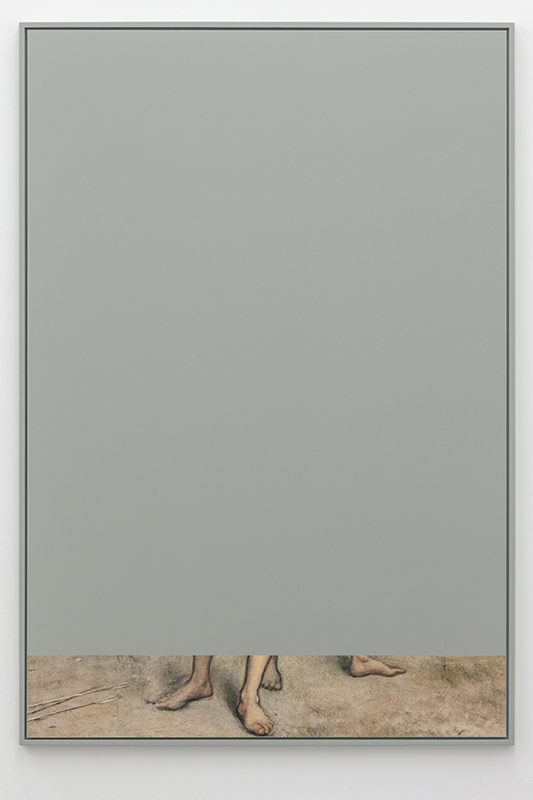
Nymphaeaceae
Point Centre for Contemporary Art
Nicosia, Cyprus, 2019
Kallinikou for this exhibition present works from his long term project entitled “The Garden of Peace and Desire”. This time he turns his gaze on the Nicosia Municipal Gardens, located behind the parliament house and next to the Green Line. Its set up started during the English rule and it was originally named ‘Victoria’s Garden’, in honour of the namesake queen. In 1968, almost ten years after Cyprus independence, the prominent Cypriot architect Neoptolemos Michaelides undertook the area’s remodeling. He replaced ‘Victoria’s Garden’ with a "Cypriot garden" of endemic plants that develops "freely", as he himself put it. The garden was renamed as ‘The Garden of Peace’.Kallinikou enters this politically charged space and concentrates on the locations and visible traces of sexual activity, moving within a new architecture indicated by the needs of “cruising”. In Where are you going young man, handsome like a legend (2016-17) the artist scouted out, in the rough forests of Cyprus, the hideouts created from the organization EOKA during the campaign for Cypriot self-determination against the British rule (1955-59). In The Garden of Peace and Desire he further develops his thought on how nature, in the guise of the municipal garden, acts as a hide out -this time for desire, becoming by extension an arena for the fight for the self-determination of the body itself.
Point Centre for Contemporary Art
Nicosia, Cyprus, 2019
Kallinikou for this exhibition present works from his long term project entitled “The Garden of Peace and Desire”. This time he turns his gaze on the Nicosia Municipal Gardens, located behind the parliament house and next to the Green Line. Its set up started during the English rule and it was originally named ‘Victoria’s Garden’, in honour of the namesake queen. In 1968, almost ten years after Cyprus independence, the prominent Cypriot architect Neoptolemos Michaelides undertook the area’s remodeling. He replaced ‘Victoria’s Garden’ with a "Cypriot garden" of endemic plants that develops "freely", as he himself put it. The garden was renamed as ‘The Garden of Peace’.Kallinikou enters this politically charged space and concentrates on the locations and visible traces of sexual activity, moving within a new architecture indicated by the needs of “cruising”. In Where are you going young man, handsome like a legend (2016-17) the artist scouted out, in the rough forests of Cyprus, the hideouts created from the organization EOKA during the campaign for Cypriot self-determination against the British rule (1955-59). In The Garden of Peace and Desire he further develops his thought on how nature, in the guise of the municipal garden, acts as a hide out -this time for desire, becoming by extension an arena for the fight for the self-determination of the body itself.
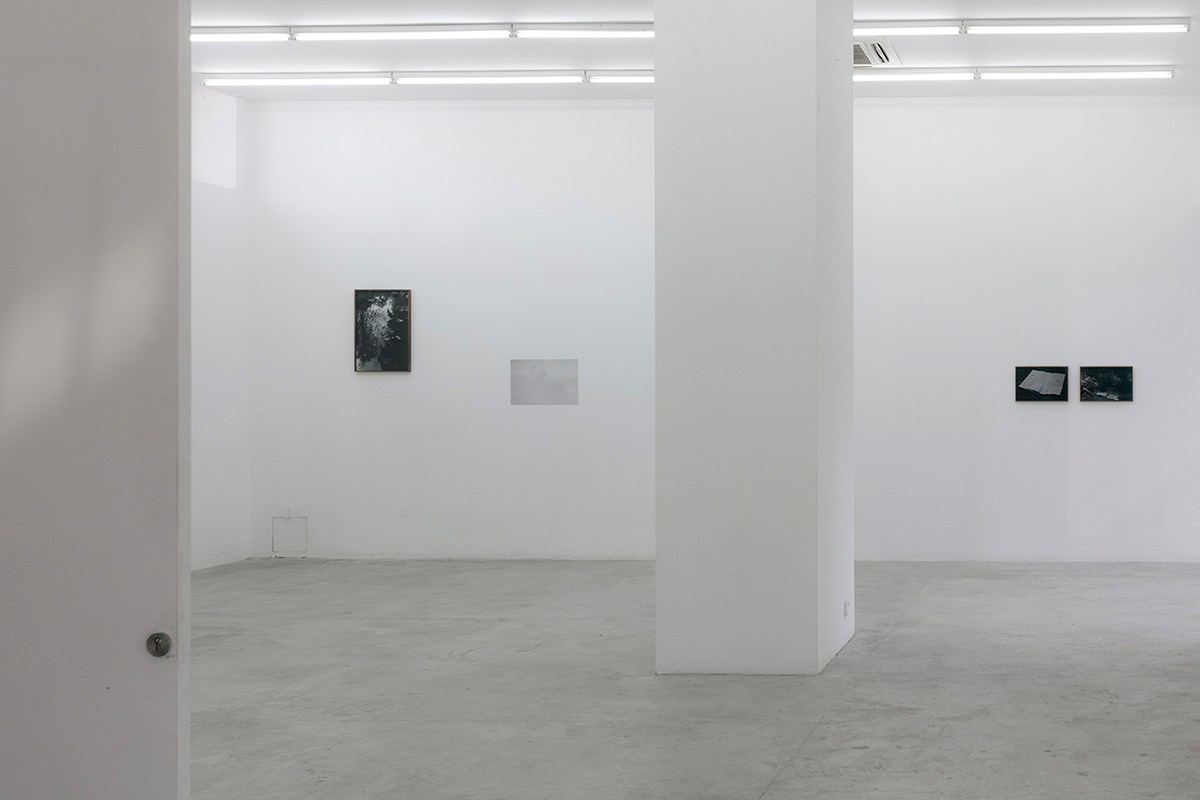
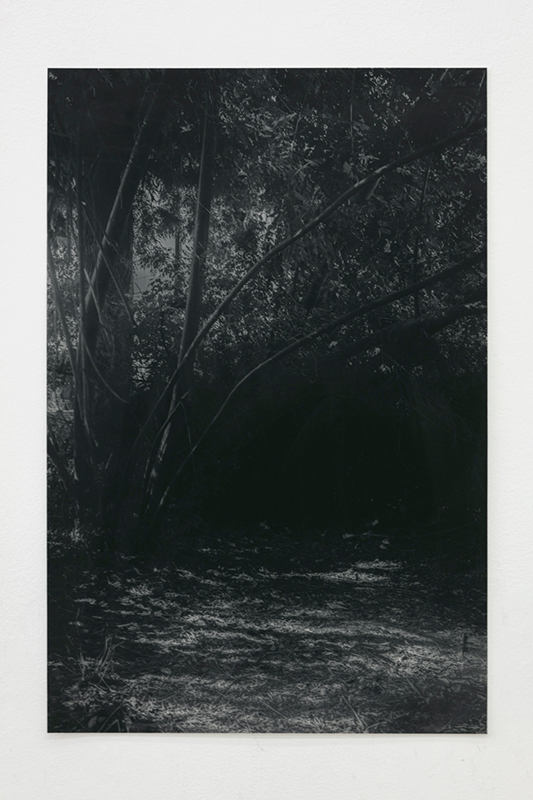
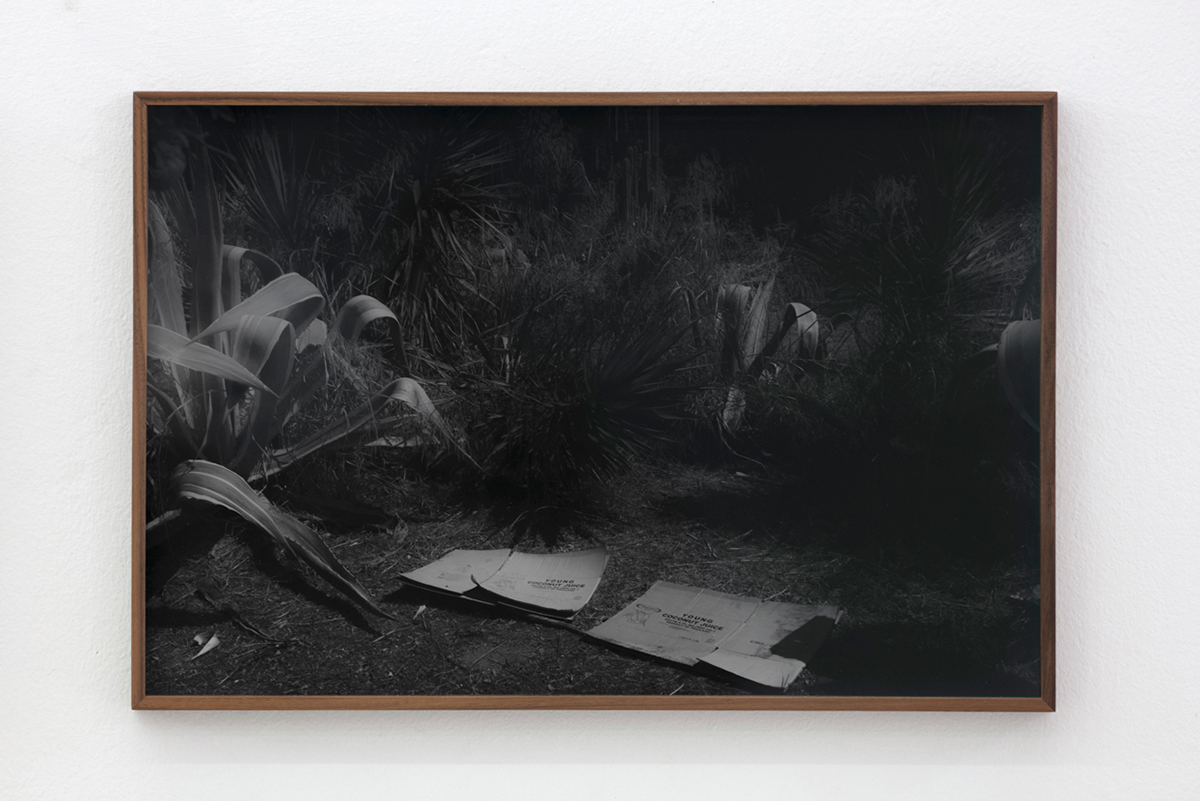
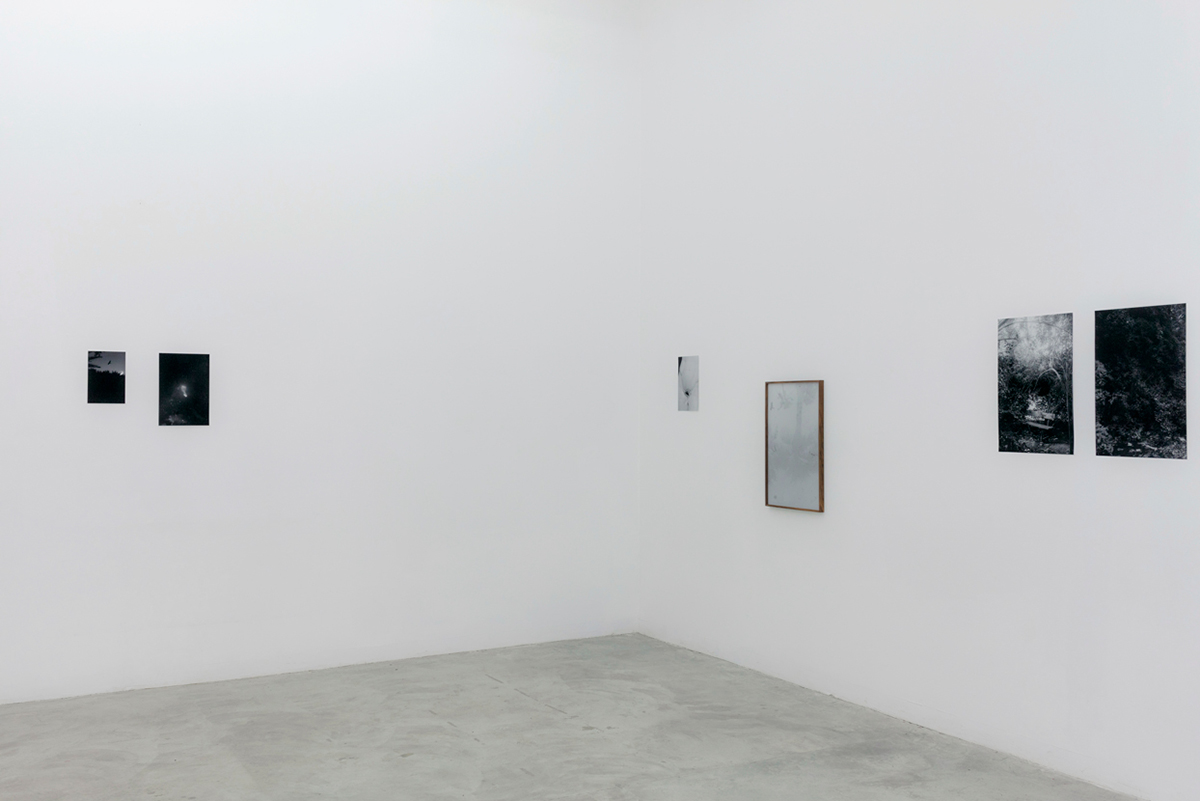
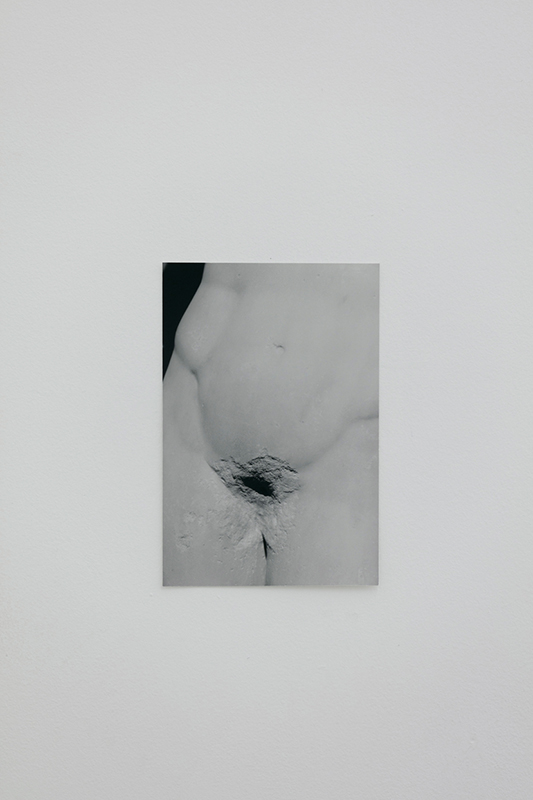
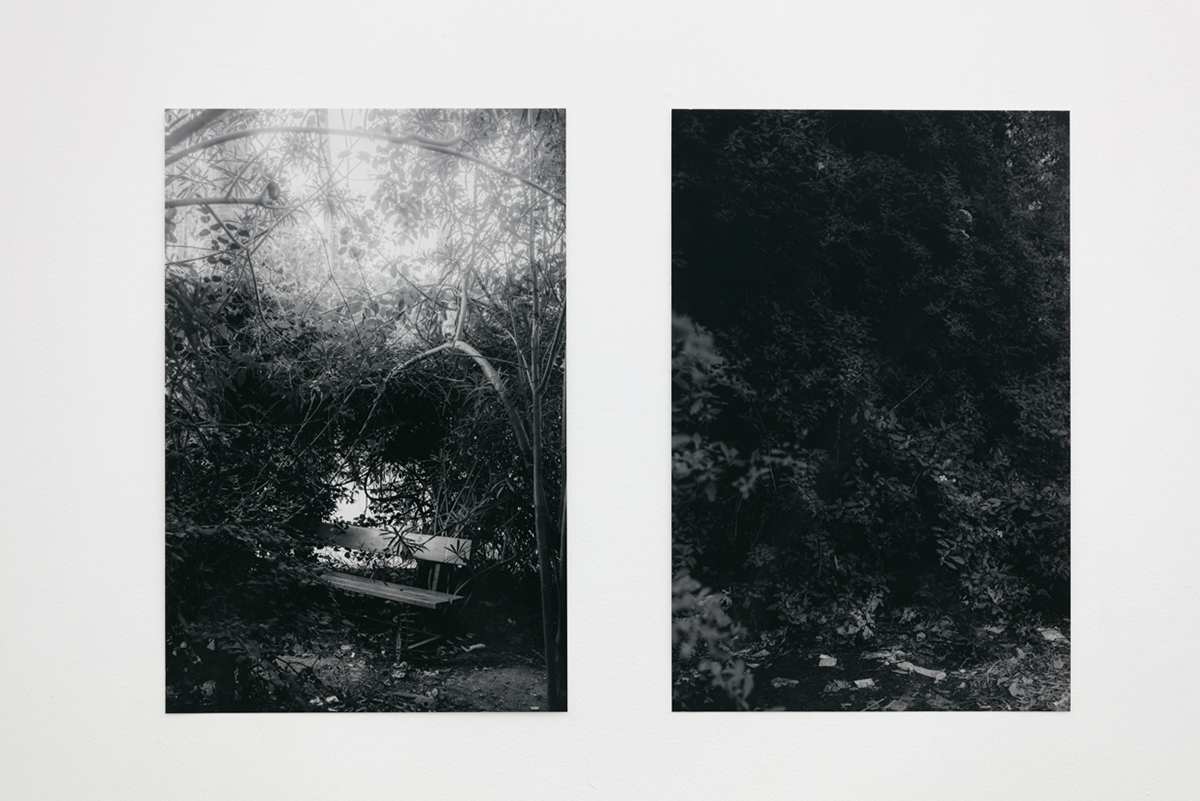
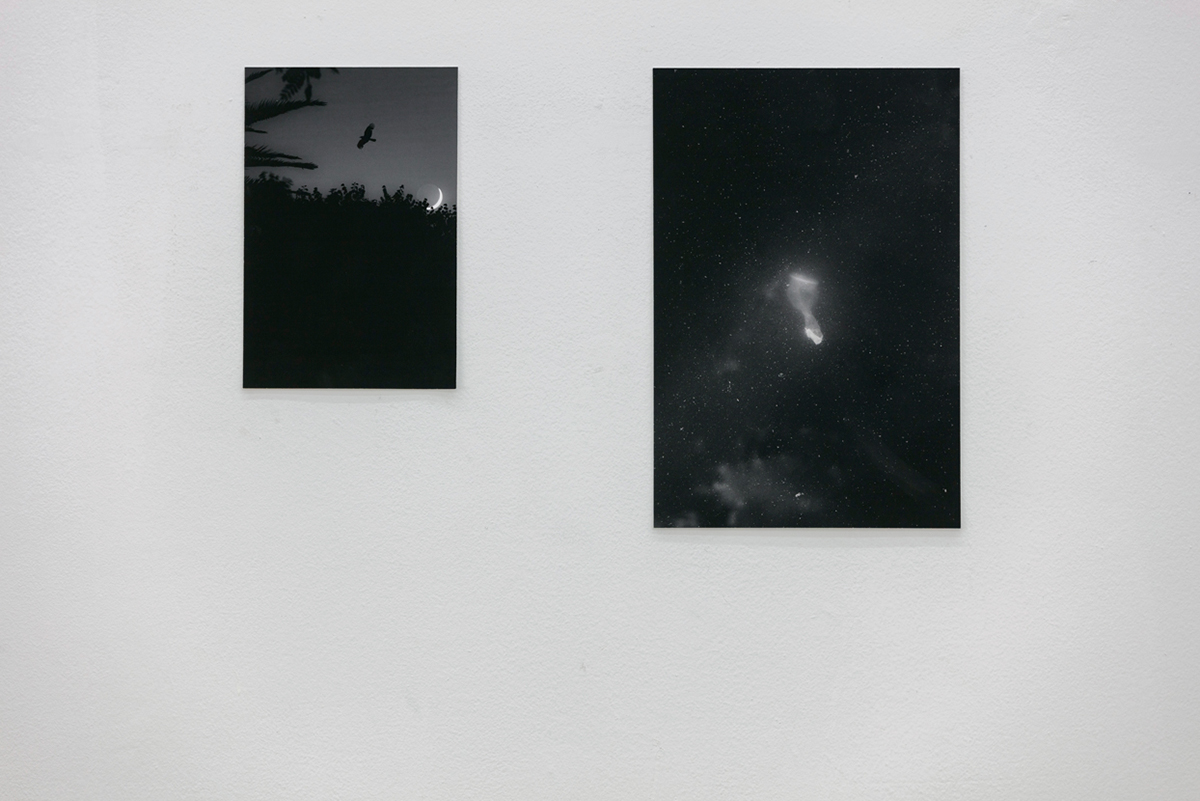



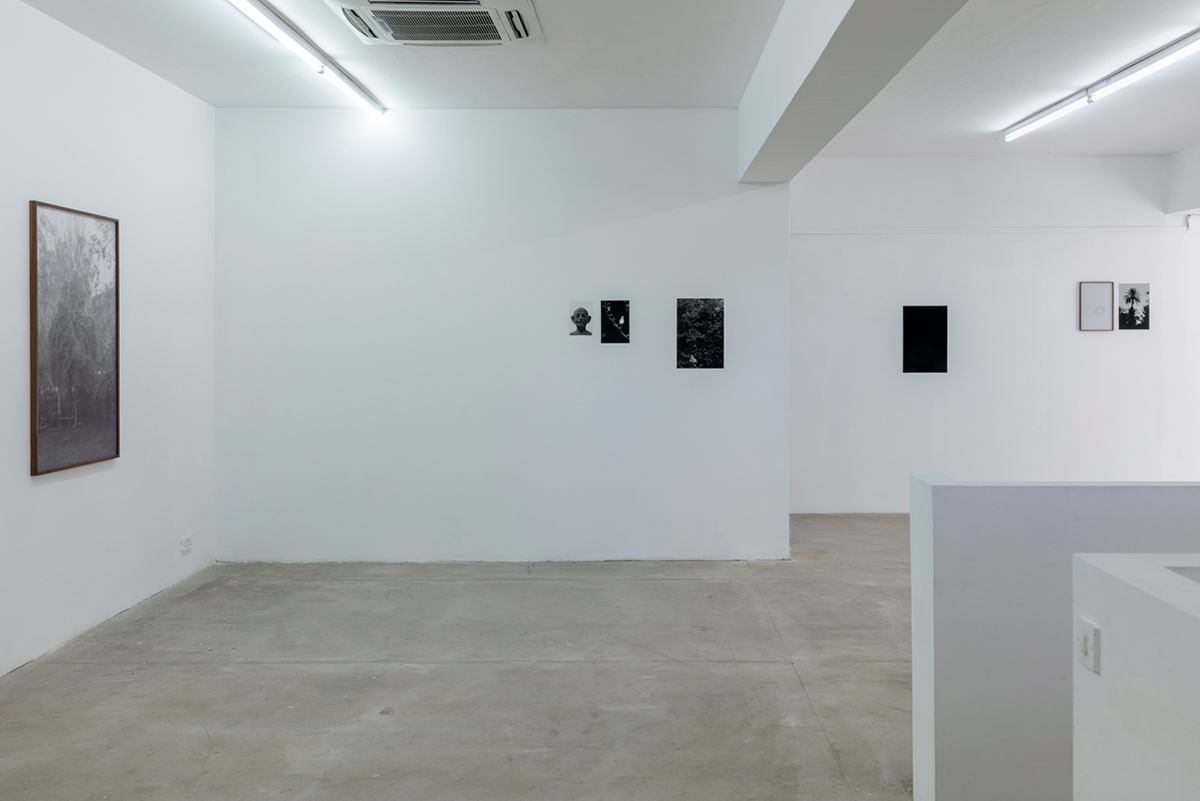

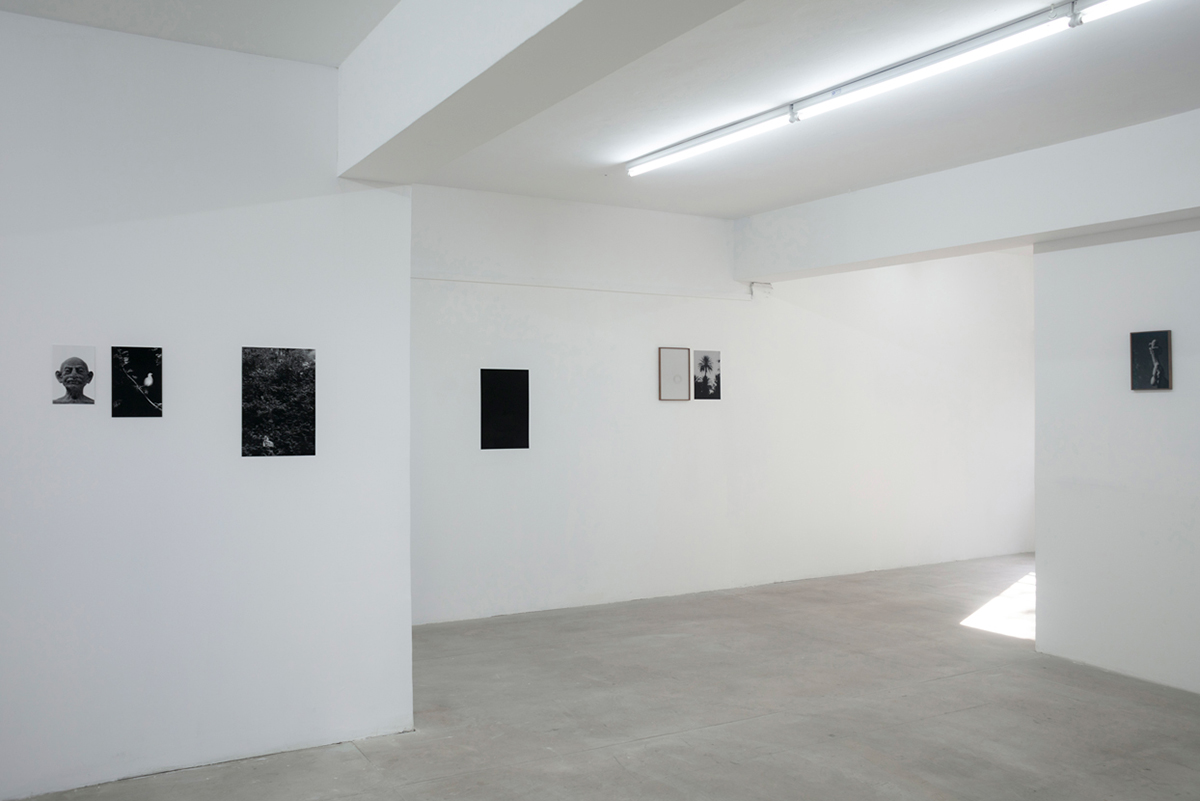


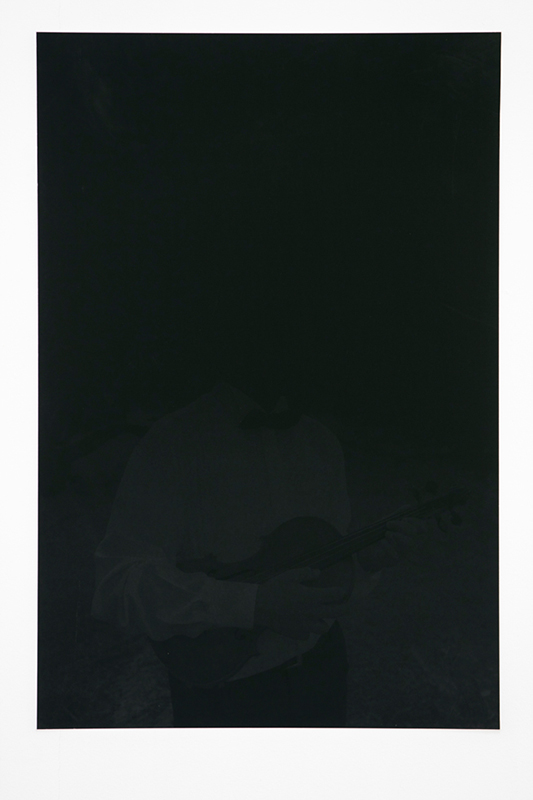

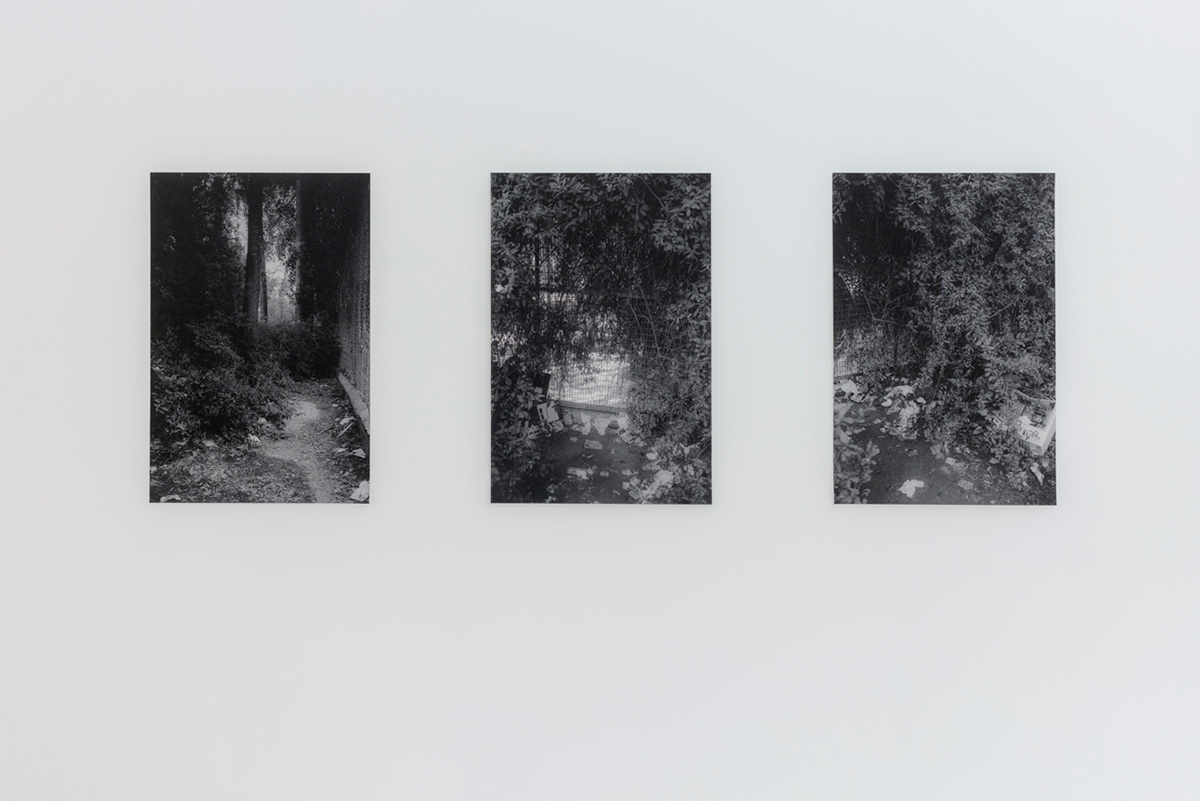
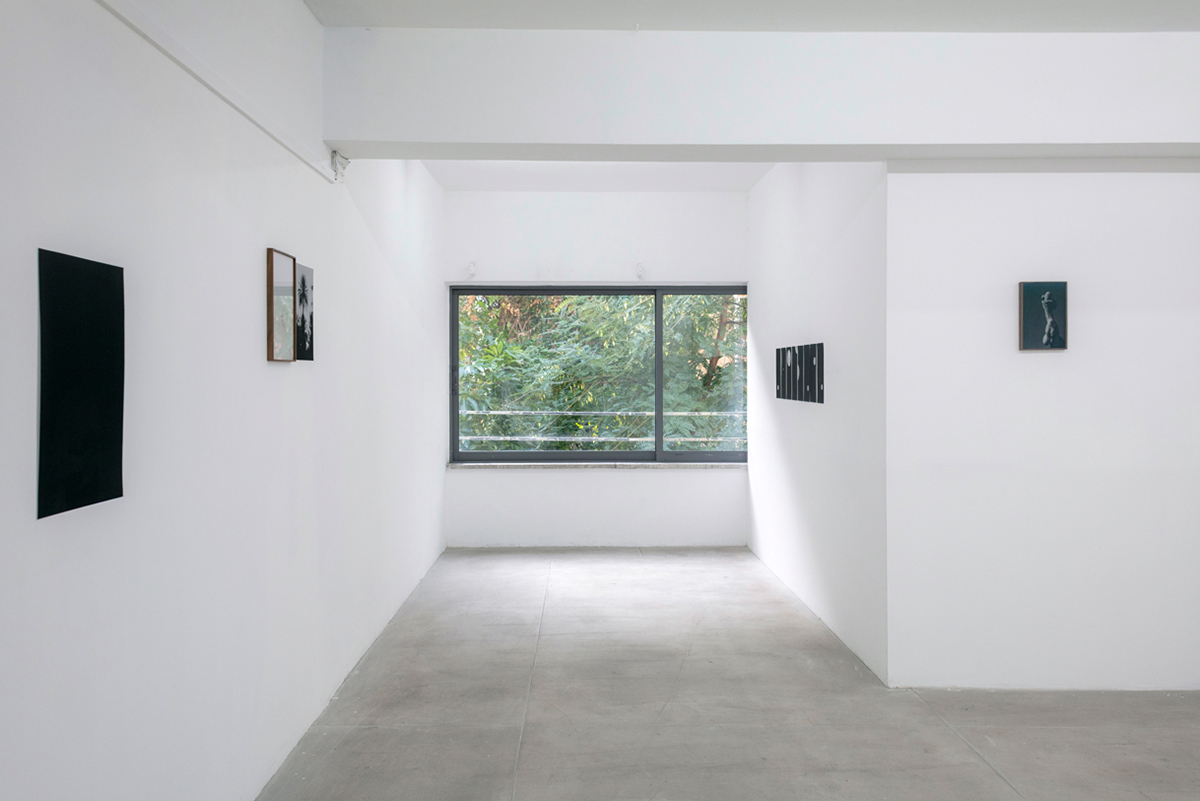
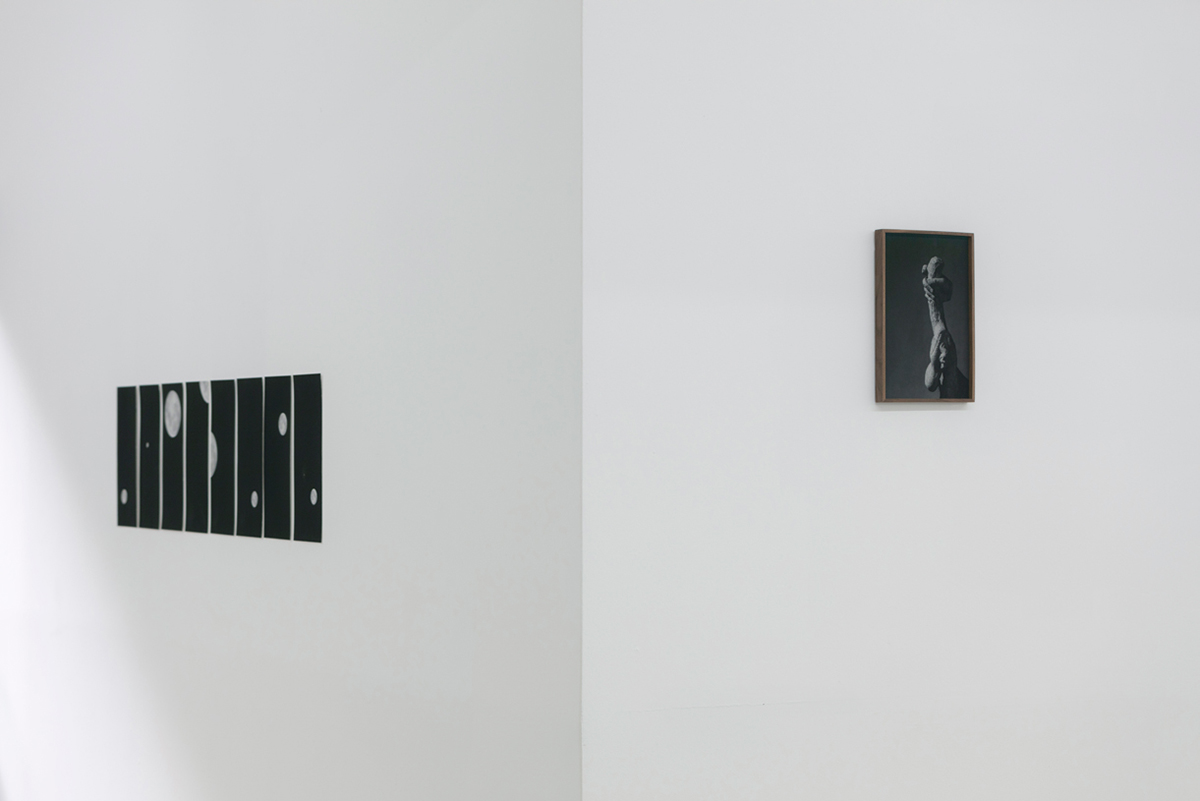



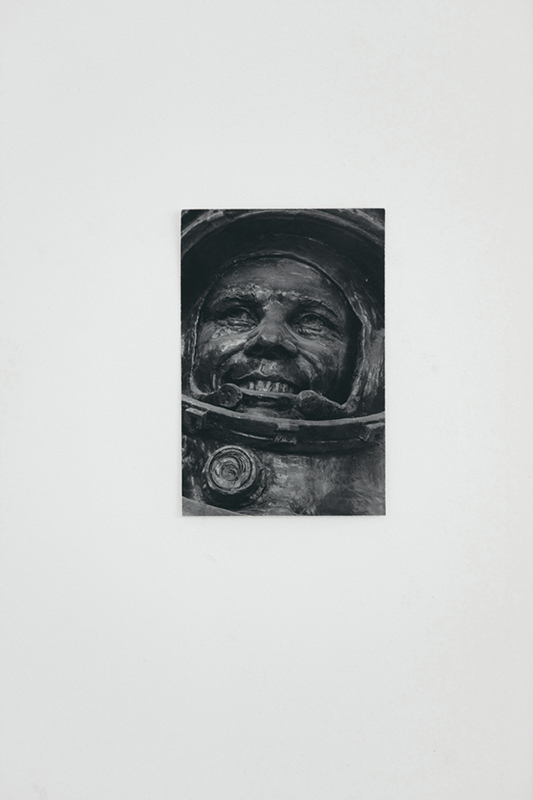
Phenomenon 3
Anafi Island, Greece, 2019
Phenomenon 3, A residency and an exhibition held in the Aegean island of Anafi, Greece. It is organized by the Association Phenomenon and the Collection Kerenidis Pepe.
with: Eva Barto, Jason Dodge, David Horvitz, Florence Jung, Stelios Kallinikou, Jochen Lempert, Eileen Myles, Deimantas Narkevičius, Vittorio Santoro, Paky Vlassopoulou
Kallinikou’s practice is characterised by an interest in the function of the gaze as an embodied experience which determines the ways in which we comprehend and interact with our surroundings. For the Phenomenon 3 exhibition Kallinikou brings together works from Flamingo theatre (2016) , Over the Horizon (2018), Star gaze (2019), Mouflon (2019)
Anafi Island, Greece, 2019
Phenomenon 3, A residency and an exhibition held in the Aegean island of Anafi, Greece. It is organized by the Association Phenomenon and the Collection Kerenidis Pepe.
with: Eva Barto, Jason Dodge, David Horvitz, Florence Jung, Stelios Kallinikou, Jochen Lempert, Eileen Myles, Deimantas Narkevičius, Vittorio Santoro, Paky Vlassopoulou
Kallinikou’s practice is characterised by an interest in the function of the gaze as an embodied experience which determines the ways in which we comprehend and interact with our surroundings. For the Phenomenon 3 exhibition Kallinikou brings together works from Flamingo theatre (2016) , Over the Horizon (2018), Star gaze (2019), Mouflon (2019)

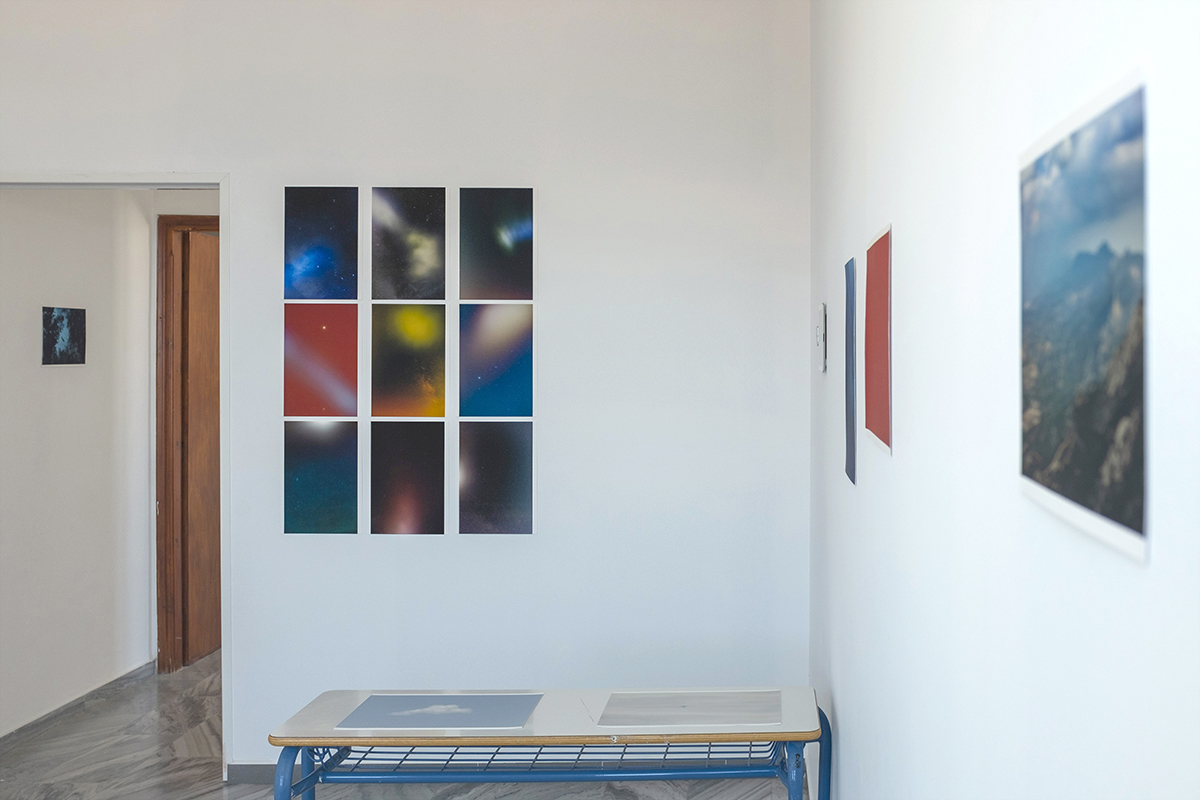



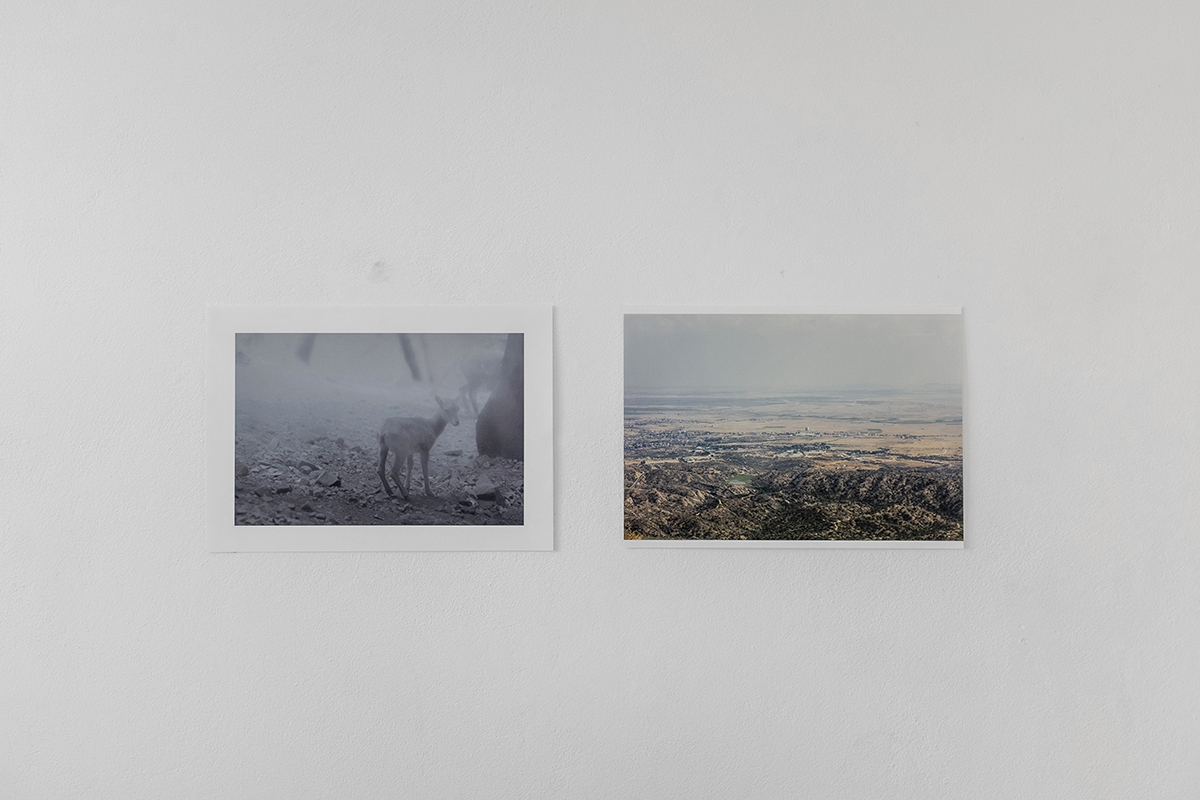

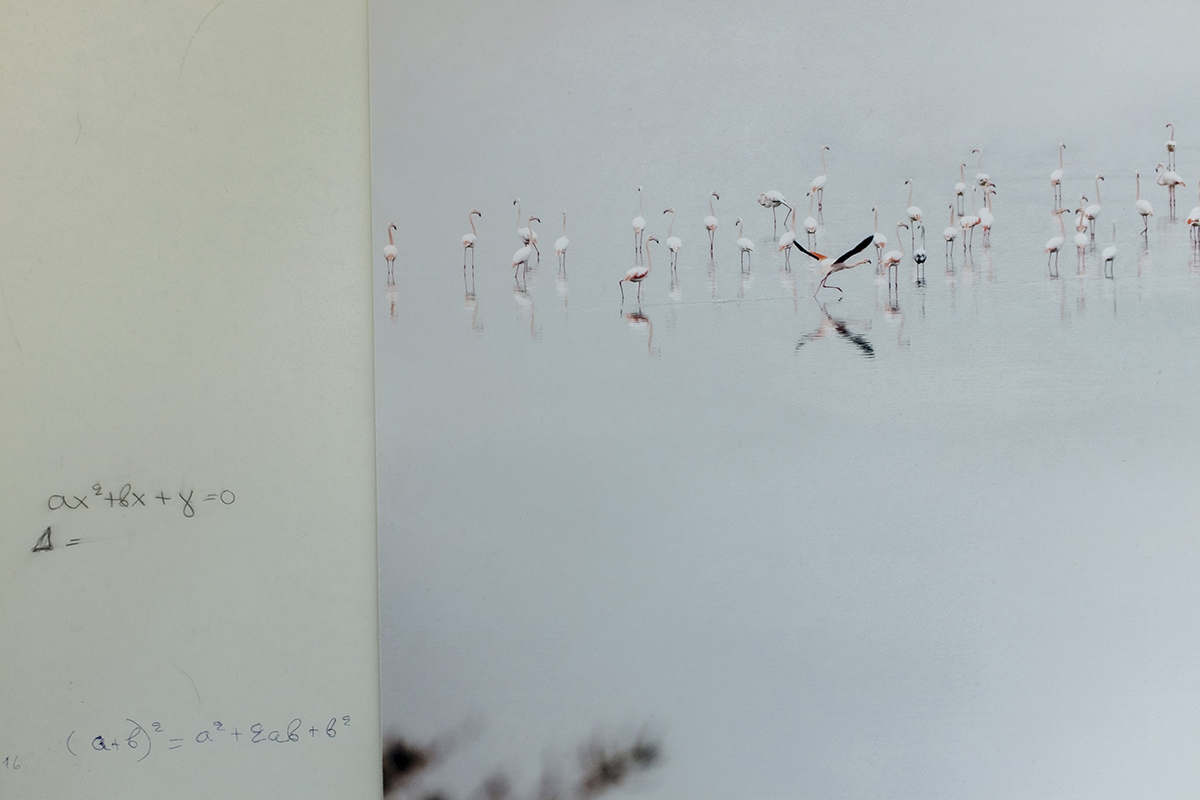
rcsaerh , 2019
Künstlerhaus Bethanien, Berlin, Germany
...These nuances often become a vehicle through which the process of photography acts upon territory-ideology and history. While he was working on a series of photographs of a rare endemic wildflower – the Cyprus tulip - in the village of Mammari, UN soldiers appeared and asked him to leave, as he was in a part of the village that falls within the ‘dead zone’, a de-militarized zone lying between the south and north (Cyprus has been divided since 1974). He showed them the photographs in order to prove that he wasn’t doing anything illegal, and in the hope that they would let him continue, but it proved impossible. They responded that they were aware that he was photographing the flowers, but nonetheless he was not allowed to be there.
The video work “Flamingo Theatre” is a collage of research material from and about the Akrotiri Area. The British Sovereign Base Area of Akrotiri is a space suspended between different and complex narratives. In its landscape, British military facilities intersect a wetland with incredible biodiversity, vitally important for the wider eastern Mediterranean region. On the one hand, thousands of migratory birds use the area as a temporary home; on the other hand, the British military base serves to monitor the flow of political developments in the eastern Mediterranean and Middle East. The work is inspired by videos found online, showing adolescents participating in a summer school at the military base, creating and uploading the videos for fun. Kallinikou put forward an abstract, poetic film carried by a specially composed sound work by Panagiotis Mina, which is an attempt to encapsulate the complicated nuances and contradictions of the area.
The Landscape is the Arena of Our Collective Actions*
For many years, through his photographic work, artist Stelios Kallinikou has investigated the multi-layered landscape of Cyprus, in search of life emerging from the ruins of a past that meets and mix, shaping the present. The landscape is an archive of stories that are narrated by the lens of the artist’s camera. Like the story of a rare endemic species of wild tulip known as Cyprus tulip which the artist has documented in a series of painterly portraits of wild-life inthe borderland. In rcsaerh (2019), the artist focuses on a different type of interstitial space, the one opened by the physical encounter with a painting in a museum and its digital re-encounter as fragment or an abstract color field, due to what isknown as ‘lazy loading’, a technique used in computer programming to delay the loading ofso called “non-critical” sources. Kallinikou questions the selective mechanisms of big-corporate like google which mine datas and establish what is considered “critical,” thus worth highlighting, and what remains in darkness. In this series, Kallinikou approaches digital images as he does the Cypriot landscapes, opening for the viewer a space of material resistance, but also of introspection and projection; making new time for listening amid the white noise produced by the fast-paced circulation of visual inputs and digital information.
Federica Bueti
*The title is borrowed from a sentence in a published conversation with Stelios Kallinikou and George Salameh
Künstlerhaus Bethanien, Berlin, Germany
...These nuances often become a vehicle through which the process of photography acts upon territory-ideology and history. While he was working on a series of photographs of a rare endemic wildflower – the Cyprus tulip - in the village of Mammari, UN soldiers appeared and asked him to leave, as he was in a part of the village that falls within the ‘dead zone’, a de-militarized zone lying between the south and north (Cyprus has been divided since 1974). He showed them the photographs in order to prove that he wasn’t doing anything illegal, and in the hope that they would let him continue, but it proved impossible. They responded that they were aware that he was photographing the flowers, but nonetheless he was not allowed to be there.
The video work “Flamingo Theatre” is a collage of research material from and about the Akrotiri Area. The British Sovereign Base Area of Akrotiri is a space suspended between different and complex narratives. In its landscape, British military facilities intersect a wetland with incredible biodiversity, vitally important for the wider eastern Mediterranean region. On the one hand, thousands of migratory birds use the area as a temporary home; on the other hand, the British military base serves to monitor the flow of political developments in the eastern Mediterranean and Middle East. The work is inspired by videos found online, showing adolescents participating in a summer school at the military base, creating and uploading the videos for fun. Kallinikou put forward an abstract, poetic film carried by a specially composed sound work by Panagiotis Mina, which is an attempt to encapsulate the complicated nuances and contradictions of the area.
The Landscape is the Arena of Our Collective Actions*
For many years, through his photographic work, artist Stelios Kallinikou has investigated the multi-layered landscape of Cyprus, in search of life emerging from the ruins of a past that meets and mix, shaping the present. The landscape is an archive of stories that are narrated by the lens of the artist’s camera. Like the story of a rare endemic species of wild tulip known as Cyprus tulip which the artist has documented in a series of painterly portraits of wild-life inthe borderland. In rcsaerh (2019), the artist focuses on a different type of interstitial space, the one opened by the physical encounter with a painting in a museum and its digital re-encounter as fragment or an abstract color field, due to what isknown as ‘lazy loading’, a technique used in computer programming to delay the loading ofso called “non-critical” sources. Kallinikou questions the selective mechanisms of big-corporate like google which mine datas and establish what is considered “critical,” thus worth highlighting, and what remains in darkness. In this series, Kallinikou approaches digital images as he does the Cypriot landscapes, opening for the viewer a space of material resistance, but also of introspection and projection; making new time for listening amid the white noise produced by the fast-paced circulation of visual inputs and digital information.
Federica Bueti
*The title is borrowed from a sentence in a published conversation with Stelios Kallinikou and George Salameh
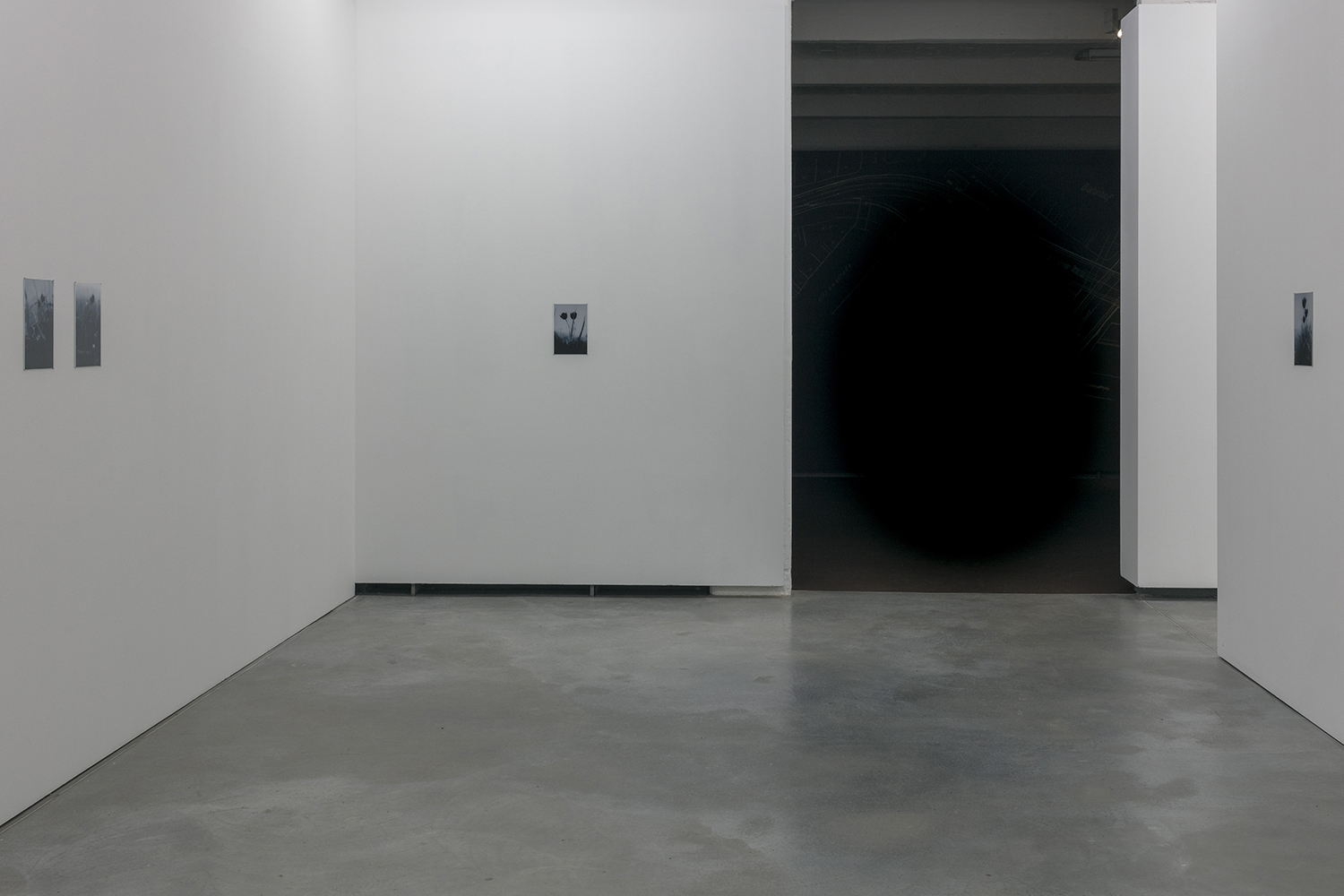


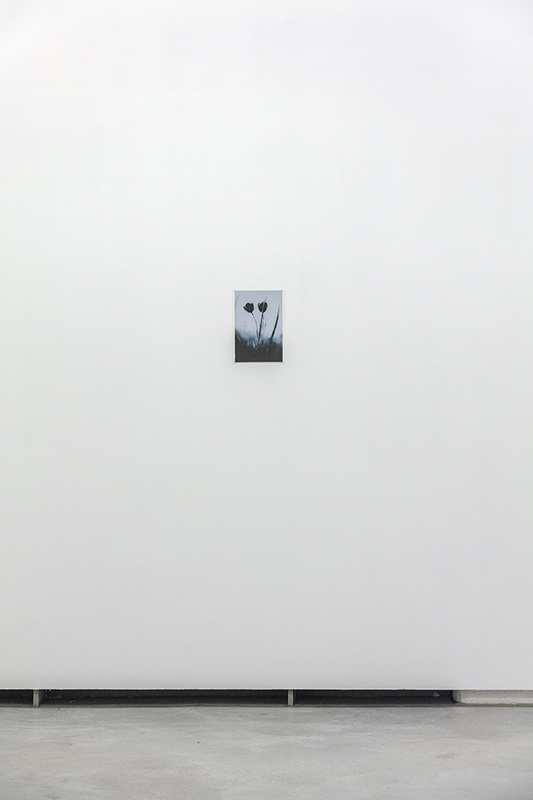



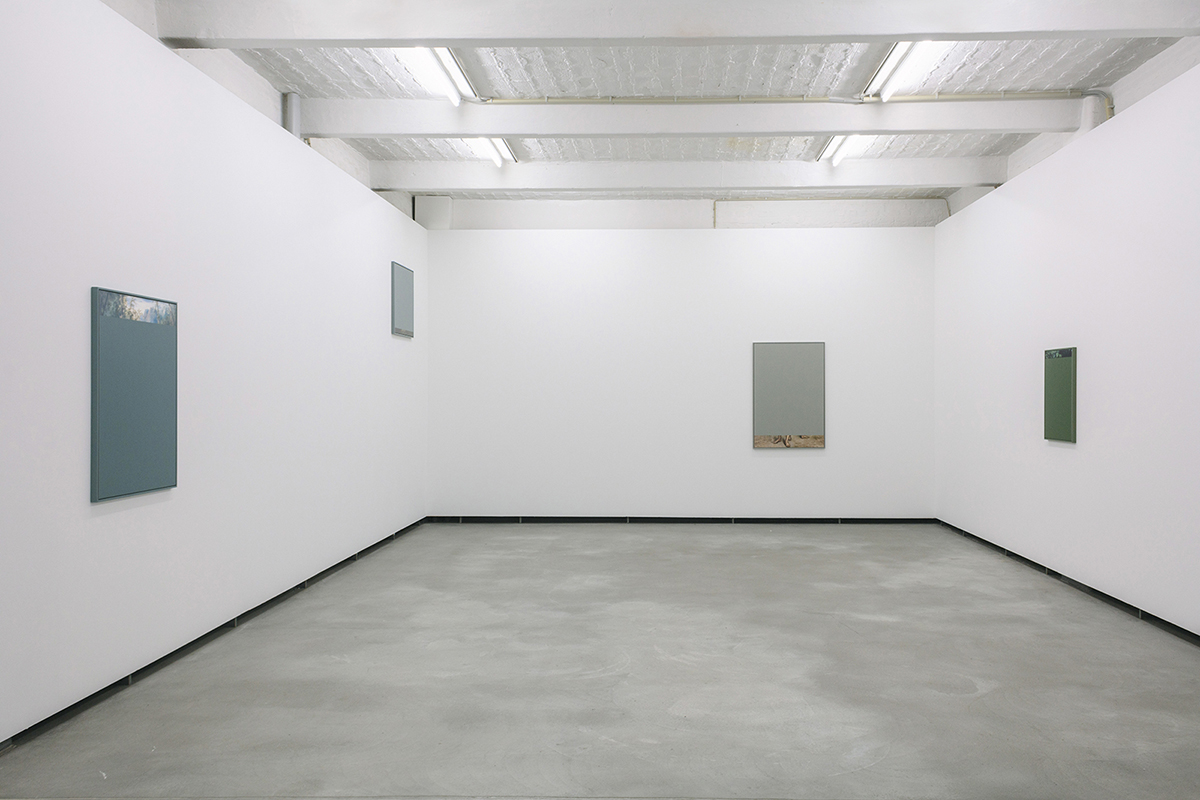




Flamingo theatre/ Künstlerhaus Bethanien, Berlin, Germany, 2019
Studies in Geology
APhF19, Benaki Museum, Athens, Greece, 2019
Studies in Geology (Lava Walls) (2017-18), plays upon the theme of natural history by utilising the unique feeling that standing into the world means embracing the simultaneity of extremes. The birth and emergence of the island of Cyprus and the Troodos mountain range (where the photographs were taken) is the result of unique and complex geological processes that lasted millions of years. Troodos, the largest mountain range in Cyprus, was created by volcanic activity at the depths of the ocean 90 million years ago. As we rise up to Troodos, the rock formations we come across are the same as those that we would have come across when going down to the depths of the oceans. Therefore, the geographical coordinates of the photographs reveal that we are located at Troodos, the highest peak of the island, whilst geologically we are located at the bottom of the ancient ocean of Tethys. Kallinikou, enthralled from the scientific narrative, traverses the mountain range following the paths where traces of lava can be found. The images that he creates seek to reveal the secrets of the rocks as they are submerged in the endless game of the multitude of matter and time.
Studies in Geology
Foam Museum, Amsterdam, Netherlands, 2018
...Kallinikou’s ongoing series Studies in Geology presents a group of photographs taken in an ancient mine hidden in the pine forests of Troodos Mountains, the largest mountain range in Cyprus. Based on archaeological excavations, mining activity in Cyprus can be dated back to the 3rd century BC. The presence of a large number of valuable minerals and useful, raw materials has made mining in the area attractive throughout the ages. This influenced the course of history and the interference of foreign powers on the island. Kallinikou enters the crater of the mine and the resulting lake to observe the earth as an open body. He meticulously examines the ground and the surface of the lake for traces of human gesture as it has been inscribed throughout time.
For more read exhibition essay by Kim Knoppers
APhF19, Benaki Museum, Athens, Greece, 2019
Studies in Geology (Lava Walls) (2017-18), plays upon the theme of natural history by utilising the unique feeling that standing into the world means embracing the simultaneity of extremes. The birth and emergence of the island of Cyprus and the Troodos mountain range (where the photographs were taken) is the result of unique and complex geological processes that lasted millions of years. Troodos, the largest mountain range in Cyprus, was created by volcanic activity at the depths of the ocean 90 million years ago. As we rise up to Troodos, the rock formations we come across are the same as those that we would have come across when going down to the depths of the oceans. Therefore, the geographical coordinates of the photographs reveal that we are located at Troodos, the highest peak of the island, whilst geologically we are located at the bottom of the ancient ocean of Tethys. Kallinikou, enthralled from the scientific narrative, traverses the mountain range following the paths where traces of lava can be found. The images that he creates seek to reveal the secrets of the rocks as they are submerged in the endless game of the multitude of matter and time.
Studies in Geology
Foam Museum, Amsterdam, Netherlands, 2018
...Kallinikou’s ongoing series Studies in Geology presents a group of photographs taken in an ancient mine hidden in the pine forests of Troodos Mountains, the largest mountain range in Cyprus. Based on archaeological excavations, mining activity in Cyprus can be dated back to the 3rd century BC. The presence of a large number of valuable minerals and useful, raw materials has made mining in the area attractive throughout the ages. This influenced the course of history and the interference of foreign powers on the island. Kallinikou enters the crater of the mine and the resulting lake to observe the earth as an open body. He meticulously examines the ground and the surface of the lake for traces of human gesture as it has been inscribed throughout time.
For more read exhibition essay by Kim Knoppers







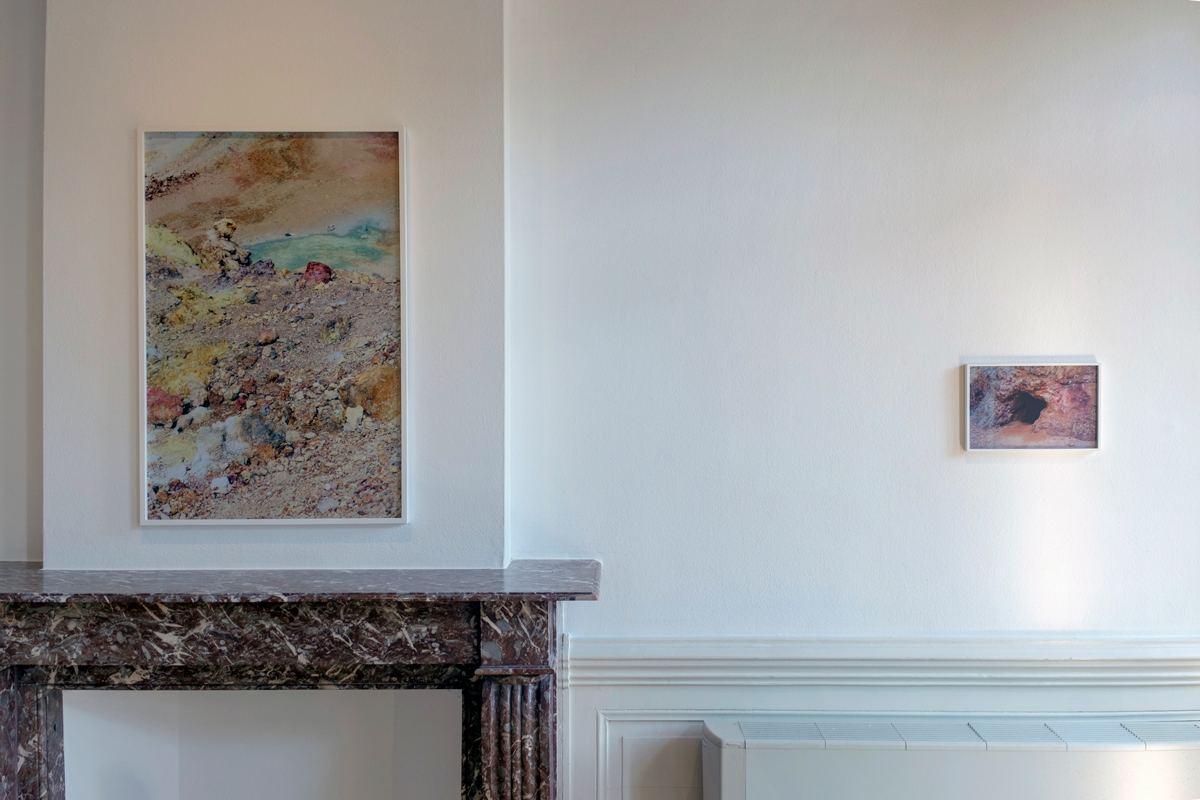
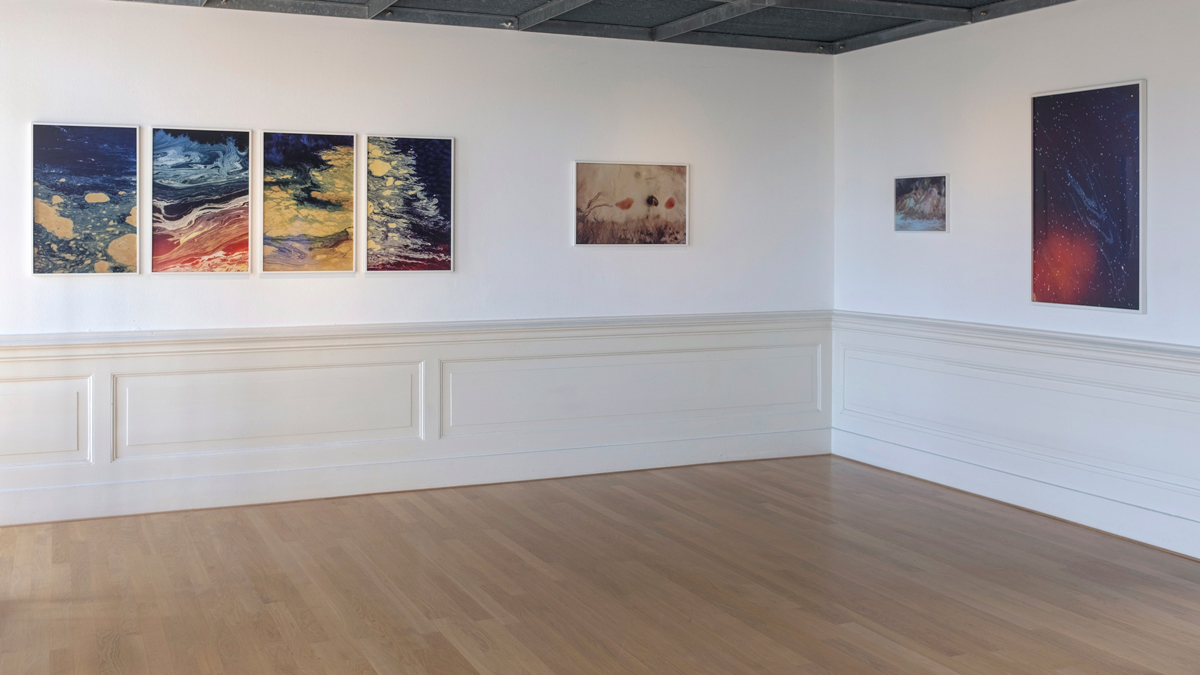


Over The Horizon, 2018
Nimac, Nicosia Municipal Arts Centre
In the framework of: Drone Vision: Surveillance, Warfare, Protest. A collaboration between Nimac in Nicosia, Hasselblad Centre in Gothenburg and the Zahoor Ul Akhlaq Gallery of the National College of Arts in Lahore, 2018.
Stelios Kallinikou’s project revolves around one of the fundamental axis of our times: surveillance. The project develops the photographer’s interest in exploring issues that touch upon the country’s history whilst thinking about the nature of the photographic medium. The colonial past of the island is once again the starting point. Kallinikou climbs to the top of the castles of Pentadaktylos, which were built by the Byzantines in the 11thcentury BC, used by the Franks and destroyed by the Venetians. The ascend of the photographer to the top of the mountain through physical effort carries special importance. The position of power is conquered by and with the body and the camera remains attached to the photographer, acting as an extension of the hand. Kallinikou therefore climbs to the top of the castles and activates his gaze upon the plains, the mountain tops and the seas, as a guard in the Middle ages would do. The difference is that he is not armed with a spear and a bow but with a camera. This is contrasted to one of the crucial elements that characterize drone technology, which holds vast implications –namely, that they assume their position without having the limitations of the human body. At the same time, he focuses on the surveillance equipment HAARP (High Frequency Active Auroral Research Project) found at the British sovereign bases in the areas of Akrotiri and Troodos. Like a colonial heritage prevalent in the Cypriot landscape, this equipment creates aerial webs for gathering information. These complicated mechanisms, whilst being geographically located in Cyprus, expand their operations to unknown lengths and breadths, determining new spectral borders.
For more read exhibition essay by Dr. Yiannis Toumazis
Nimac, Nicosia Municipal Arts Centre
In the framework of: Drone Vision: Surveillance, Warfare, Protest. A collaboration between Nimac in Nicosia, Hasselblad Centre in Gothenburg and the Zahoor Ul Akhlaq Gallery of the National College of Arts in Lahore, 2018.
Stelios Kallinikou’s project revolves around one of the fundamental axis of our times: surveillance. The project develops the photographer’s interest in exploring issues that touch upon the country’s history whilst thinking about the nature of the photographic medium. The colonial past of the island is once again the starting point. Kallinikou climbs to the top of the castles of Pentadaktylos, which were built by the Byzantines in the 11thcentury BC, used by the Franks and destroyed by the Venetians. The ascend of the photographer to the top of the mountain through physical effort carries special importance. The position of power is conquered by and with the body and the camera remains attached to the photographer, acting as an extension of the hand. Kallinikou therefore climbs to the top of the castles and activates his gaze upon the plains, the mountain tops and the seas, as a guard in the Middle ages would do. The difference is that he is not armed with a spear and a bow but with a camera. This is contrasted to one of the crucial elements that characterize drone technology, which holds vast implications –namely, that they assume their position without having the limitations of the human body. At the same time, he focuses on the surveillance equipment HAARP (High Frequency Active Auroral Research Project) found at the British sovereign bases in the areas of Akrotiri and Troodos. Like a colonial heritage prevalent in the Cypriot landscape, this equipment creates aerial webs for gathering information. These complicated mechanisms, whilst being geographically located in Cyprus, expand their operations to unknown lengths and breadths, determining new spectral borders.
For more read exhibition essay by Dr. Yiannis Toumazis
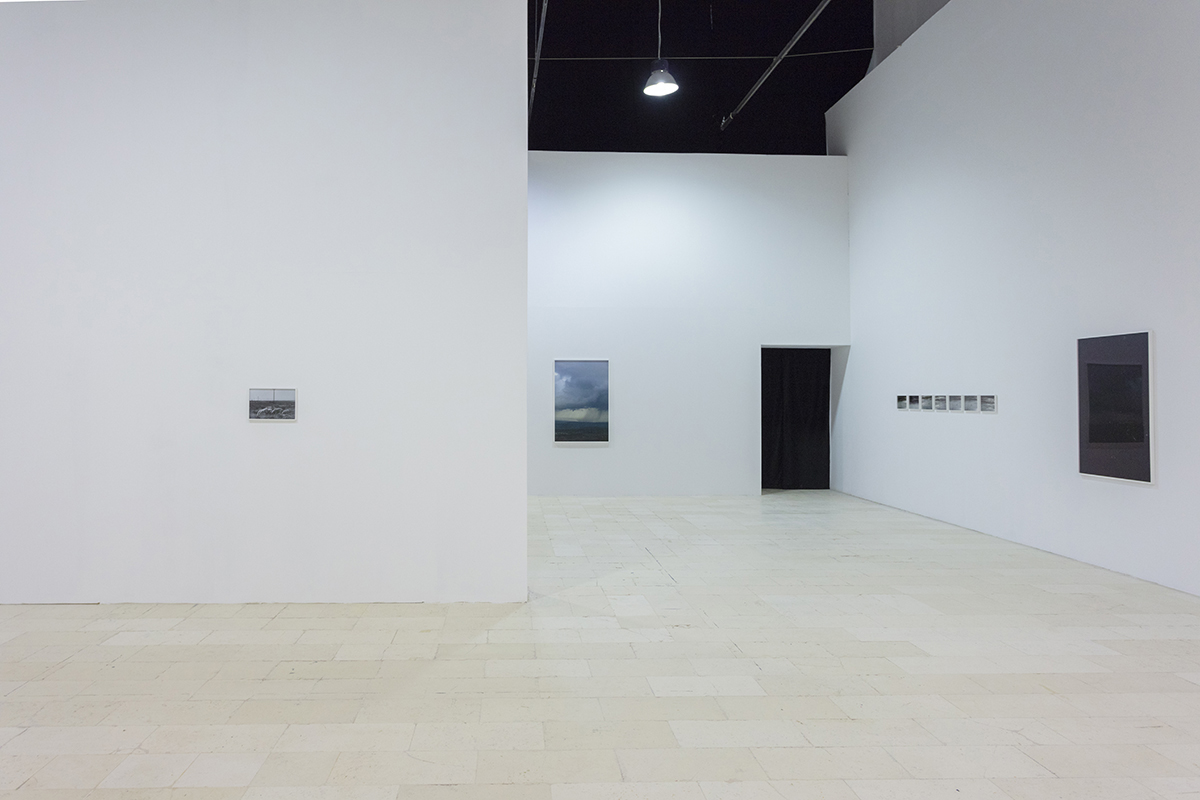
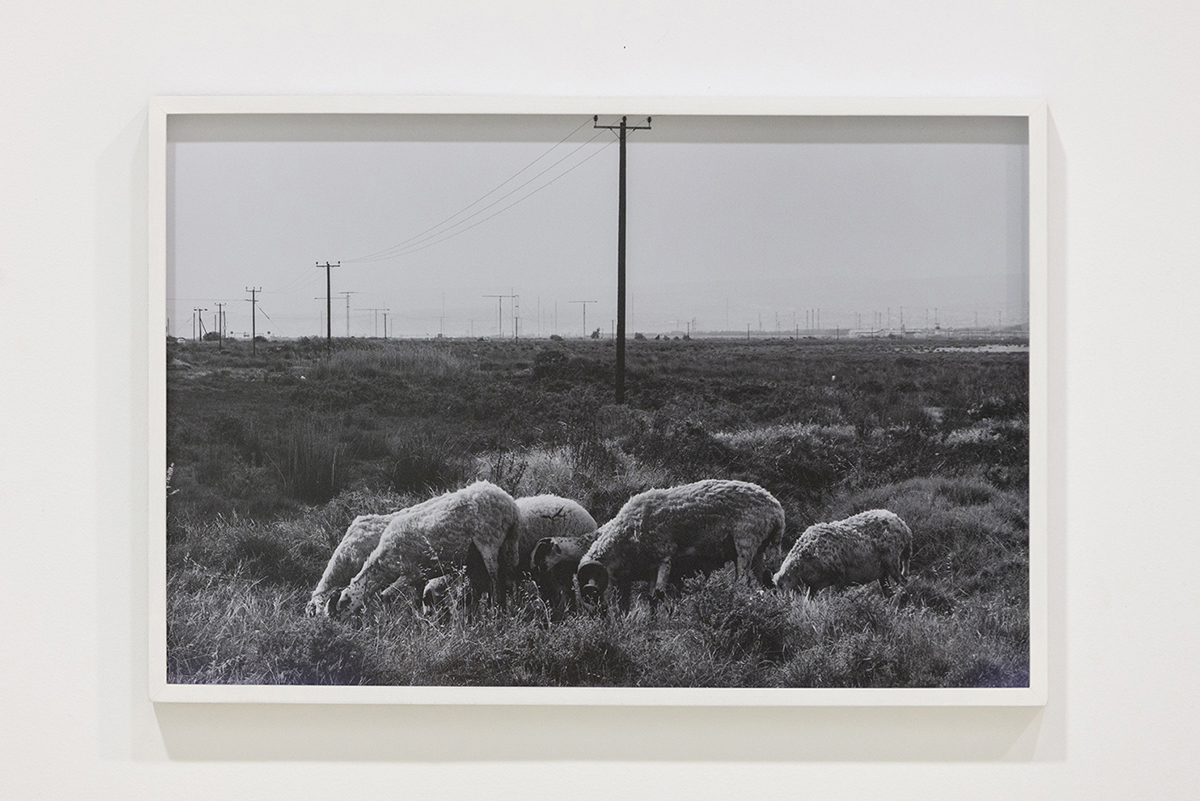
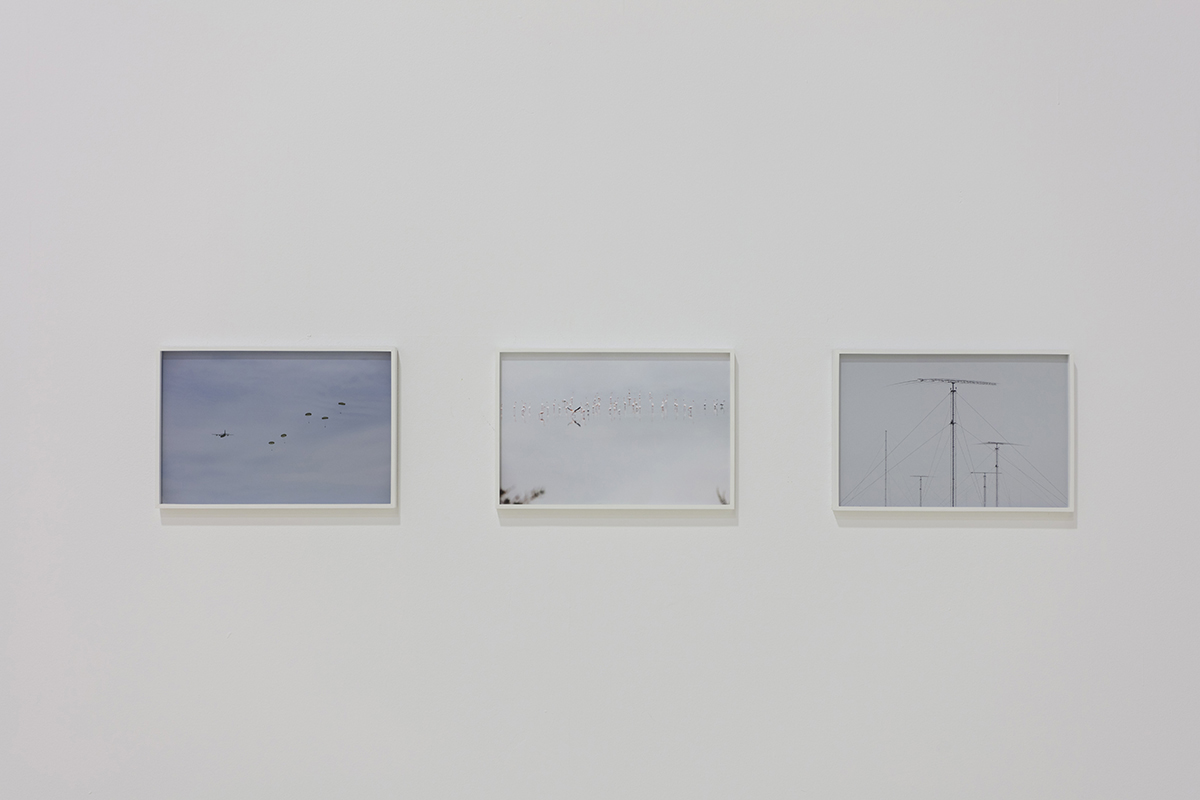
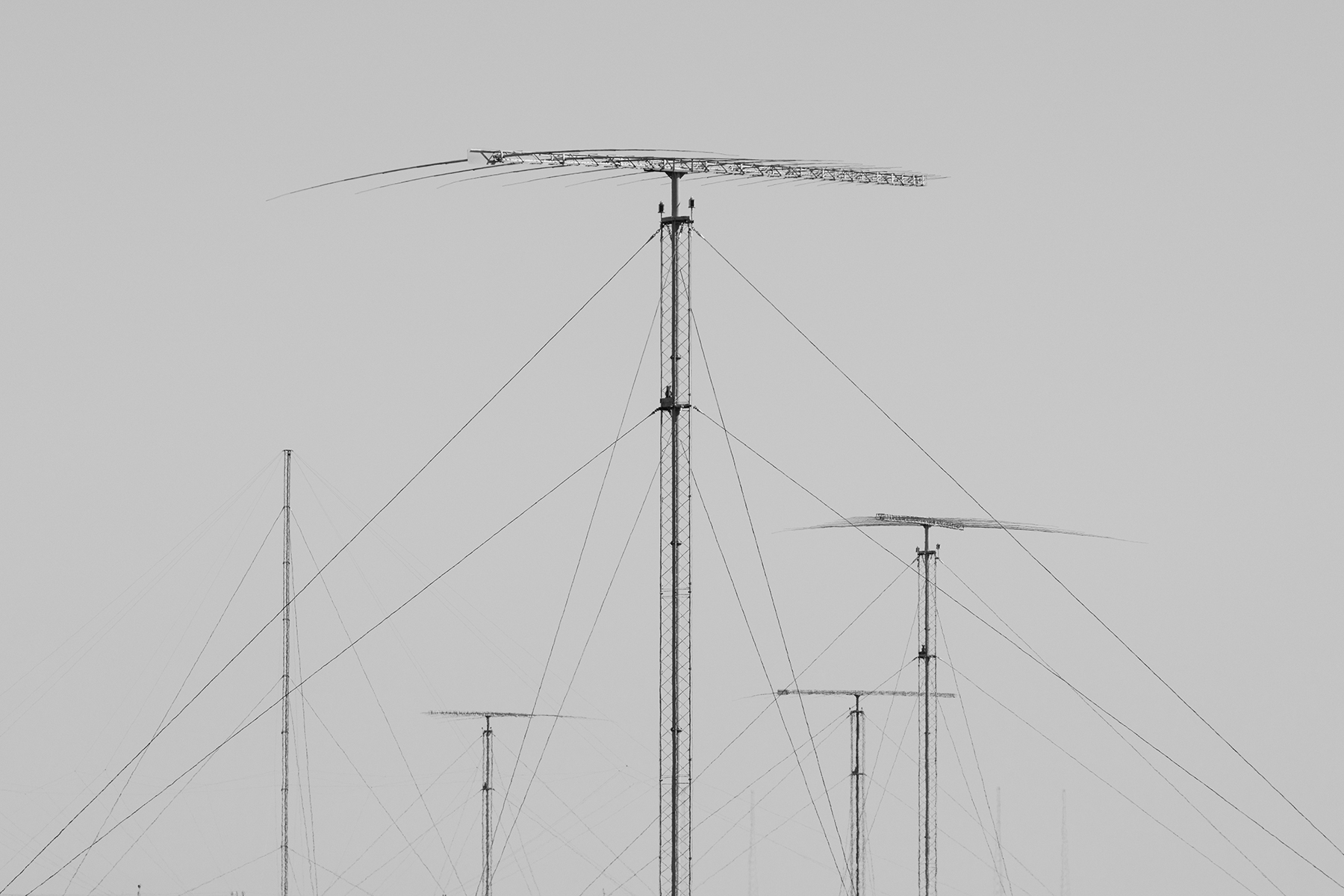

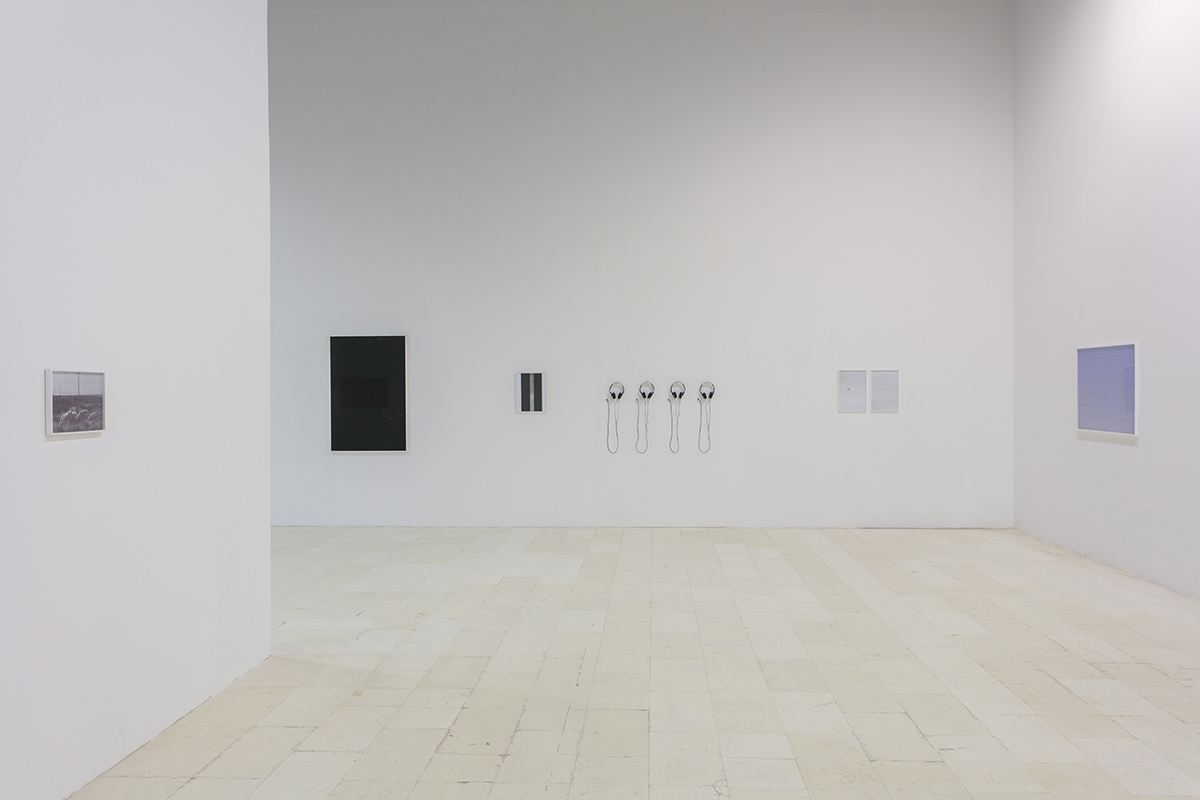
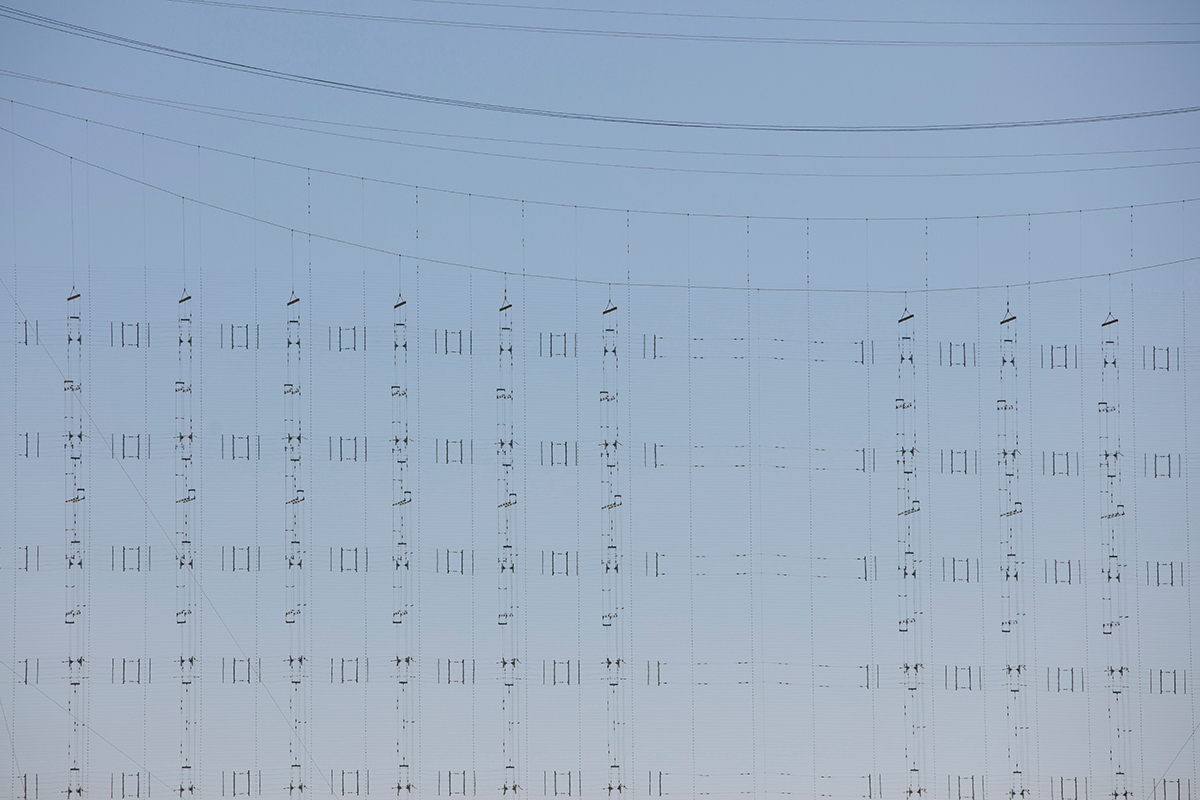

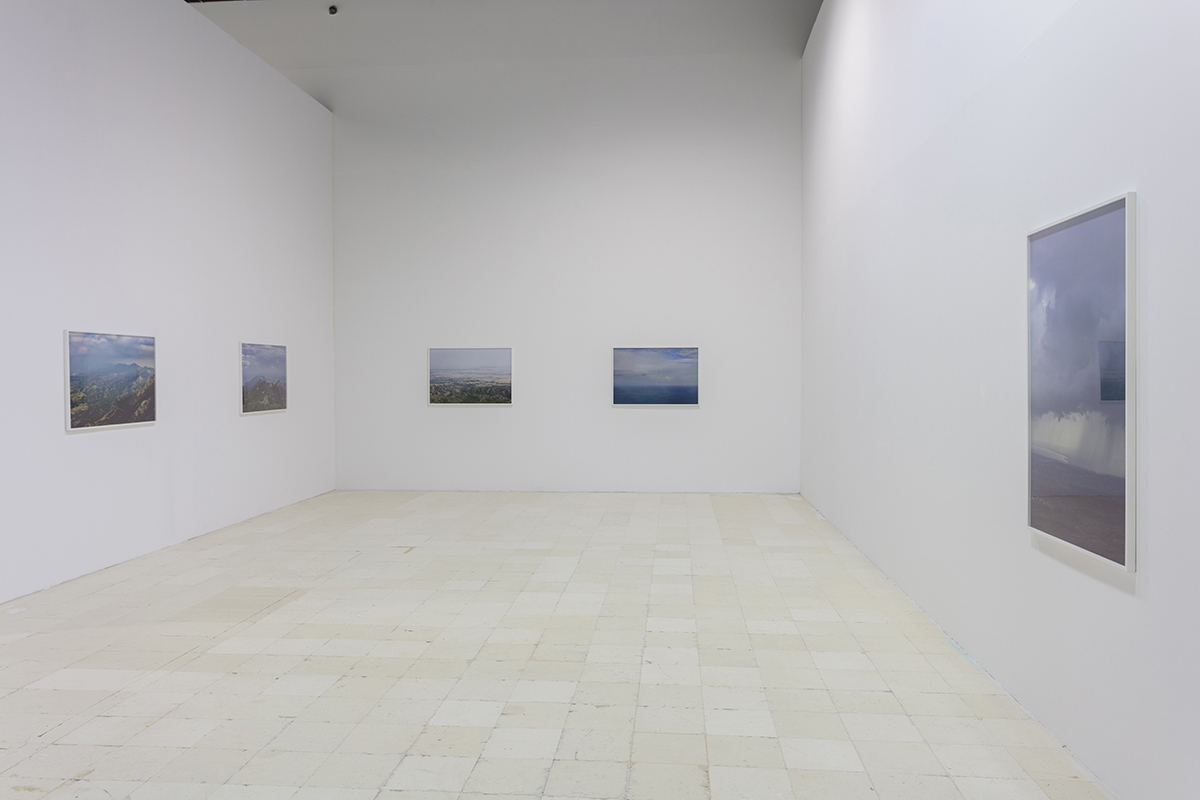

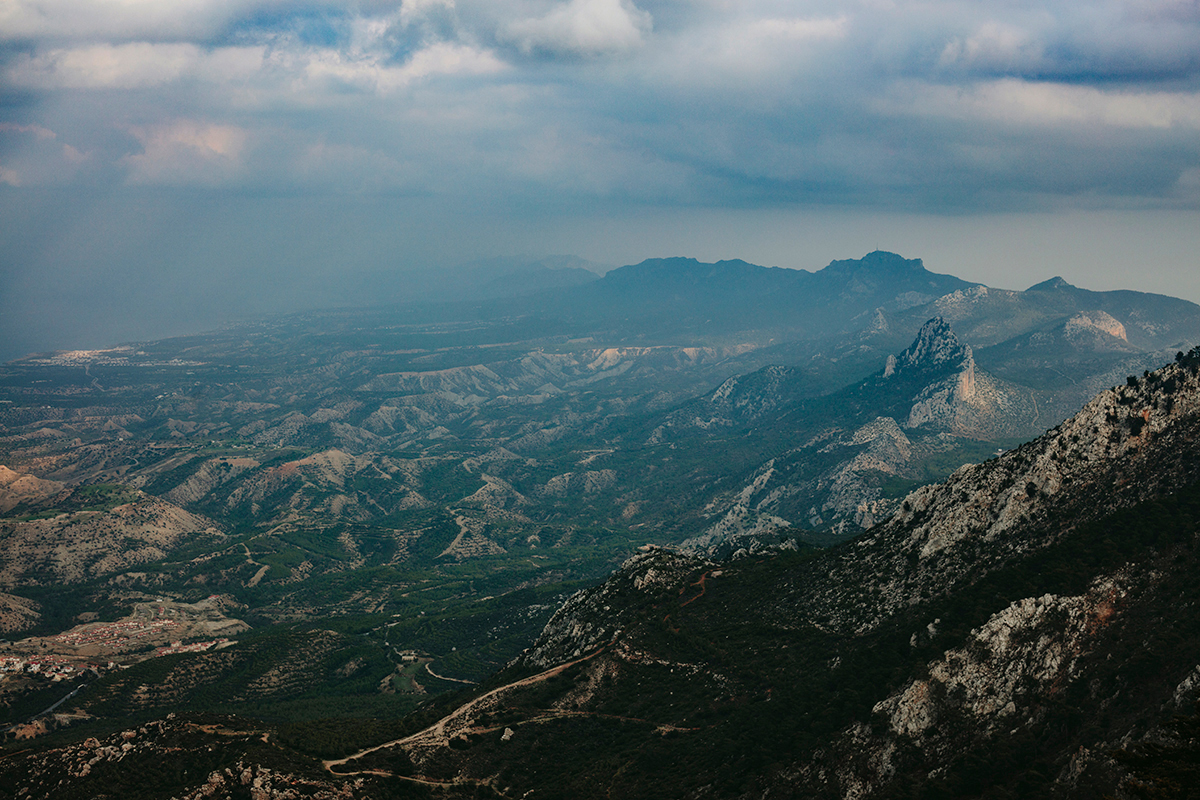



Where are you going young man, handsome like a legend.
Point Centre for Contemporary Art
Nicosia, Cyprus, 2017
In this new series of images Kallinikou continues his research on the politics of the landscape. This time he creates photographs of enigmatic landscapes of Cyprus’ nature. At most of these landscapes one can notice caves that introduce the human element in these images. A primitive form of architecture or gates to another dimension? What we actually witness is Kallinikou’s peripatetic journey and effort to find and photograph the hideouts constructed and used by the EOKA guerrilla group during the national liberation struggle of 1955 – 1959 against British rule.
For more
read exhibition review by Harris Pellapaisiotis
Point Centre for Contemporary Art
Nicosia, Cyprus, 2017
In this new series of images Kallinikou continues his research on the politics of the landscape. This time he creates photographs of enigmatic landscapes of Cyprus’ nature. At most of these landscapes one can notice caves that introduce the human element in these images. A primitive form of architecture or gates to another dimension? What we actually witness is Kallinikou’s peripatetic journey and effort to find and photograph the hideouts constructed and used by the EOKA guerrilla group during the national liberation struggle of 1955 – 1959 against British rule.
For more
read exhibition review by Harris Pellapaisiotis
